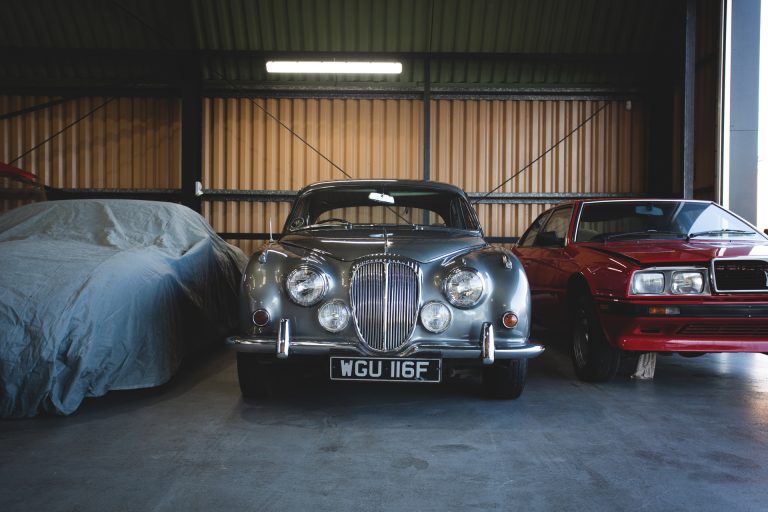
Classic Car Storage – How To Store Your Classic Car
Looking after a classic car brings some additional responsibilities than looking after a modern car. Something that you may not have considered is classic car


Looking after a classic car brings some additional responsibilities than looking after a modern car. Something that you may not have considered is classic car

After undergoing recent work to resolve rust issues, our 1999 Rover BRM has had its primer applied and is now ready for its top coat
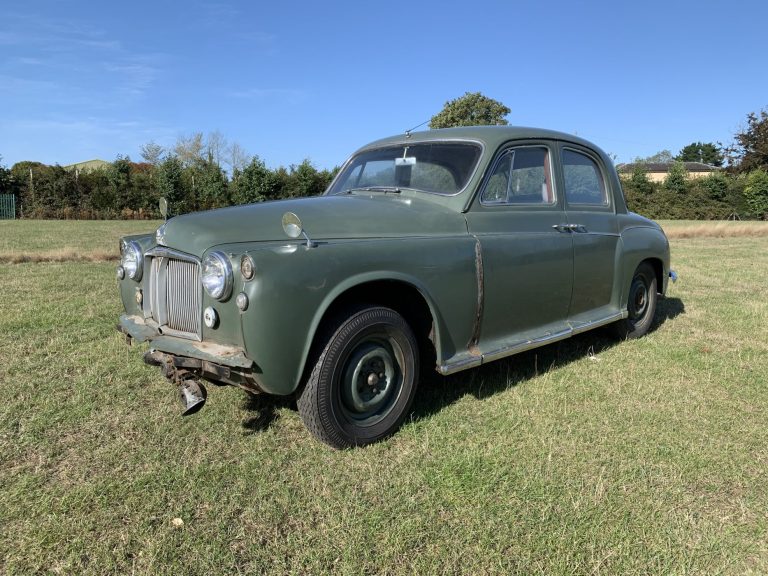
We recently put our 1960 Rover 80 up for sale. As much as we would have loved to see it fully restored in our workshop,
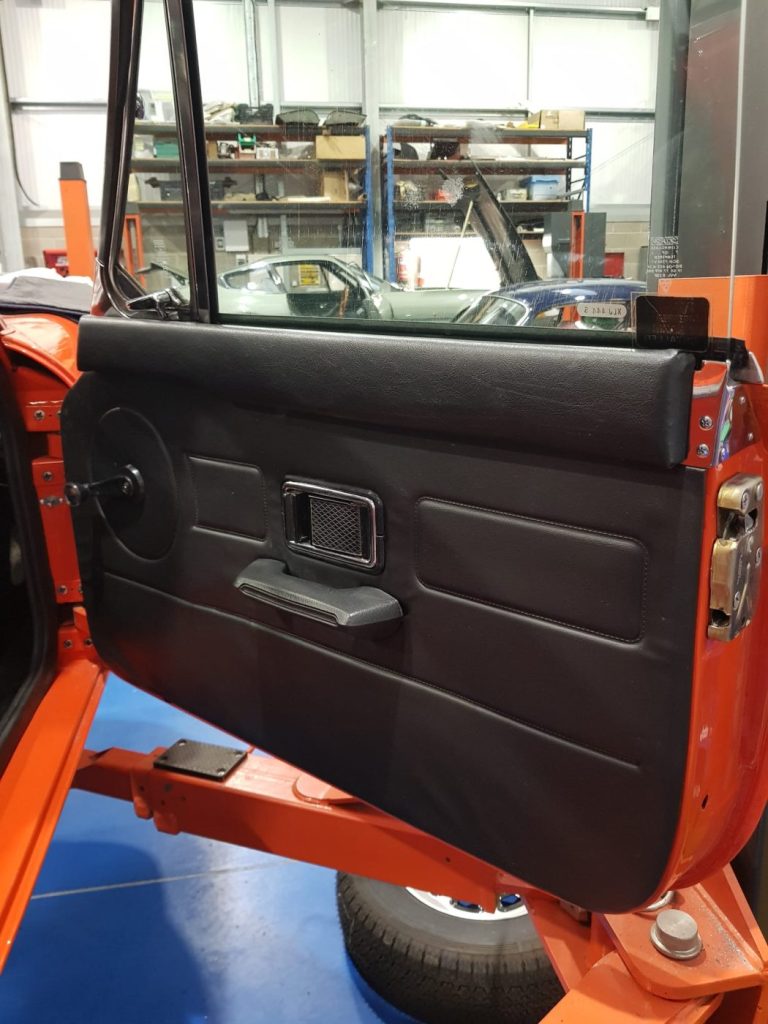
As our 1978 MGB GT continues to move through the restoration process, things are progressing well and more tasks have been ticked off the checklist.
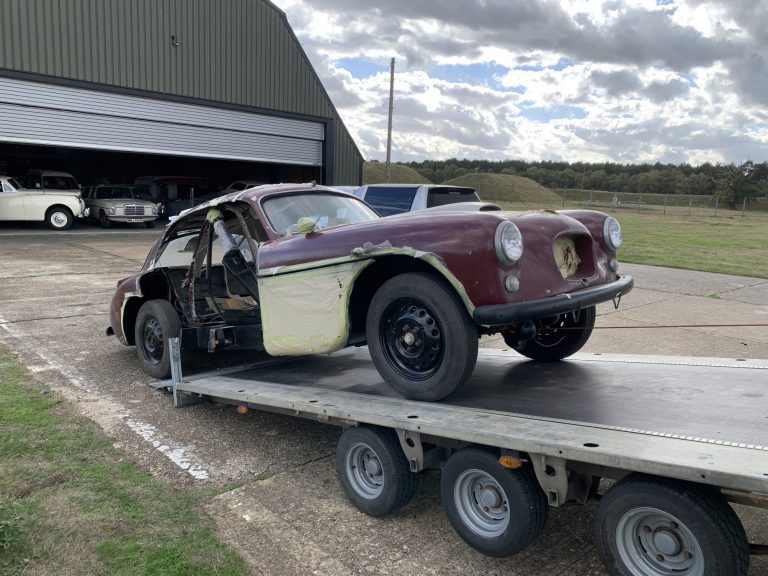
The main body of our 1954 Bristol 405 has been transported to our workshop. Now it is here with the team, it can begin the
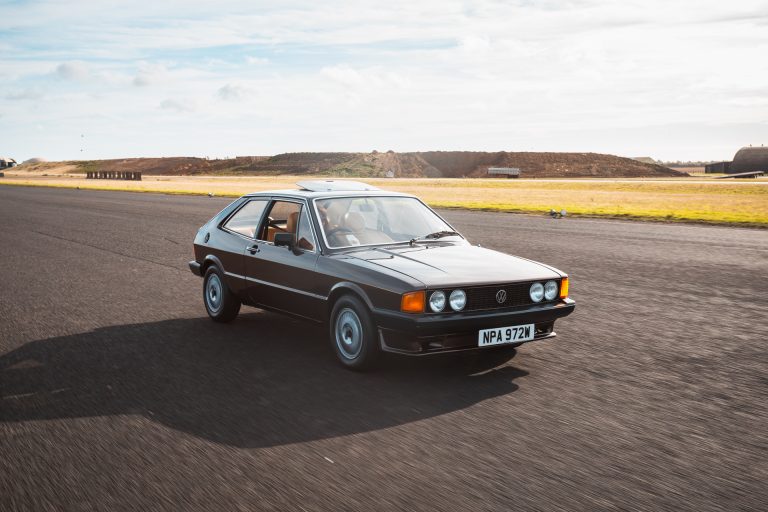
Our very rare 1981 Volkswagen Scirocco Storm has been inspected and assessed by the workshop team here at Bridge Classic Cars. We have just received

To get our 1975 Jensen Interceptor MK3 back on the road, some new body panels were needed. We now have these and they will soon
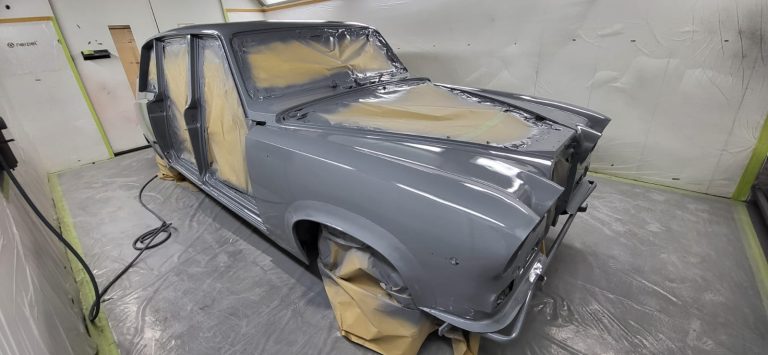
Chris has been working on our 1986 Daimler DS420, putting on the epoxy primer ready for further painting. He first masked the car and gave

Before our 1970 MGC Roadster leaves us to go to its new owner, classic car technician Paul has been rebuilding and refitting the carburetters. This

Our 1999 Rover BRM had some issues with rust when it first came into the Bridge Classic Cars Workshop. The team have been working to
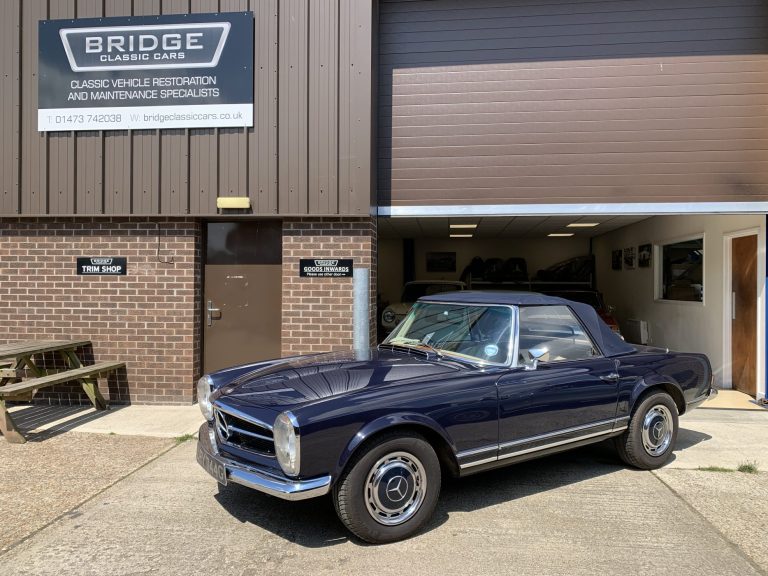
It’s been a little while since our 1969 Mercedes 280SL (Pagoda) left the Bridge Classic Cars workshop. After undergoing an engine rebuild with us, it

Our classic car technician, Clinton, has been making parts that will ultimately go on to be fitted into one of our ongoing Jensen projects. The
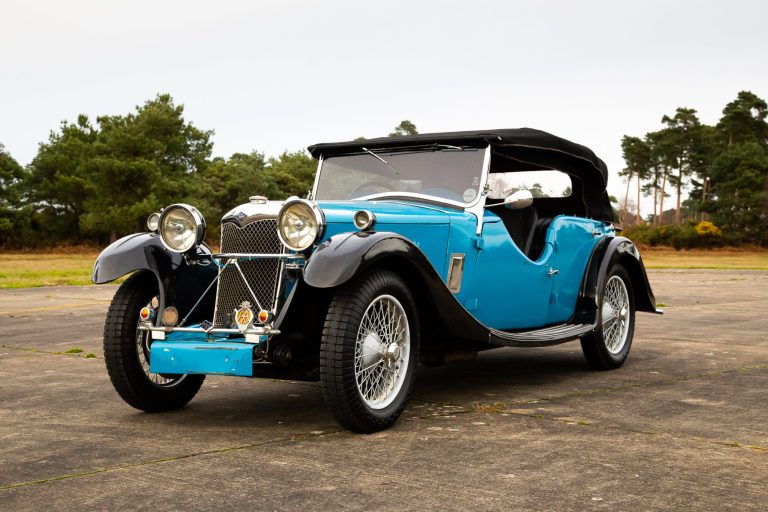
On the 19th October 2022, at 1 pm, an H and H Classics auction will take place at the Imperial War Museum, Duxford. It is

For the last few weeks, the interior of our 1958 Jensen 541R has been getting lots of attention from Lydia and Brian. Recently, Lydia turned
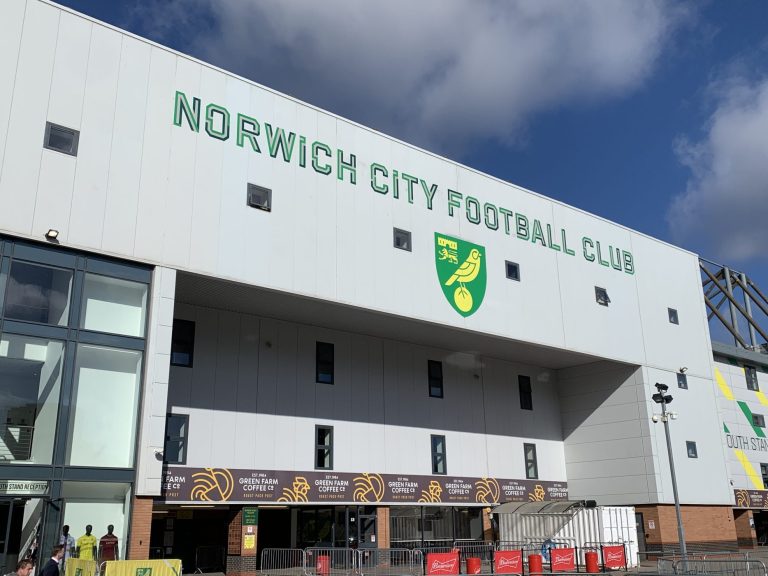
It’s mad to think that our incredible collaboration with Lotus and Community Sports Foundation, that saw Alex win the truly special and unique Lotus Elise

Work has been completed on the inner wheel arch of our 1987 Volvo 240GL. This involved using seam sealant and adding an additional coating to
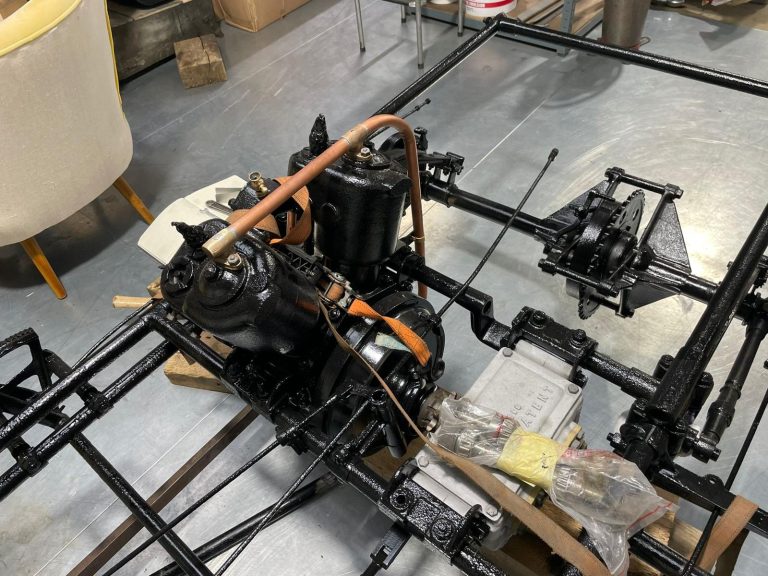
Our 1905 Riley 9HP has been in the Bridge Classic Car workshop for quite some time now. Restoration work on a car like this is

Classic car technician Rob has been making and fitting the new brake and fuel lines for our 1978 MGB GT. He also fitted the brake

Brian continues to work on the interior of our 1958 Jensen 541R. He finished cutting the centre section foam to fit around the centre pad

Our 1960 Rover 80 came into our workshop after we took it on as one of our current projects from a previous customer. As much
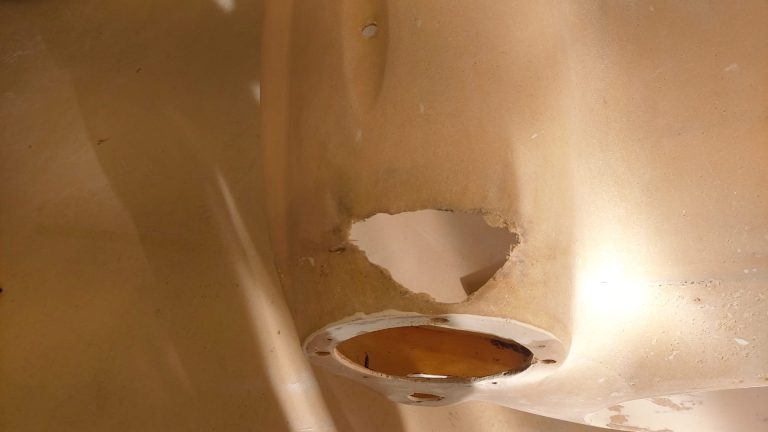
Not only has classic car technician Alan been busy repairing the fibreglass roof of our 1956 Jensen 541, but he has also been repairing a

Our 1970 MG C Roadster has proven itself to be an extremely popular prize on Bridge Classic Cars Competitons. When the Roadster went live, it

The history of the Jensen 541 is an interesting story that goes all the way back to 1953. Before the release of the 541, Jensen

Our 1999 Rover BRM arrived at the Bridge Classic Cars Workshop with the incorrect aftermarket wheels fitted. After we were able to source a set
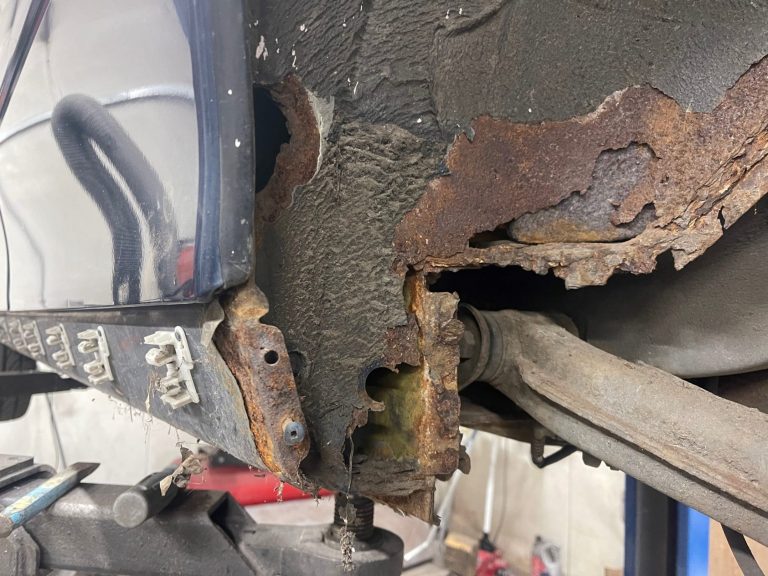
Our 1999 Vauxhall Omega has spent a bit of time in our workshop recently. During this time, the workshop team have discovered some rust issues
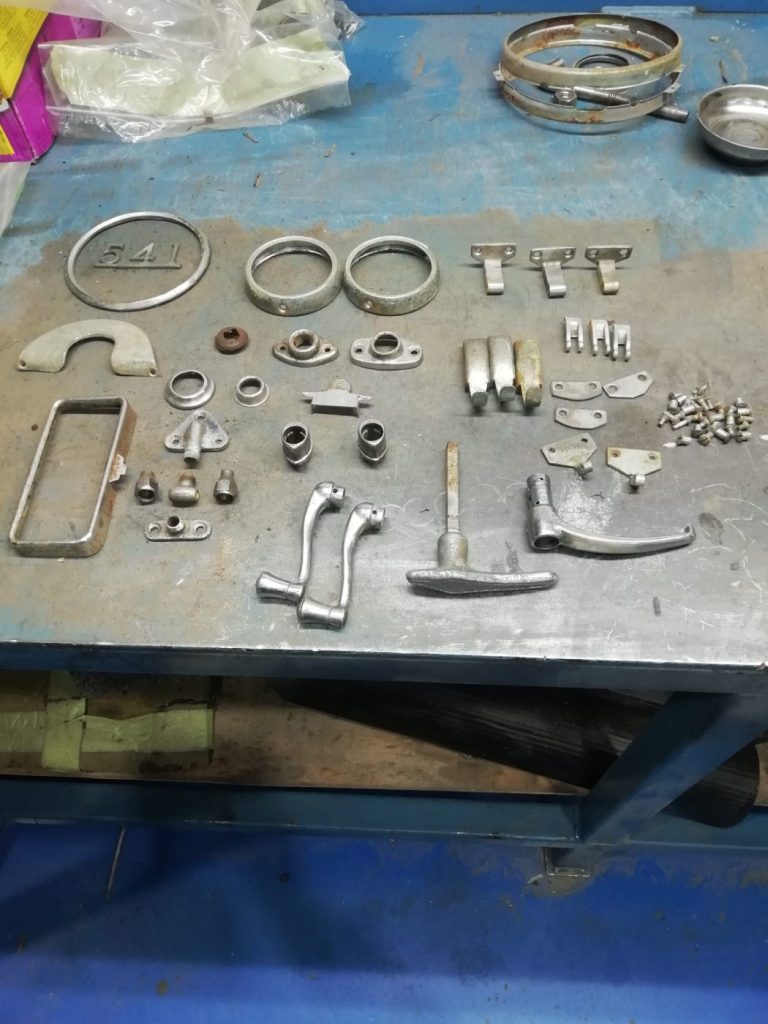
Classic car technician Paul has been making several different parts that will eventually be used on one of our Jensen restoration projects. These include parts
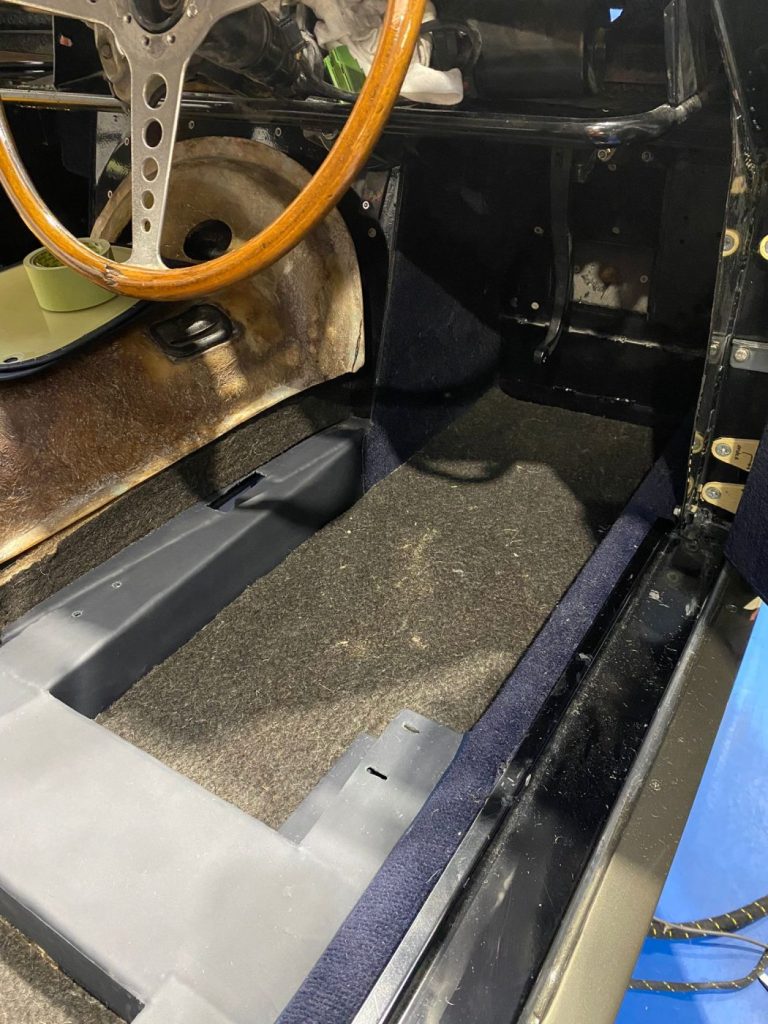
Brian and Lydia continue to work on the interior of our 1958 Jensen 541R. Lydia has been busy covering the remaining door card as well
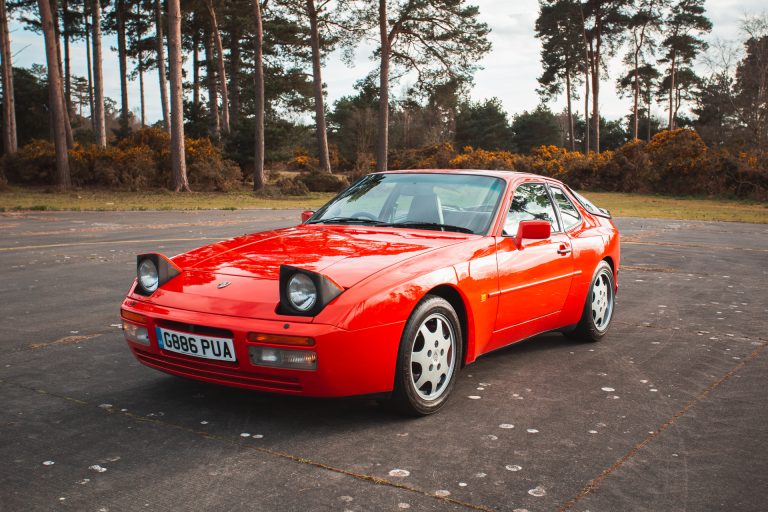
Back in April, our 1990 Porsche 944 Turbo was won by Lee Brown. As much as he enjoyed owning the car, he decided something a
The Jensen 541 was a car produced by Jensen Motors. Each one of these cars has an individual story to tell, but the story of

Our new 1972 Rover 4500S has arrived at the Bridge Classic Cars workshop. From the photos we had seen, and from talking to the previous
Looking after a classic car brings some additional responsibilities than looking after a modern car. Something that you may not have considered is classic car storage.
With a newer car, you’ll likely be driving it on a regular basis. However, with a classic, it may be parked up for extended periods of time – over winter for example. Leaving a classic car to sit unprotected can have some very negative consequences. Issues such as rust, corrosion, parts seizing, dead batteries, and locked brakes to name just a few are fairly common.
If you are looking for ways to properly store your classic car, there are some things to keep in mind.
If you are fortunate enough to have a brick garage at home, then this is likely to be a very good place to store your classic car.
Brick buildings are very good at maintaining a stable temperature and keeping the environment relatively moisture free. Both of these things are important if you want to prevent damage-causing condensation from forming during the colder months of the year.
Before storing your car in your garage, you will want to make sure any gaps are sealed. Big gaps under the door etc, should be covered to stop too much cold air from being able to make its way inside. You should also think about how secure your garage is. Upgrading your locks to a more robust system might be called for if you are worried about the security of your classic car in storage.
Storing your classic car in your garage is not always the best option for you though. Unless you have a window that you can open to improve air circulation, you might struggle to maintain a suitable storage environment. You will also need to look at the temperature. In particular, how much it fluctuates to avoid any heat/cold issues caused to your car.
If you don’t have a garage to store your classic car in then you might choose to store it outside. If this is the case, you should ideally invest in a car cover that is perfectly suited to your vehicle. Finding the perfect car cover might not be possible though. If you are unable to find a cover that is the exact size of your car, then choose one that is slightly too big. You can use pegs (or similar) to secure it in place to make sure everything is suitably covered and protected.
When storing your classic car outside, it’s important to protect it from direct sunlight. It should also be protected from rain, bird mess, and pretty much any other form of moisture that could potentially damage it.
Lifting your car off the ground during outdoor storage can go a long way in protecting your tyres, wheels, and the underside of the vehicle too.
If you want to give your classic car the very best chance of being stored correctly, then using a classic car storage service will likely be your best option.
A professional car storage service can provide the best possible environment for safe and secure classic car storage.
If you’re looking for a car storage service, there are certain things that you should keep an eye out for:
At Bridge Classic Cars, we are passionate about all things classic cars. That’s why we have a safe and secure vehicle storage facility. Situated on an old RAF base, The Hangar is in a prime location for classic car storage.
Not only is The Hangar monitored by 24-hour manned security, but we also use Carcoons to make sure your beloved car is stored in the best possible environment.
As experts in classic car restoration, we have a team of highly skilled classic car technicians who will perform regular checks on cars in our care. We can even collect your car, store it, and deliver it back to you, ready to drive, whenever you choose.
More information about Bridge Classic Cars vehicle storage can be found here. Or you can contact us directly at 01473 742038 or by email at info@bridgeclassiccars.co.uk

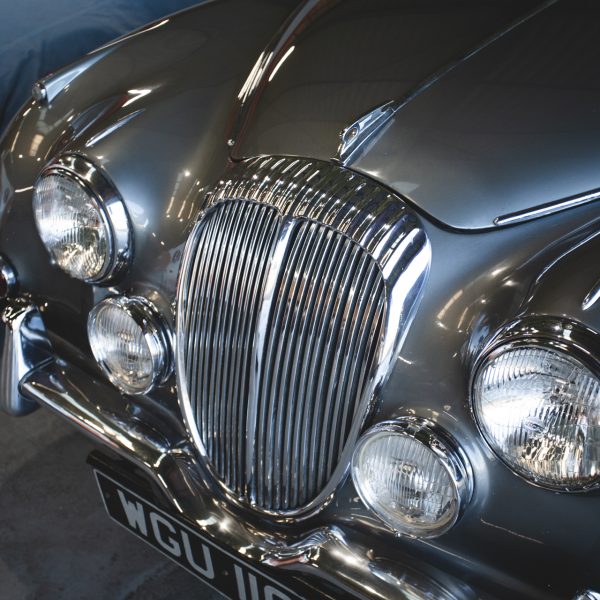
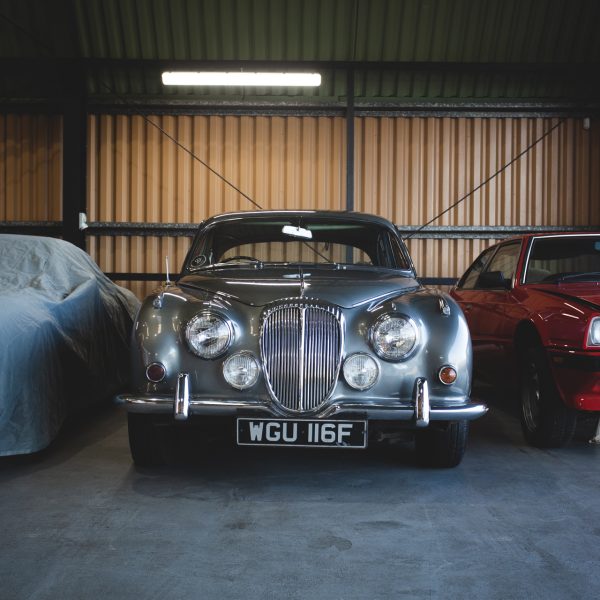

After undergoing recent work to resolve rust issues, our 1999 Rover BRM has had its primer applied and is now ready for its top coat of colour.
The car spent some time in our paint shop with classic car technician Chris as he prepared it for its primer before applying it too. As you can see from the photos below, lots of care and attention is given to this type of task to ensure high-quality paint work once work on the car has been finished.
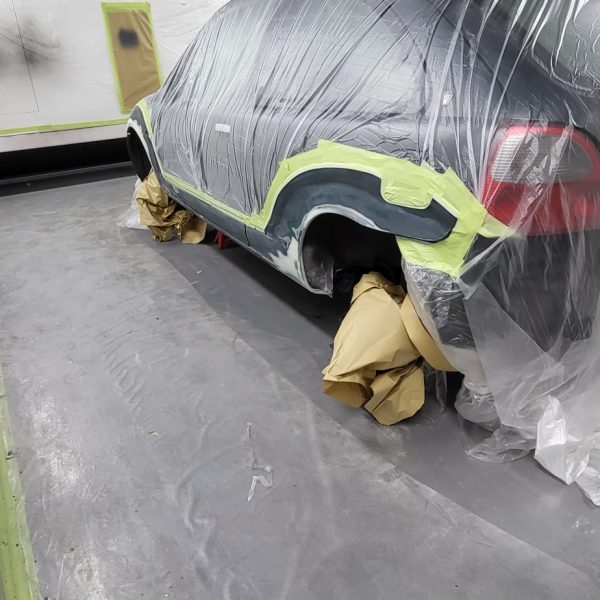
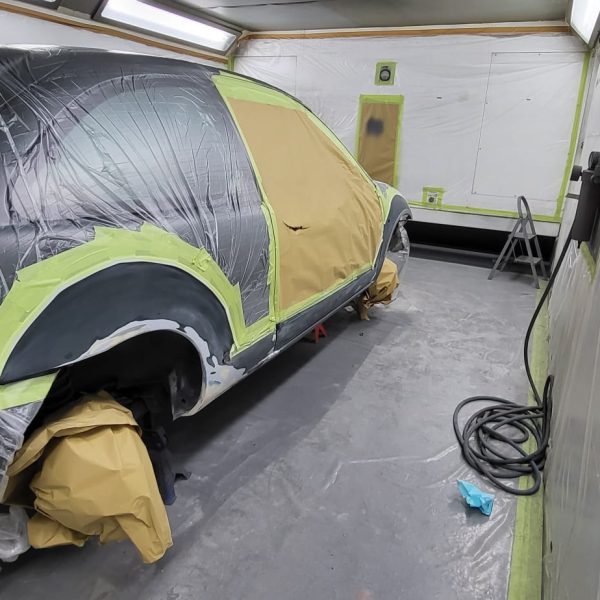
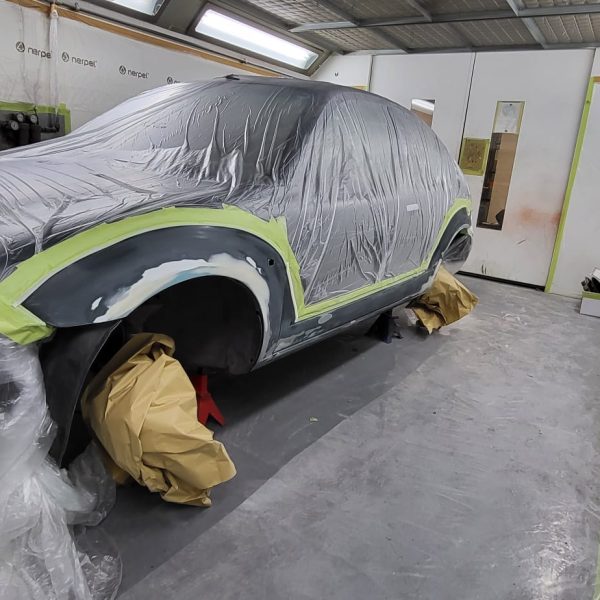
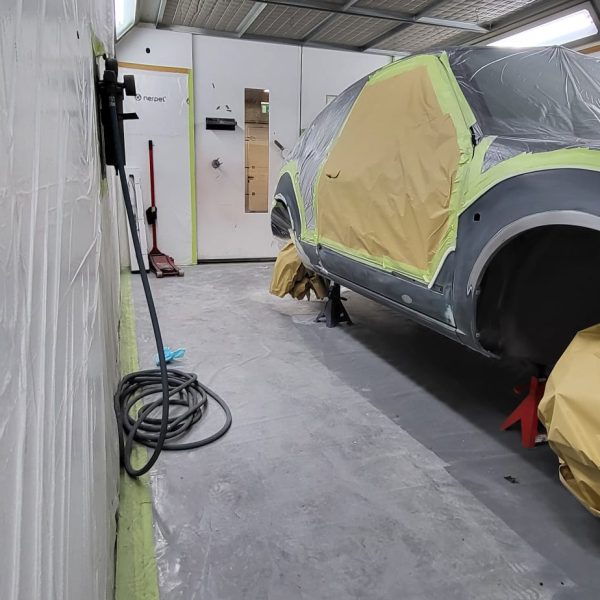

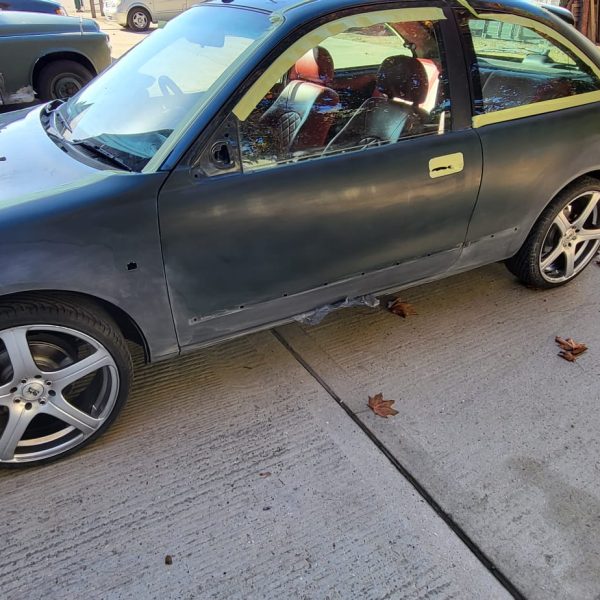

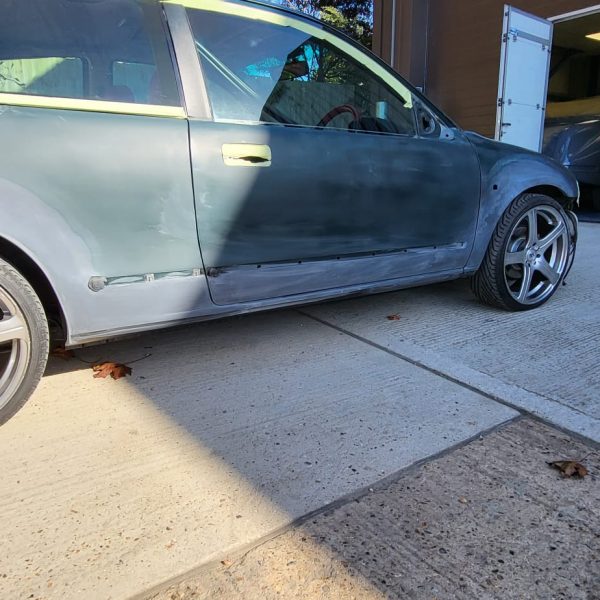
We recently put our 1960 Rover 80 up for sale.
As much as we would have loved to see it fully restored in our workshop, unfortunately, our workload is just too much for it to become one of our current projects.
We are very happy that a new owner has been found through MyClassics.co.uk and the car will soon be moving on to the next chapter of its life on the road.
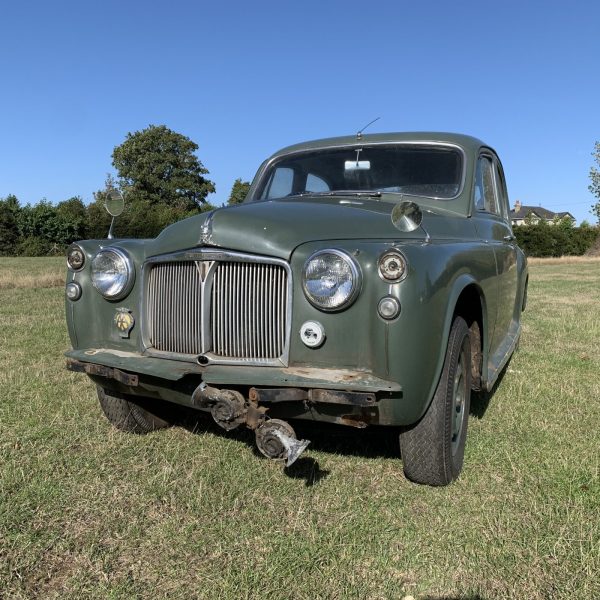
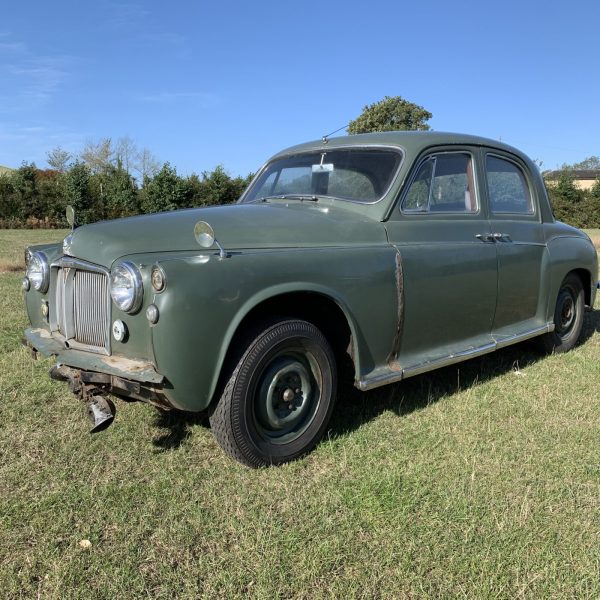

As our 1978 MGB GT continues to move through the restoration process, things are progressing well and more tasks have been ticked off the checklist.
Classic car technician Rob has painted and fitted the number plate backing panels, fitted the door trim and handles on the right-hand side of the vehicle, as well as making new backing panels for the C pillar trim.
Rob has been extra busy as he also assembled and fitted the rear anti-roll bar and fitted the rear roof trim too.



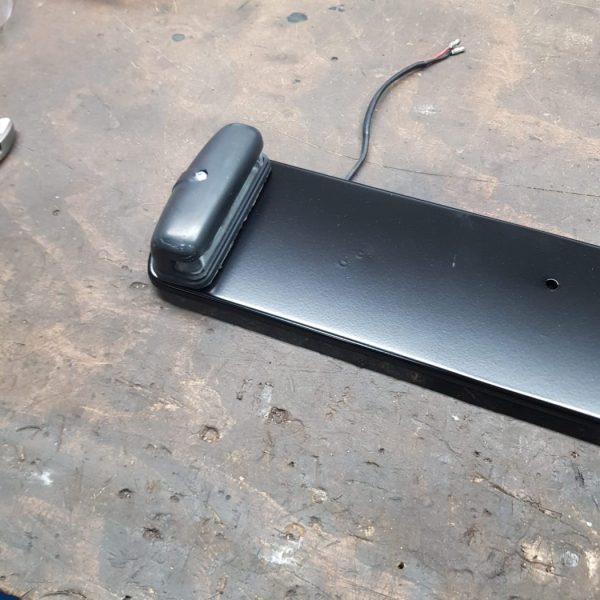

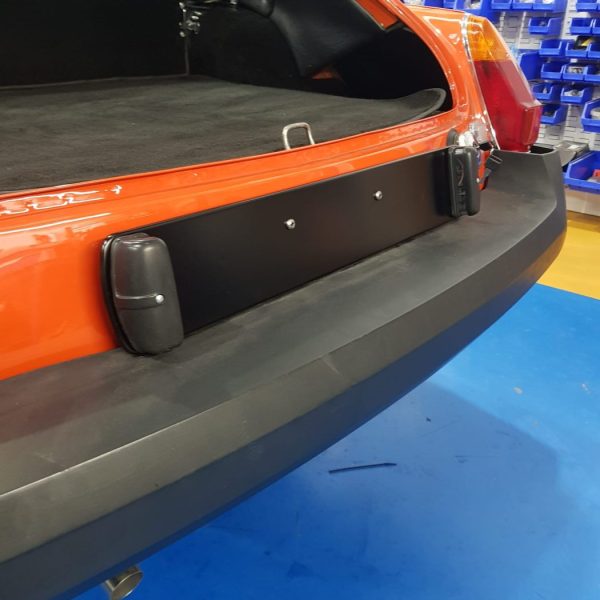
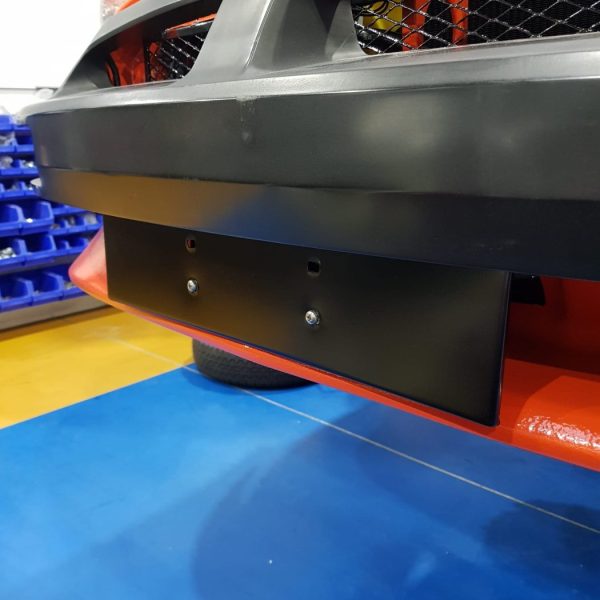

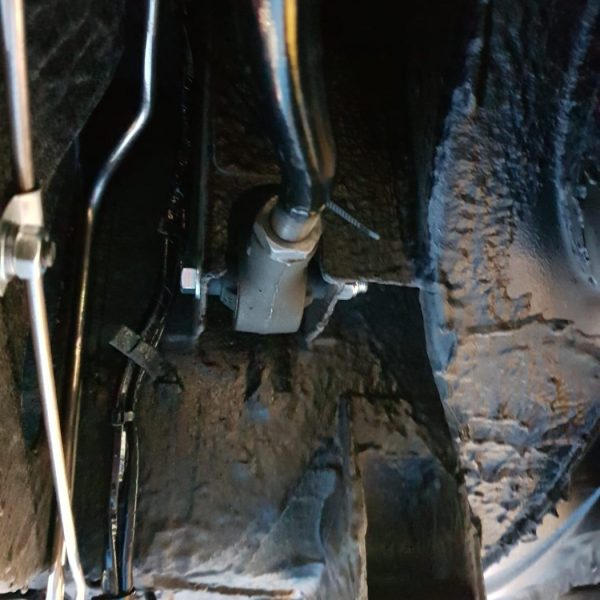
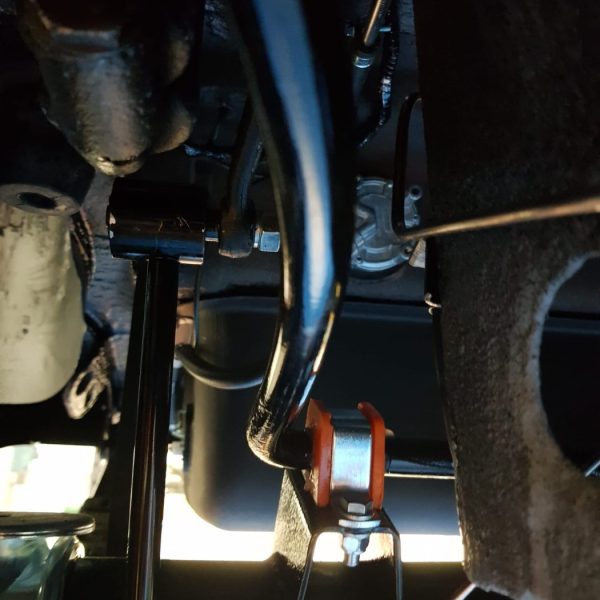


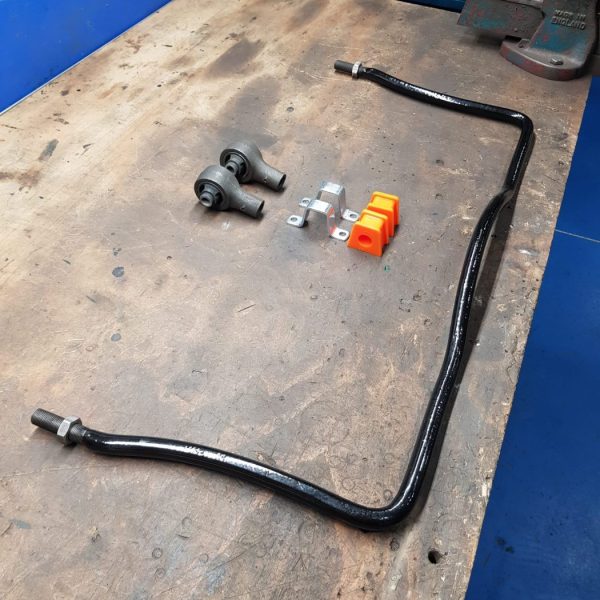
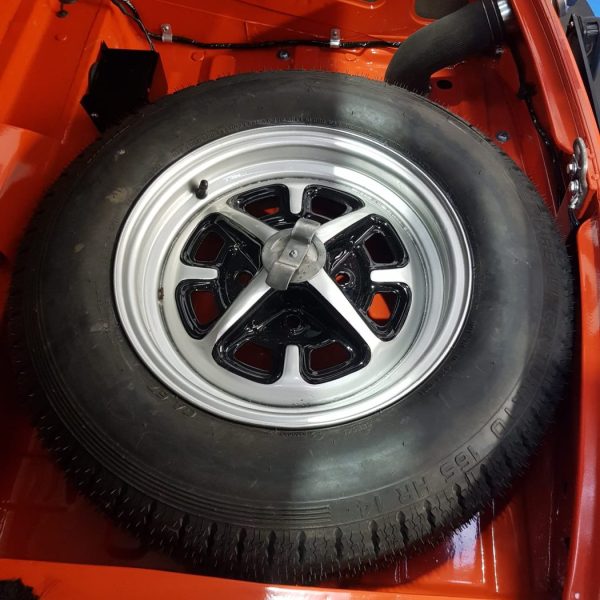

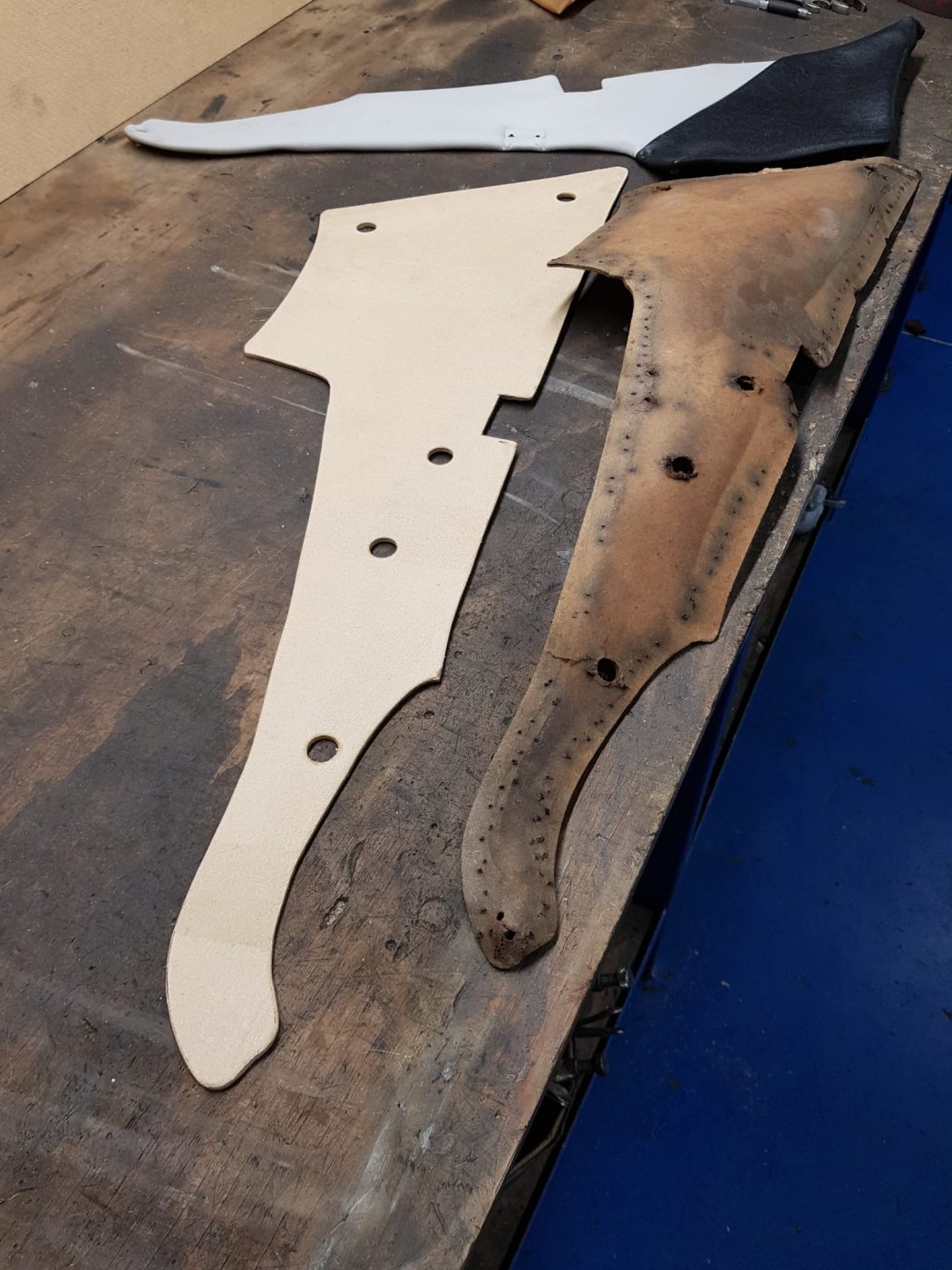

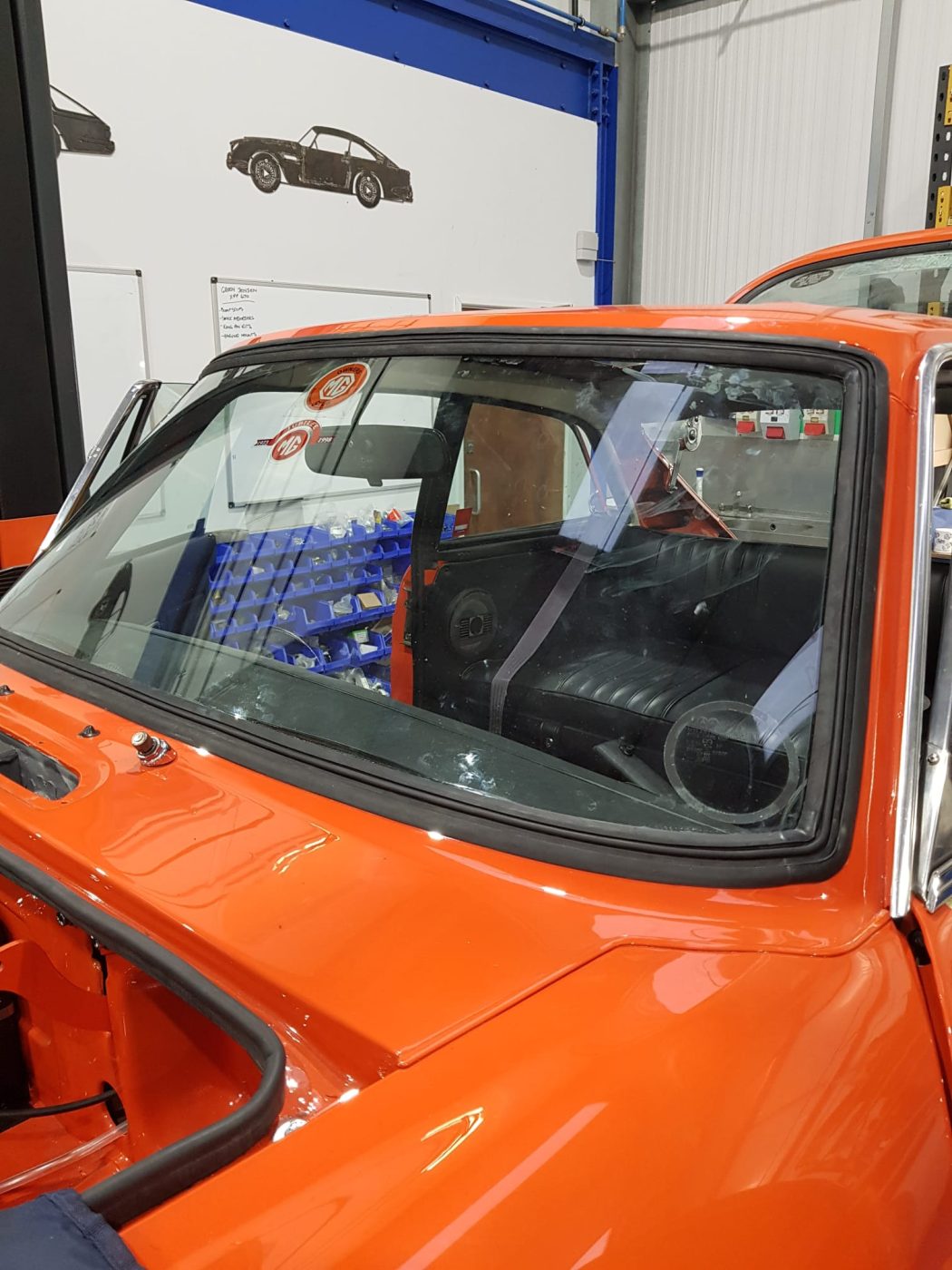
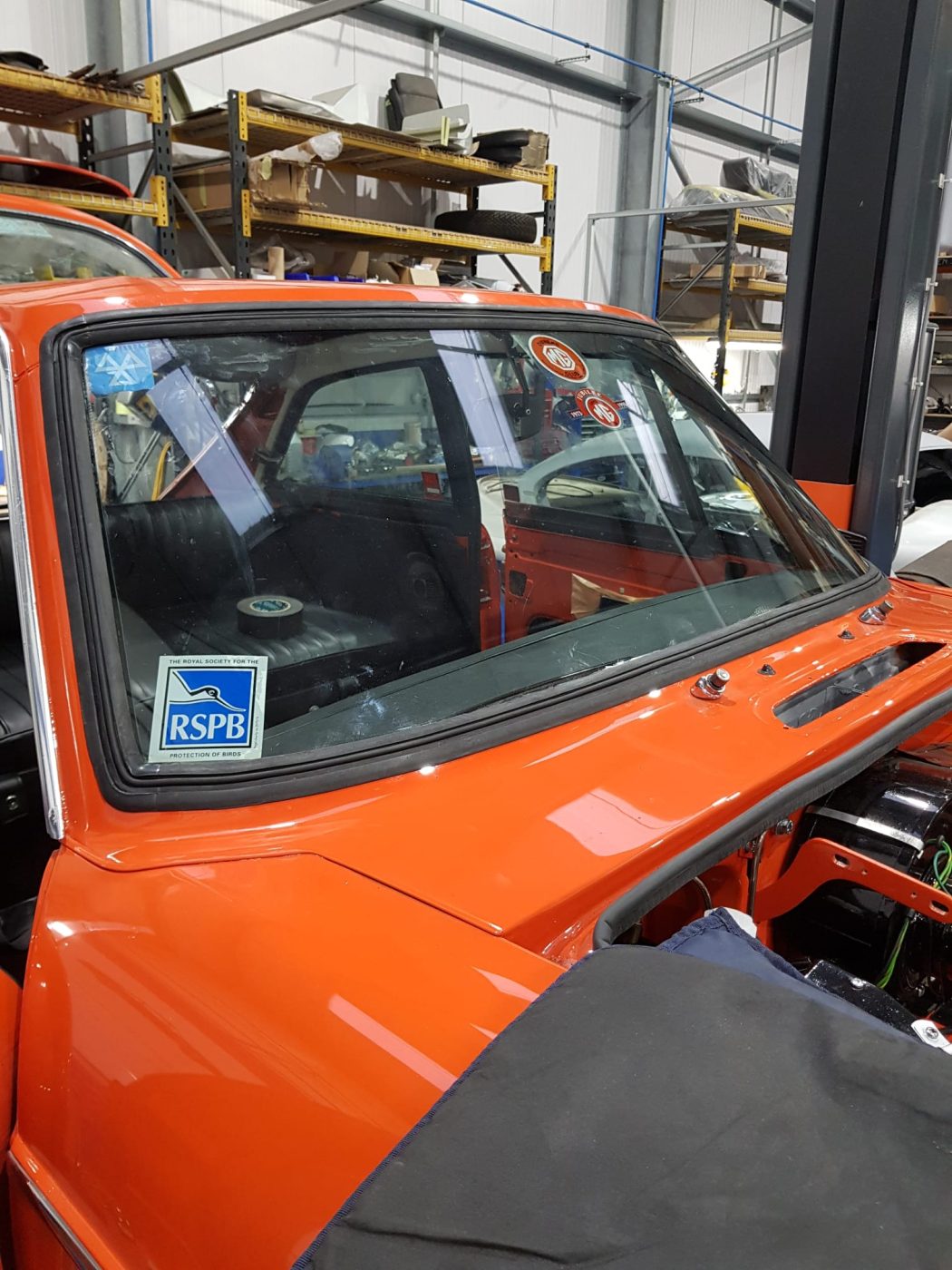
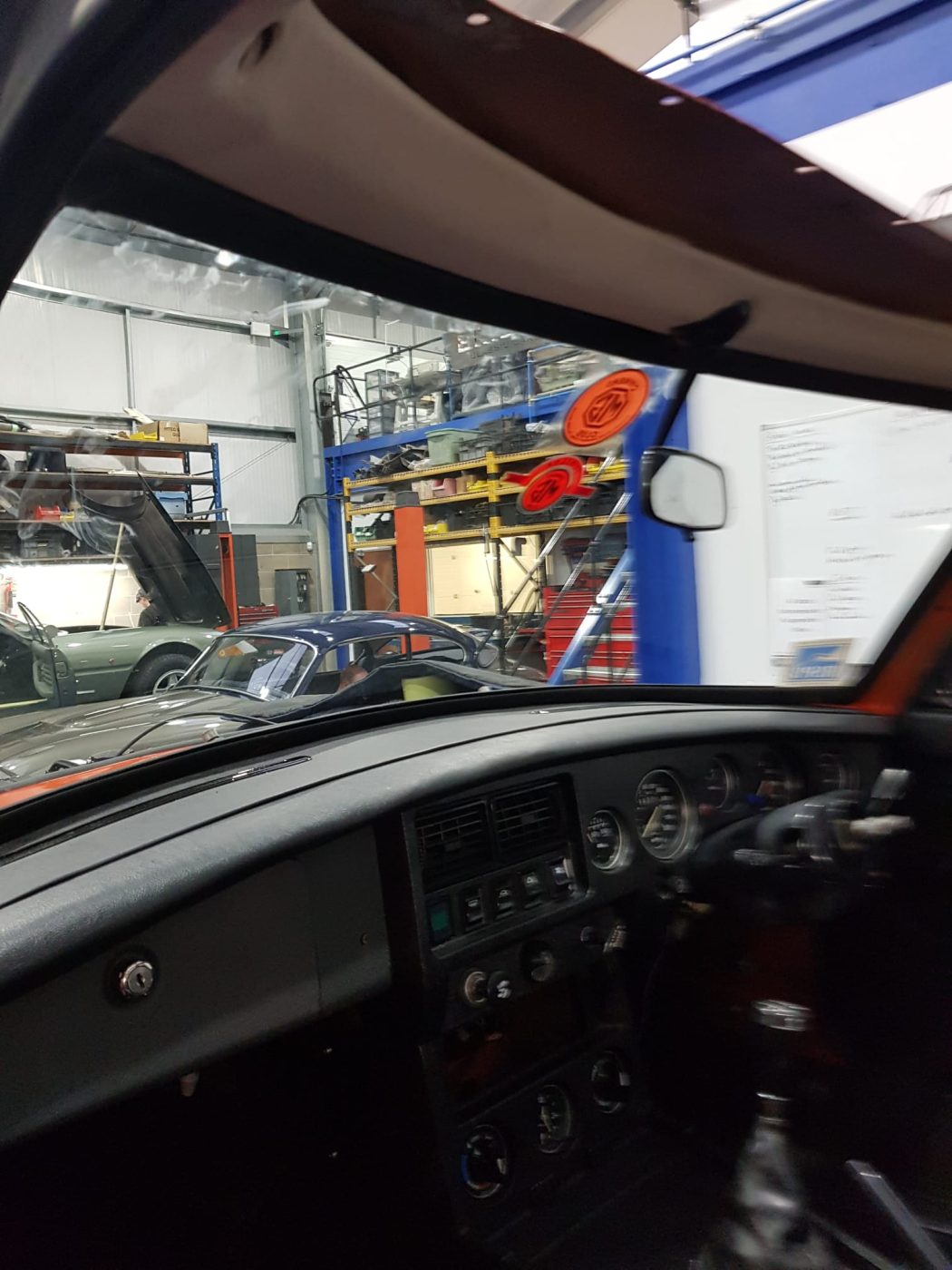
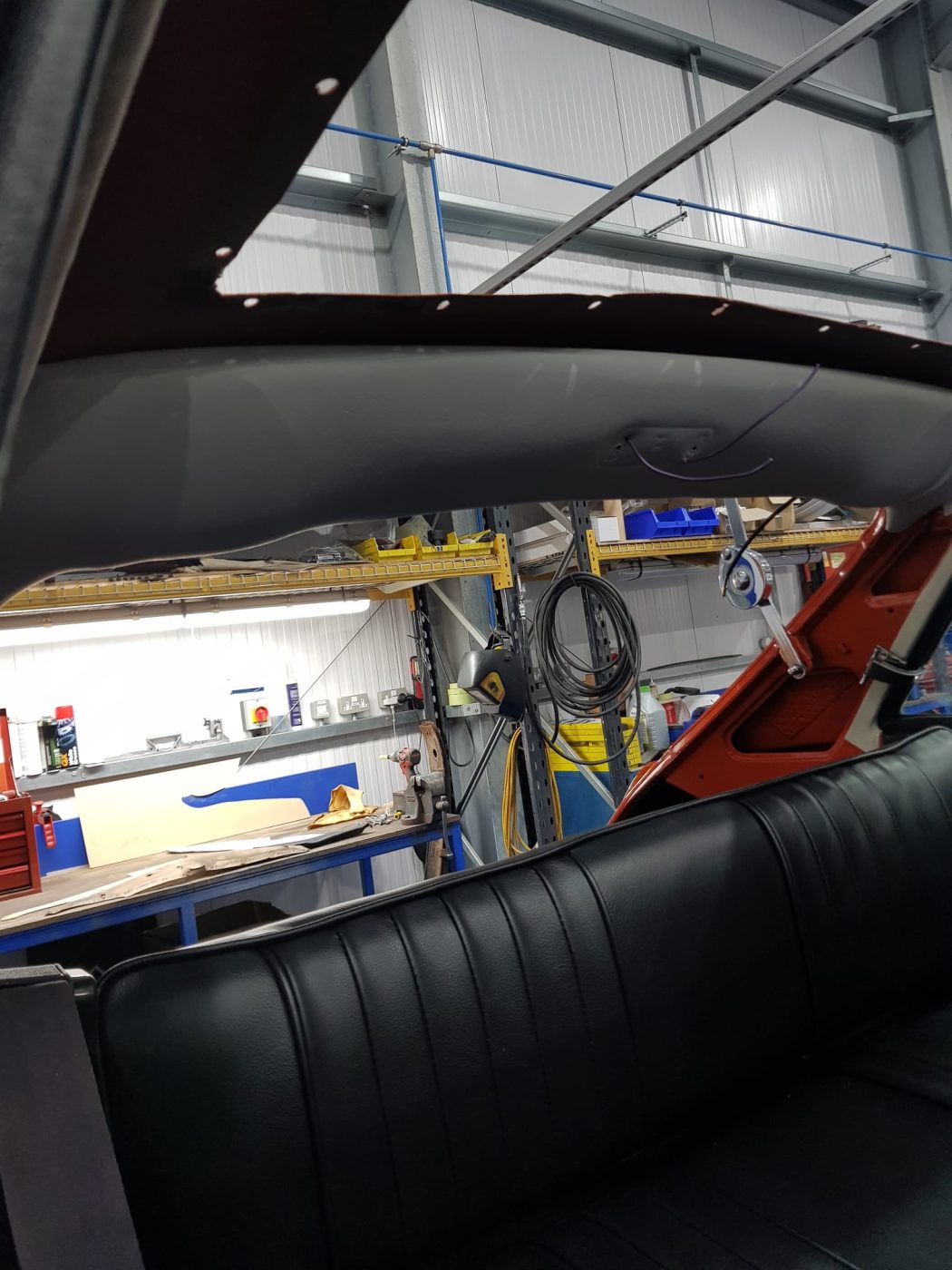
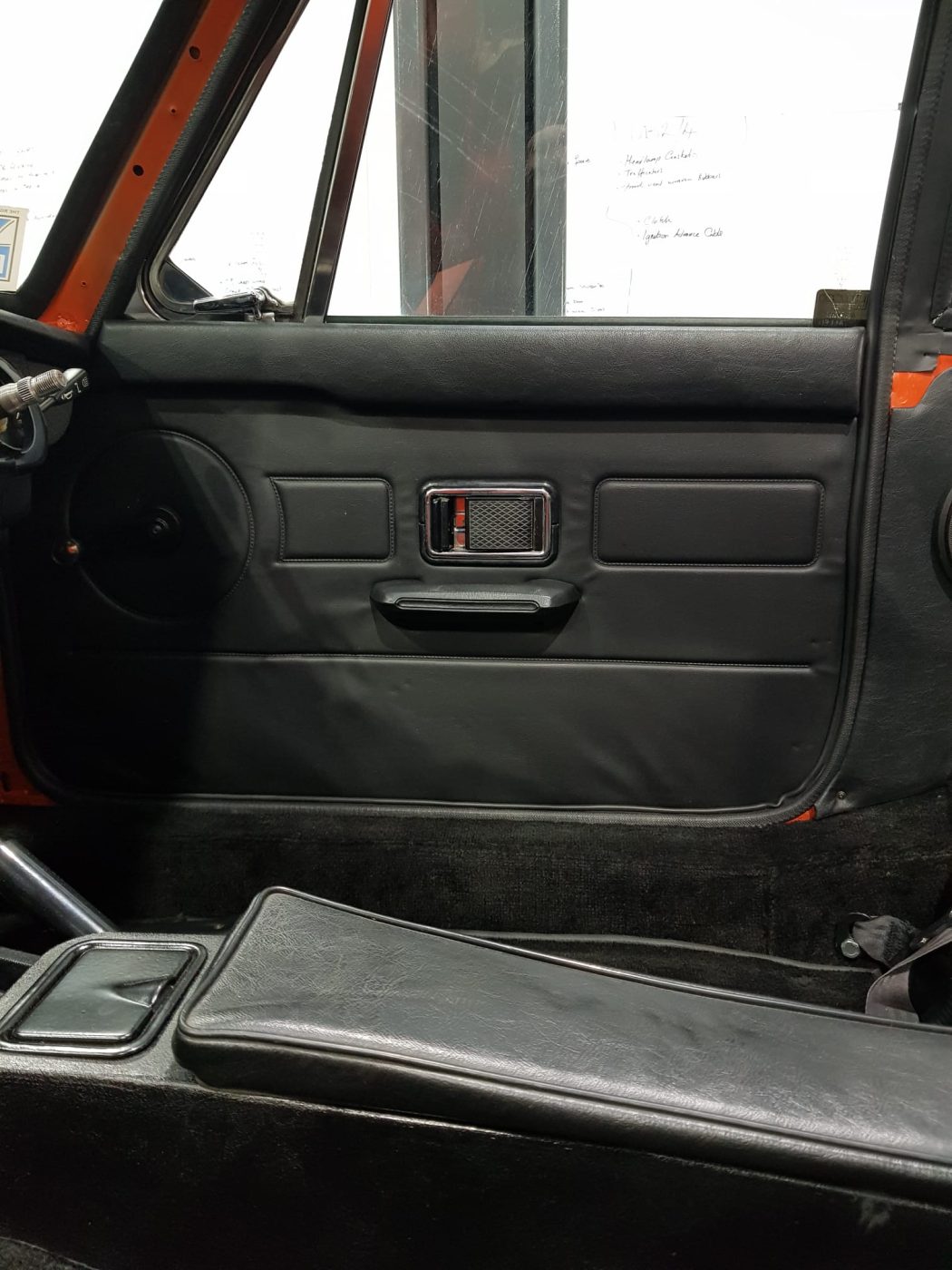
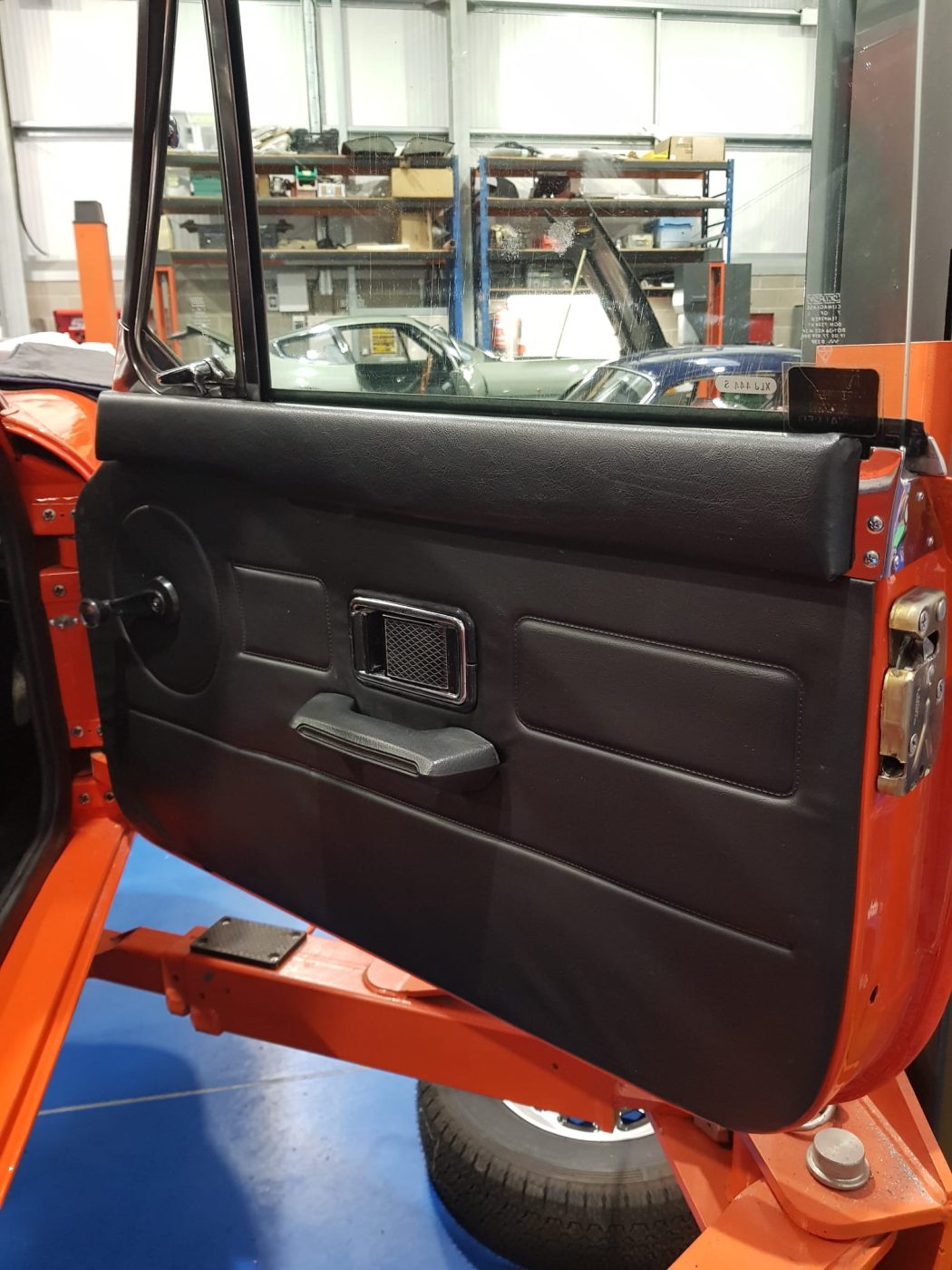
The main body of our 1954 Bristol 405 has been transported to our workshop.
Now it is here with the team, it can begin the next phase of its restoration. With work already done on the seats, it’s time to get the rest of the car in order so it can be one step closer to being back out on the road.
There will be lots more updates coming soon as this classic car returns to its full former glory.
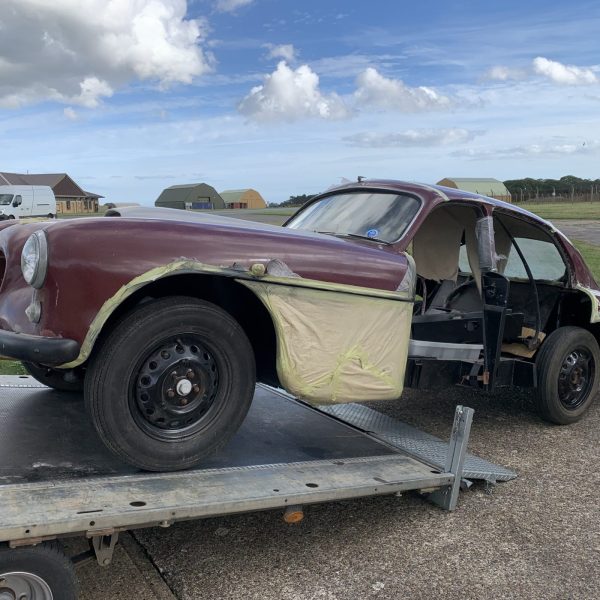

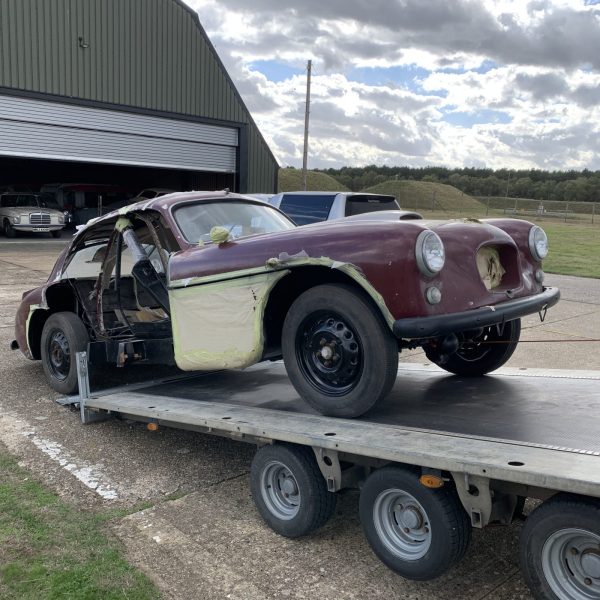
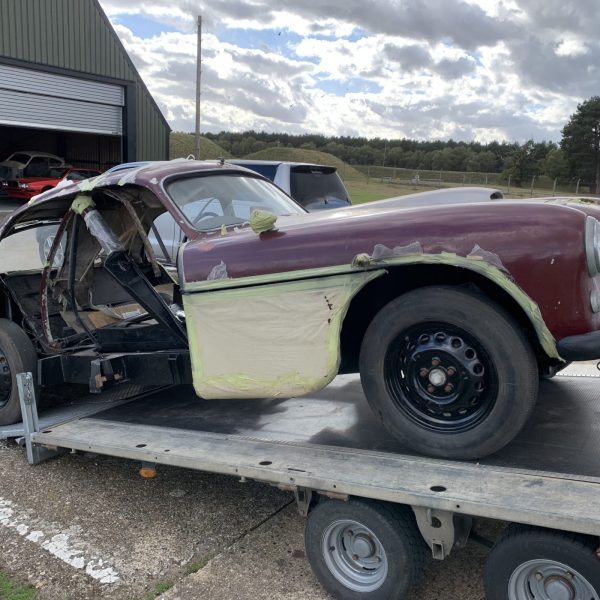
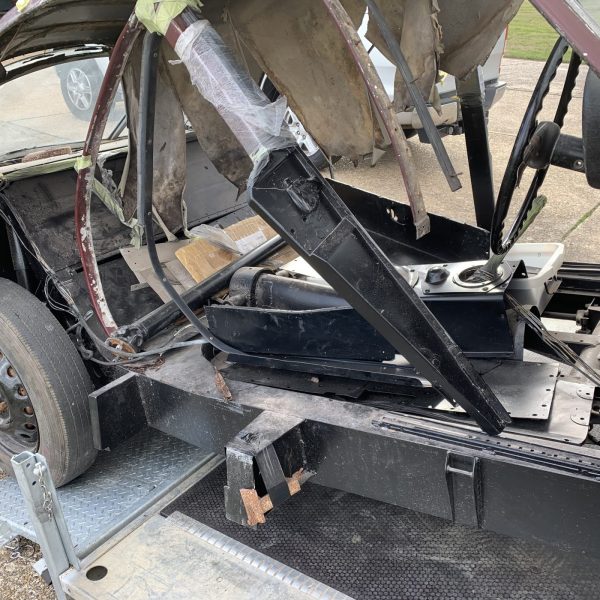

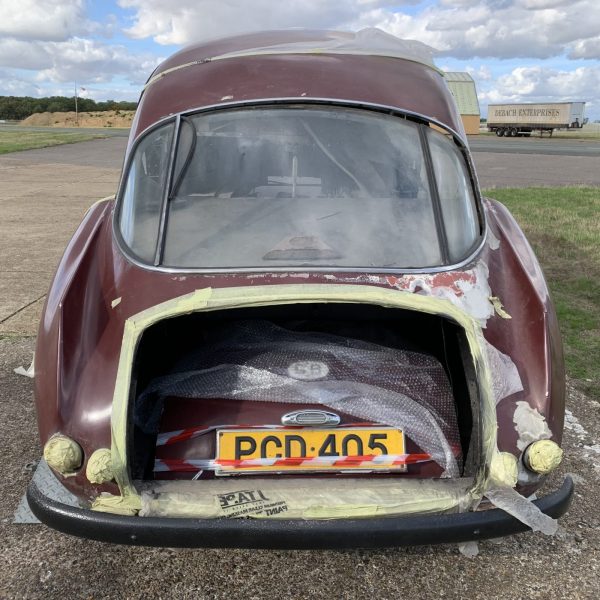
Our very rare 1981 Volkswagen Scirocco Storm has been inspected and assessed by the workshop team here at Bridge Classic Cars. We have just received the good news that it is ready to go and it can now be won in our latest competition.
With so few of these cars still on the road, this is your chance to win a rare piece of motoring history.
You can find out all the information you need about the car and how to enter by heading to Bridge Classic Cars Competitions – good luck!
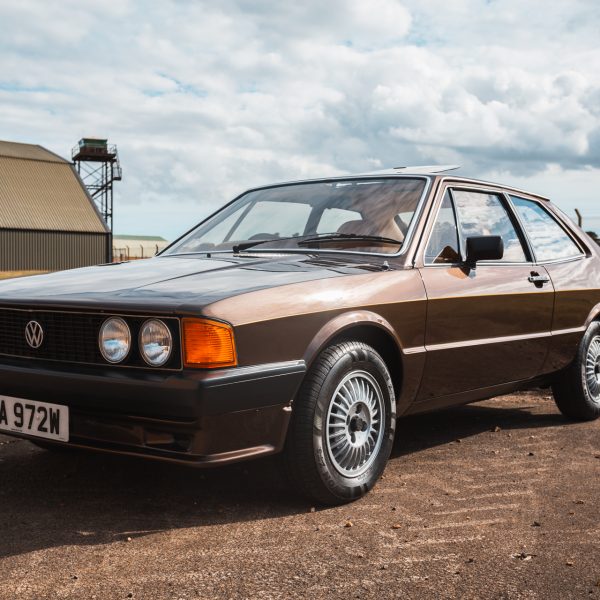

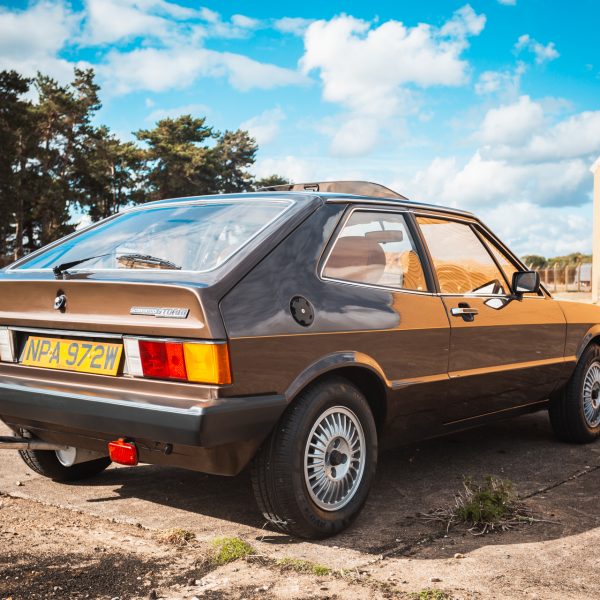


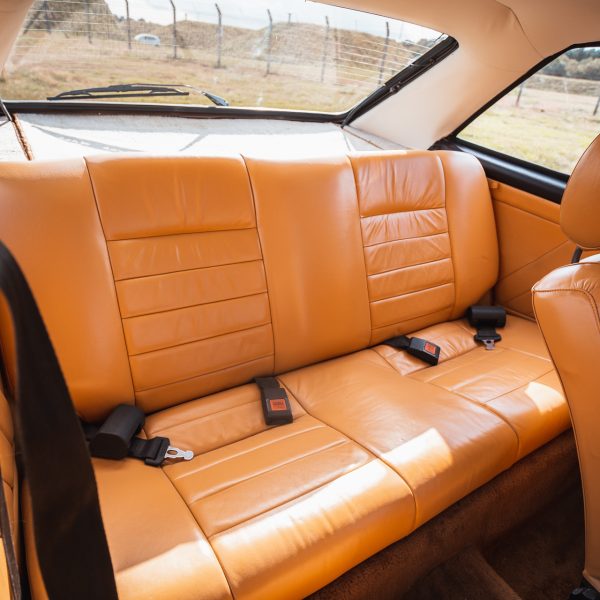
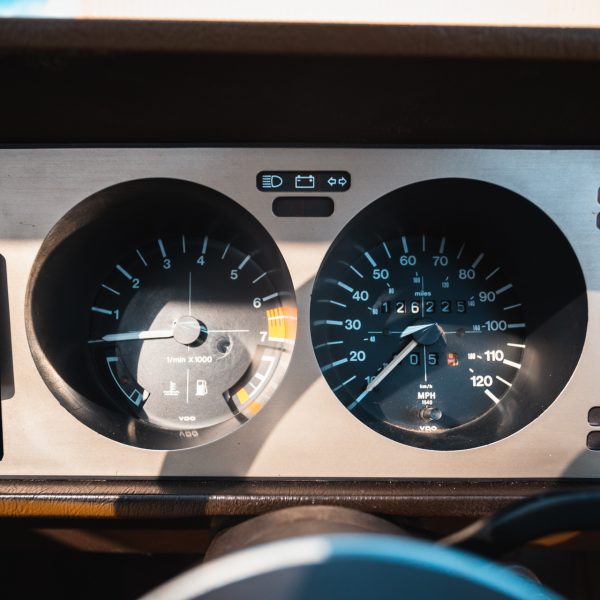


To get our 1975 Jensen Interceptor MK3 back on the road, some new body panels were needed. We now have these and they will soon be fitted to the car as it continues to move through its restoration journey.
We found it very exciting to see the new panels sitting on the shell of the Interceptor and we can’t wait for work to continue on this iconic classic car.
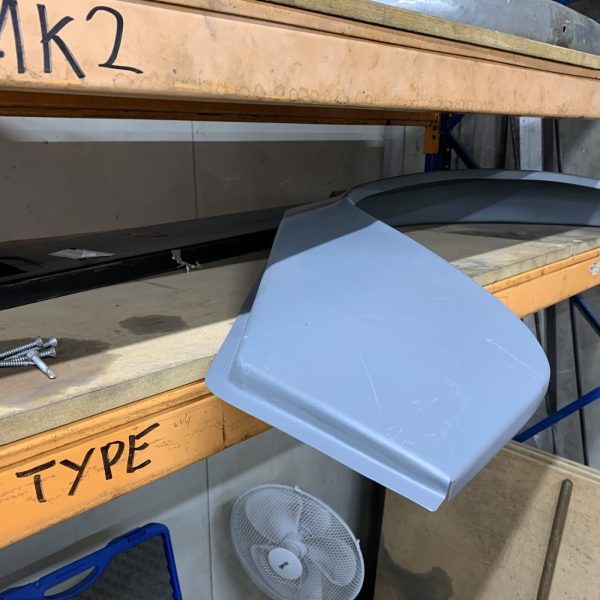
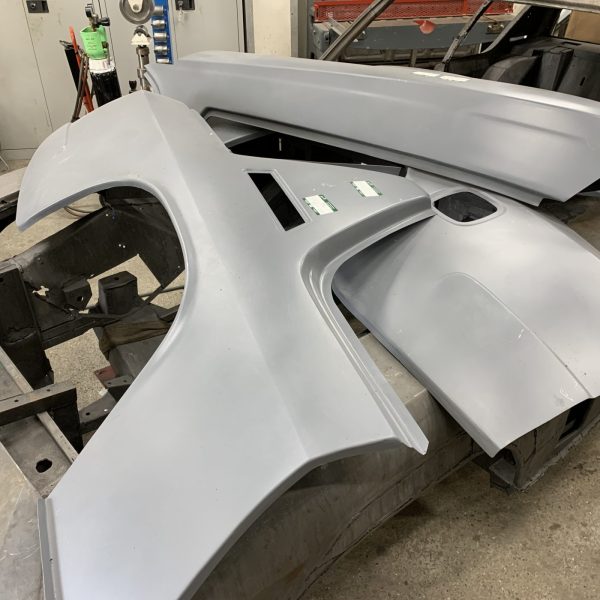
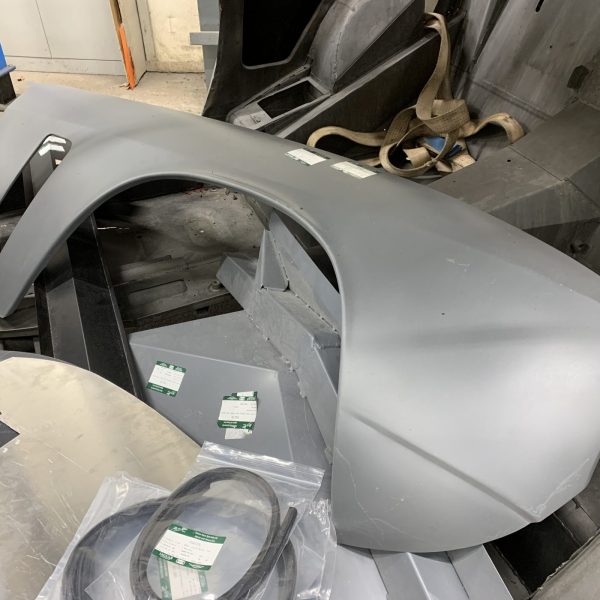
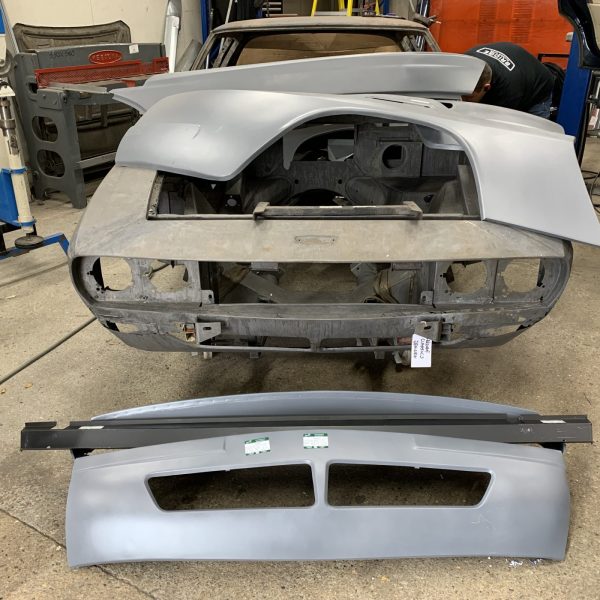


Chris has been working on our 1986 Daimler DS420, putting on the epoxy primer ready for further painting.
He first masked the car and gave it a final rub down before applying the primer. This will create a good base for the top coat of paint to bond to. It will also prevent corrosion and rust from forming which will give a high-quality finish to the car.

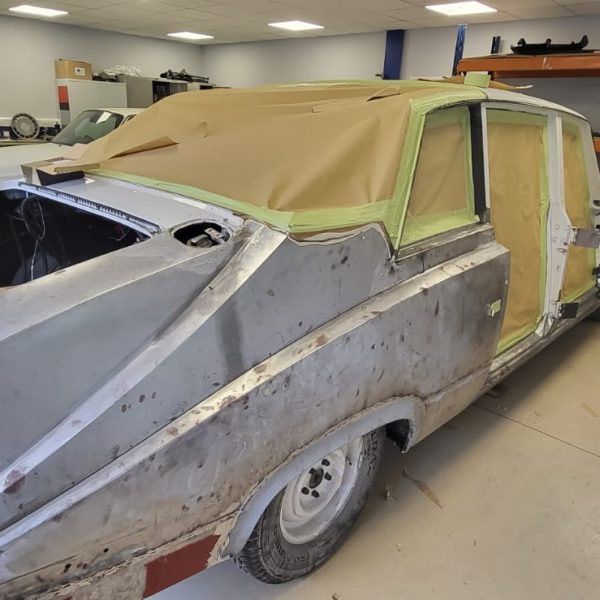
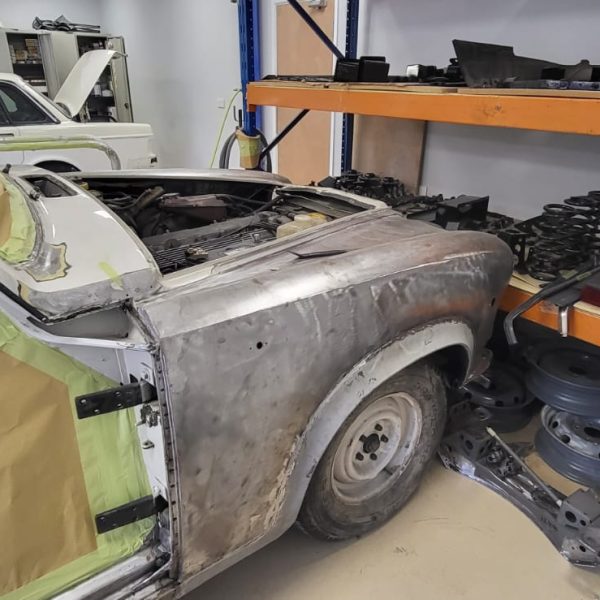
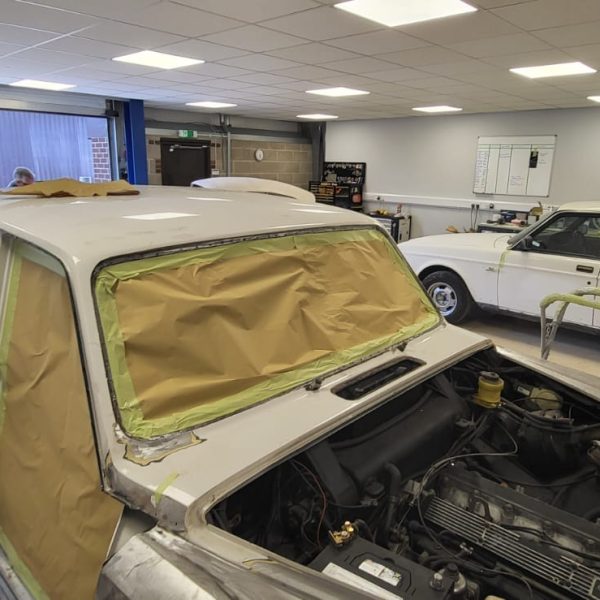
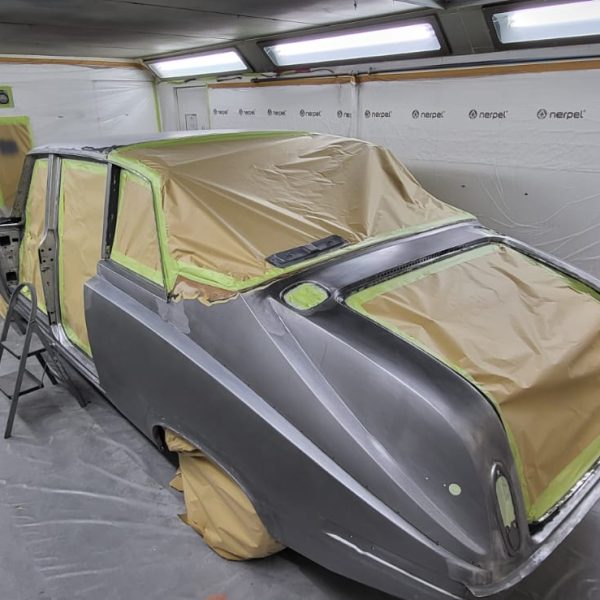
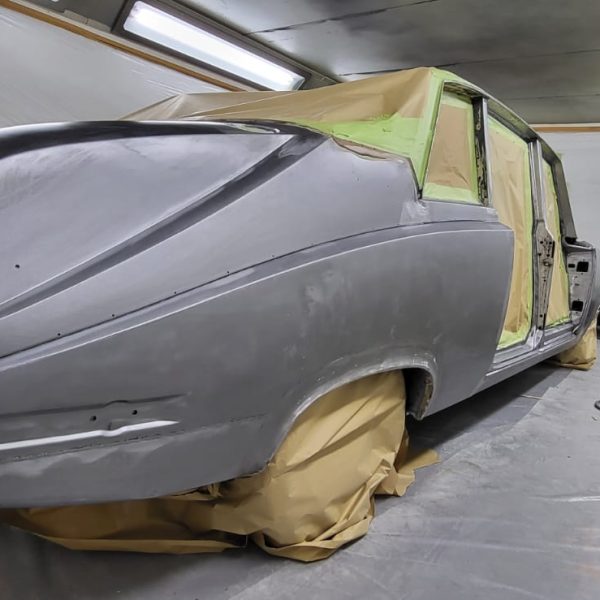
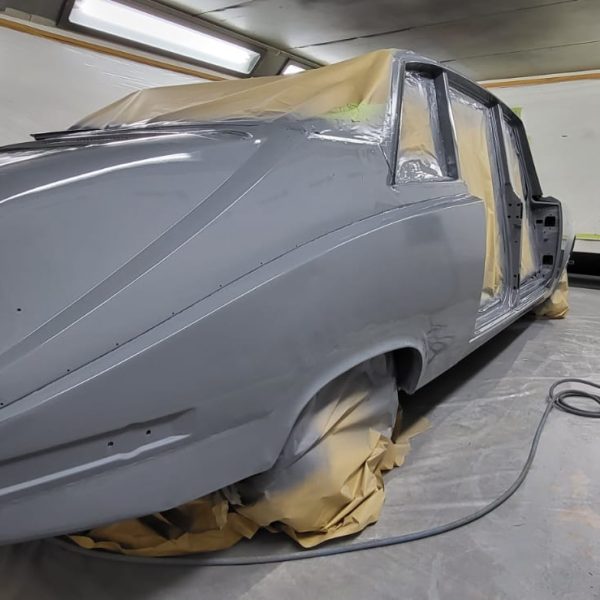

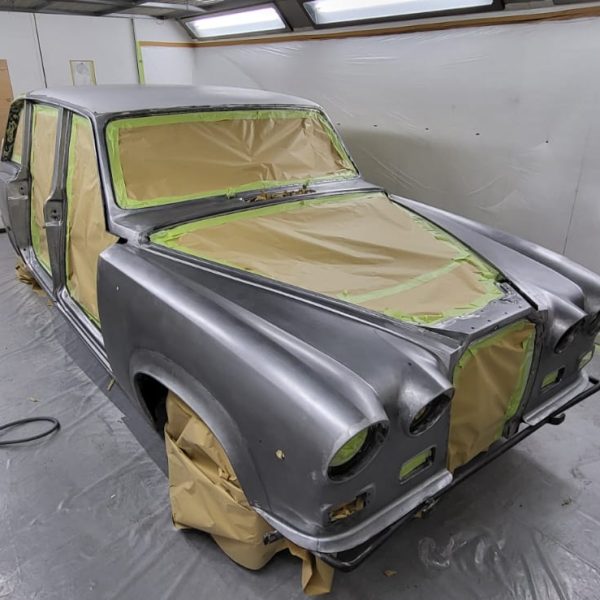
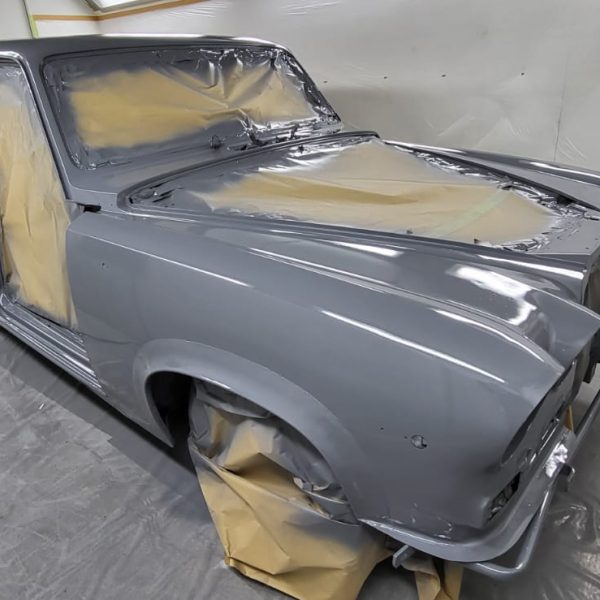

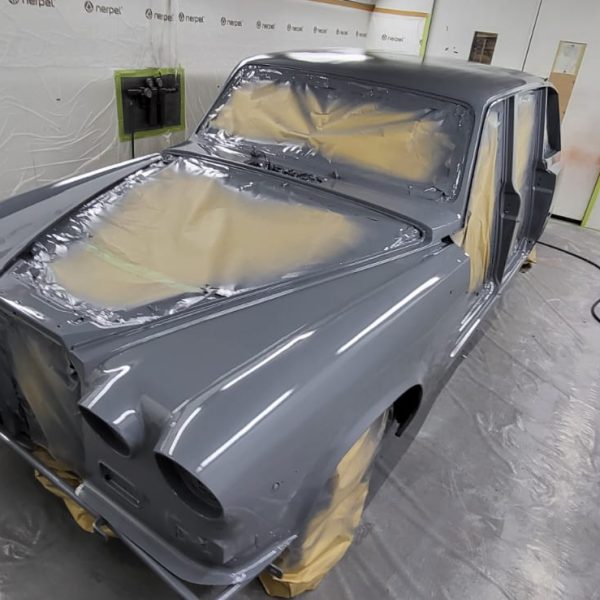
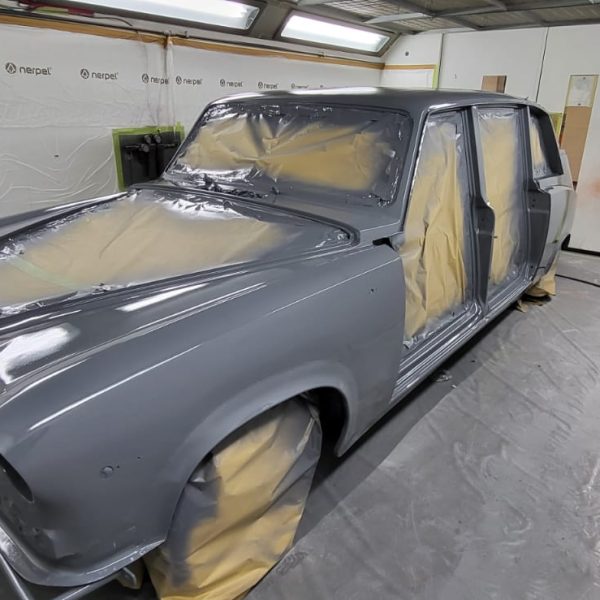
Before our 1970 MGC Roadster leaves us to go to its new owner, classic car technician Paul has been rebuilding and refitting the carburetters.
This classic car was won through Bridge Classic Cars Competitions and will soon be leaving us for the last time as it begins the next chapter of its life on the road.
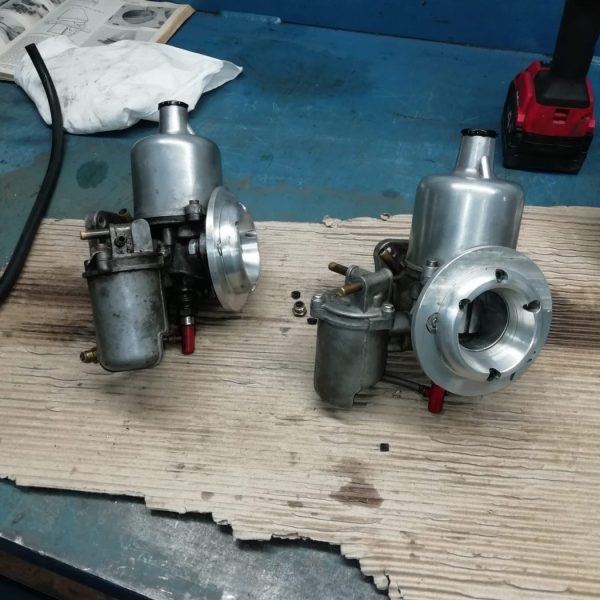

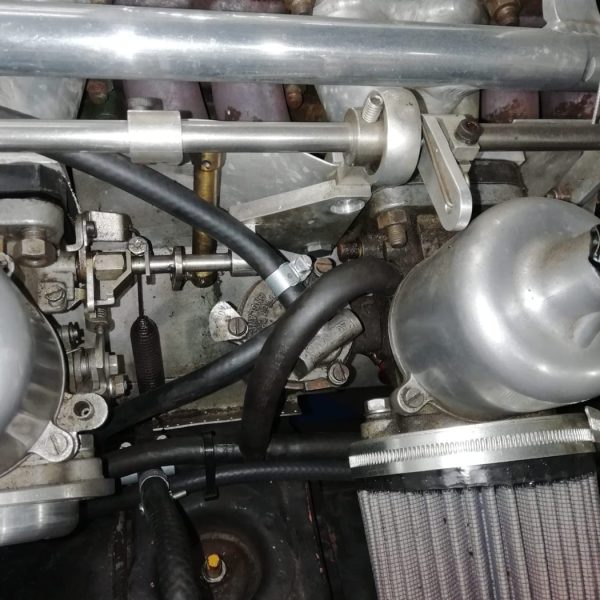

Our 1999 Rover BRM had some issues with rust when it first came into the Bridge Classic Cars Workshop.
The team have been working to resolve these issues recently. Now we have the original BRM wheels back with us too, the car is making good progress through its restoration journey.

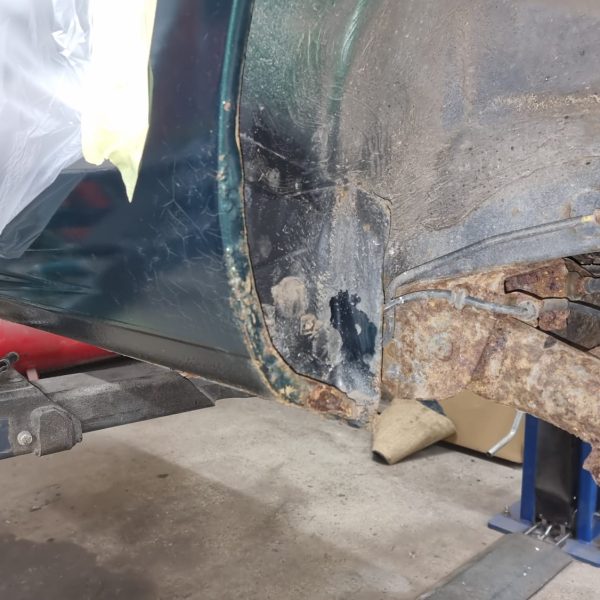


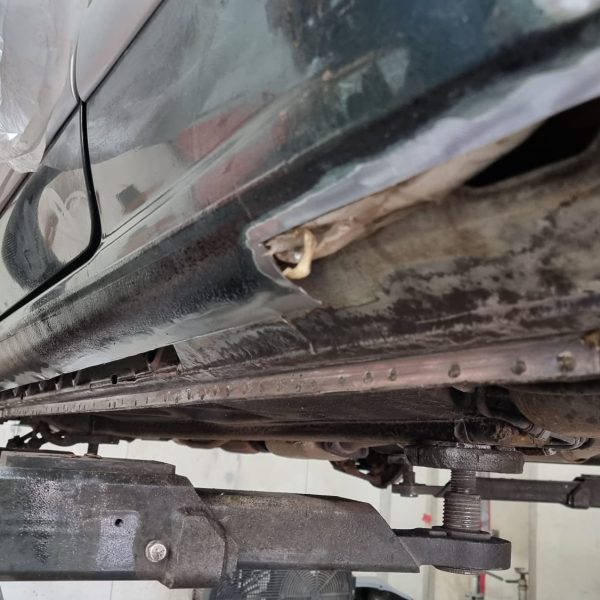

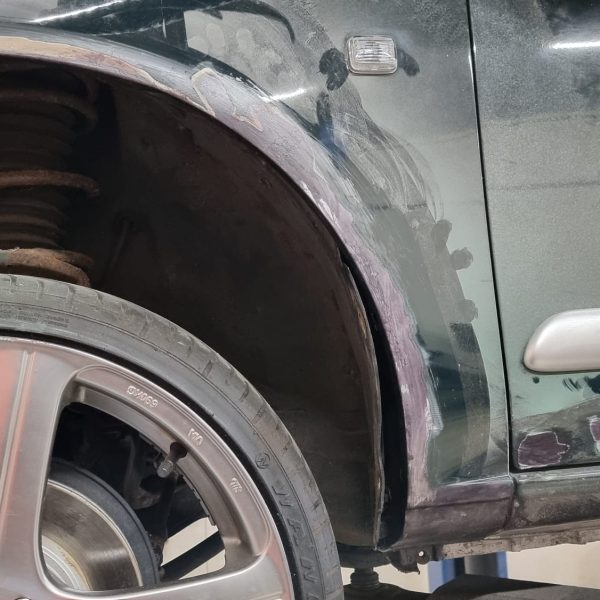
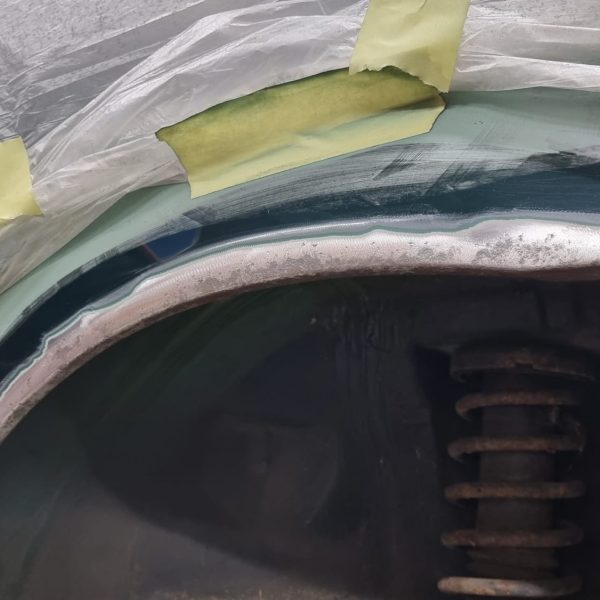

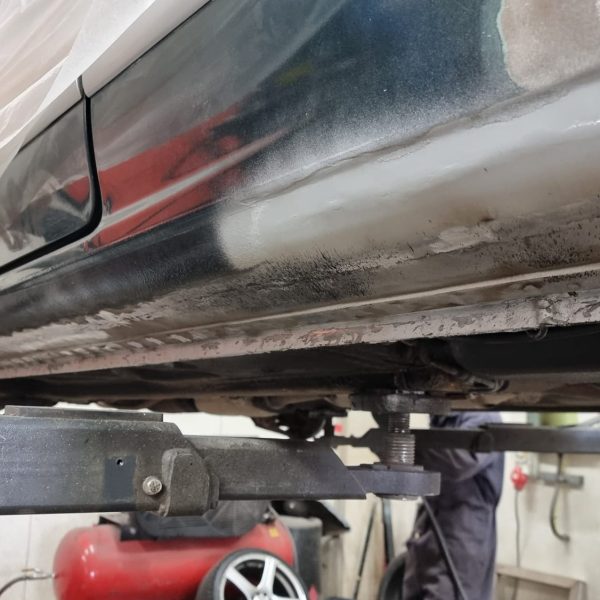
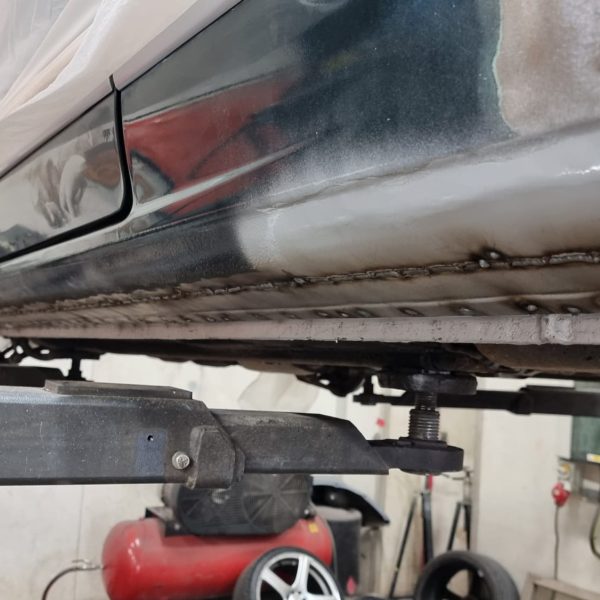


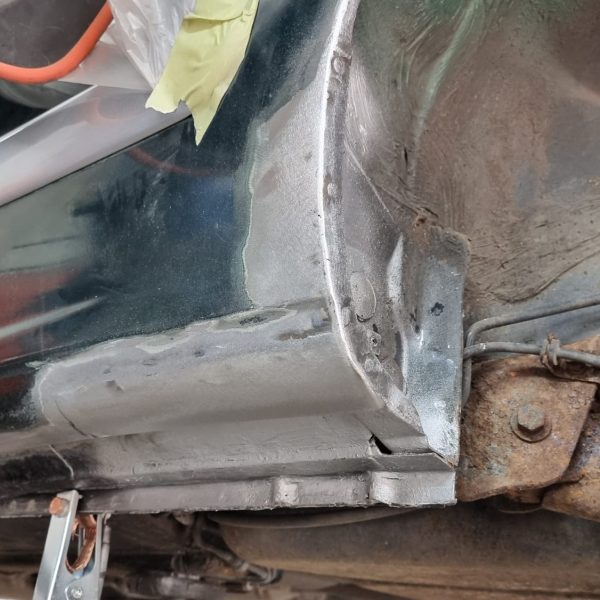
It’s been a little while since our 1969 Mercedes 280SL (Pagoda) left the Bridge Classic Cars workshop. After undergoing an engine rebuild with us, it left the workshop to be returned to its owner a few months ago.
Since then, we have had some great feedback about the performance of the car and it sounds like it is very much at home being back out on the road.
Feedback from the owner includes:
“I have now done over 500 mainly motorway miles in the car and it is running well. Thank you again for the work you have done”.
and
“the car continues to run beautiful and was a pleasure to drive on a long trip to France a couple of weeks back”.
Hearing that a restored car is bringing enjoyment to its owner is something that makes us very happy. Classic cars like this are all about having the perfect driving experience so this is exactly the type of feedback we aim to achieve.
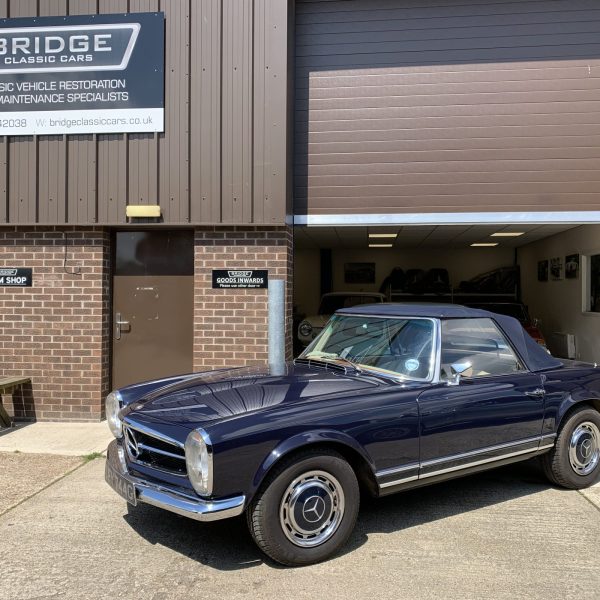
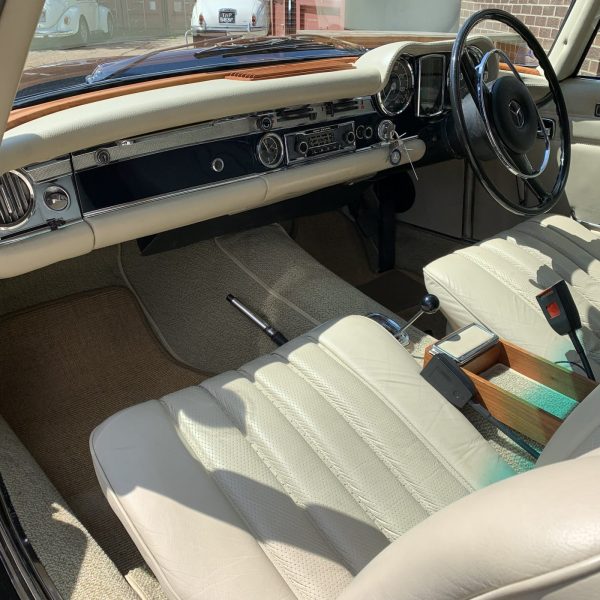
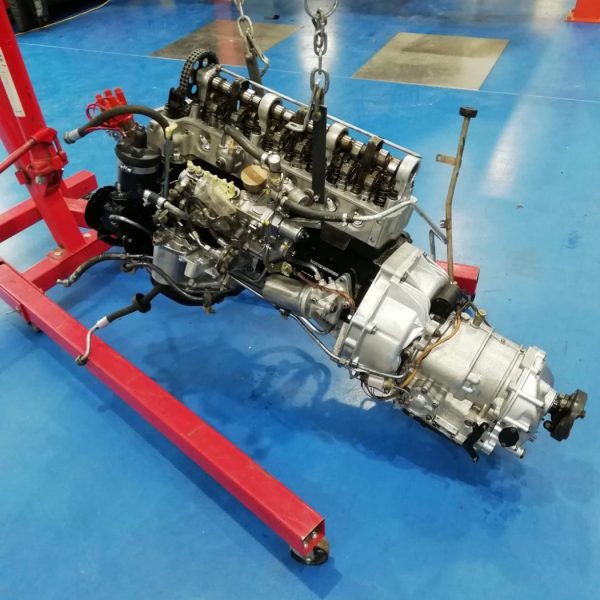
Our classic car technician, Clinton, has been making parts that will ultimately go on to be fitted into one of our ongoing Jensen projects.
The bonnet strips he made can be seen in the photos below.
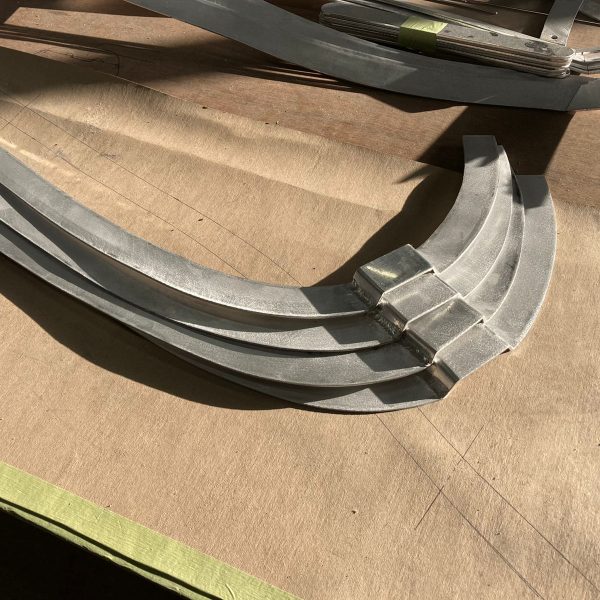
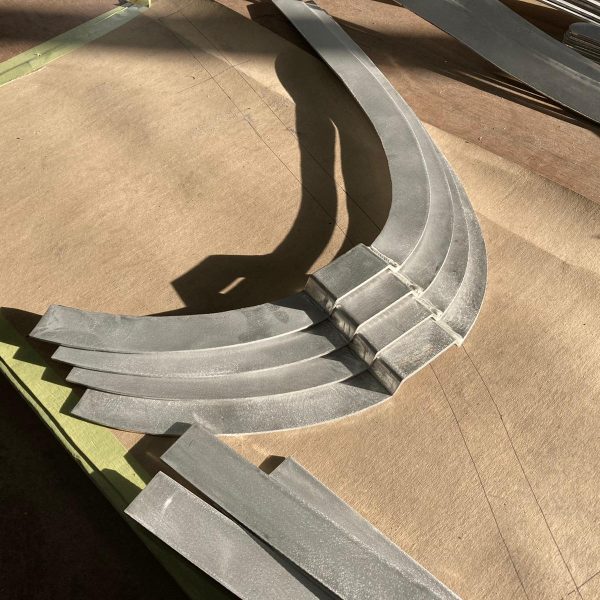
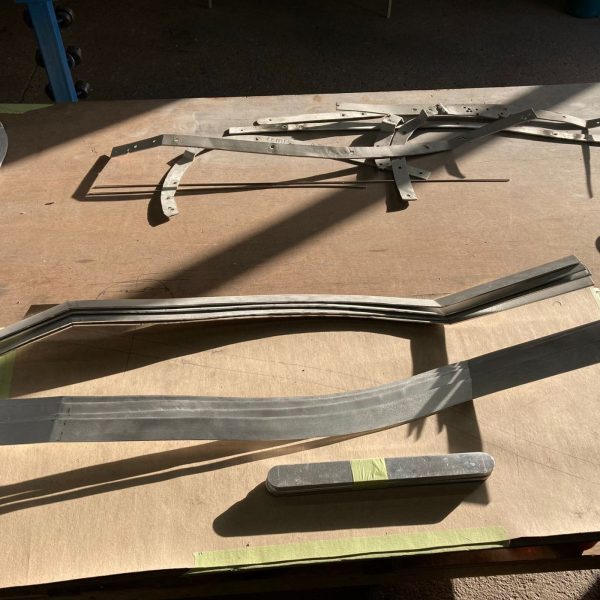
On the 19th October 2022, at 1 pm, an H and H Classics auction will take place at the Imperial War Museum, Duxford. It is here that our 1934 Riley 9 Lynx Tourer will be available for sale.
This beautiful classic car has been with us for a little while but, the time has now come for it to move on to a new owner. If you want to know more about how you can become the new owner, take a look at it on the H and H website here.
H and H describe our 1934 Riley 9 Lynx as:
“Introduced in 1933, the Lynx Tourer had much in common with its similarly rakish and elegant Kestrel Saloon sibling. Notably low-slung, both were four-seaters that placed their occupants between the front and rear axles. Powered by a ‘sports’ version of the Coventry marque’s advanced ‘twin-cam’ four-cylinder 1087cc engine mated to four-speed manual transmission, the pair enjoyed a level of performance that belied their 9hp tax rating. Based around a ladder-frame chassis equipped with all round semi-elliptic leaf-sprung suspension and bias-adjustable drum brakes, they were known for their crisp handling too.
Recently repatriated to the UK, ‘AXR 525’ is offered finished in a vivid Blue with a Black full leather interior. A 1934 Riley 9 Lynx Tourer, from the second year of production, the car hides its 88 years incredibly well. The car has lived part of its life in South Africa where the climate appears to have preserved both its paint, wood, bodywork and interior remarkably well, and evidently a testament to the level of care and attention given to the car by its previous owner. The Lynx Tourer comes with a UK V5C.
During the car’s residence with the vendor, we are told that it has been given an inspection by his restoration team. A ‘full’ service, carburettors rebuilt, rear lights and wiring were replaced, as well as a small repair carried out to its folding soft top roof. Additionally, the brakes have had some mechanical fettling, with adjustment all around and road tested on several occasions by the vendor. The gearbox is described as working smoothly, and the engine runs evenly and is said to be balanced through the revs. This is an attractive example of the 9 Lynx Tourer built by Riley which still wears its original brass chassis plate on the top of the firewall. A pre-war classic that would be a beautiful addition to an existing collection or as a single pride and joy for an enthusiast owner.“
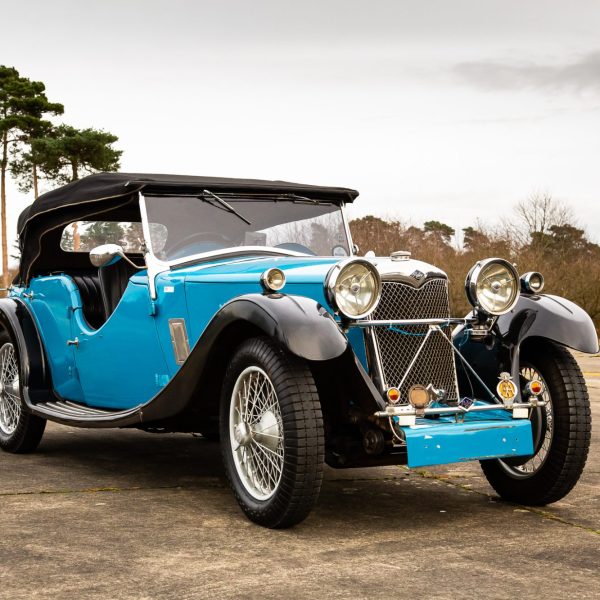
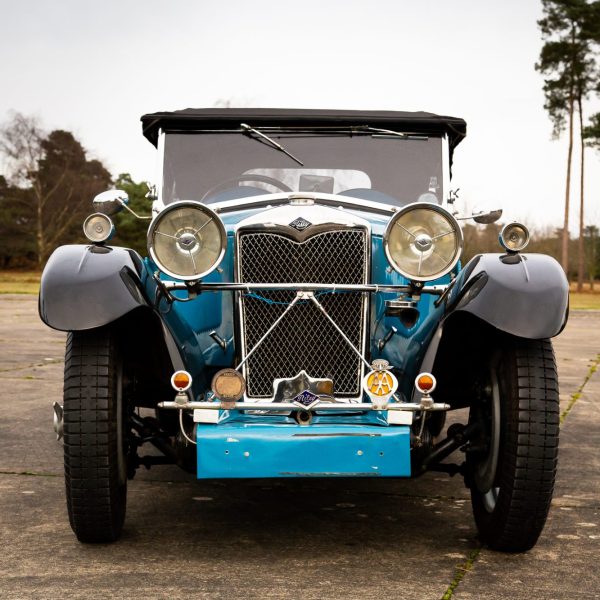

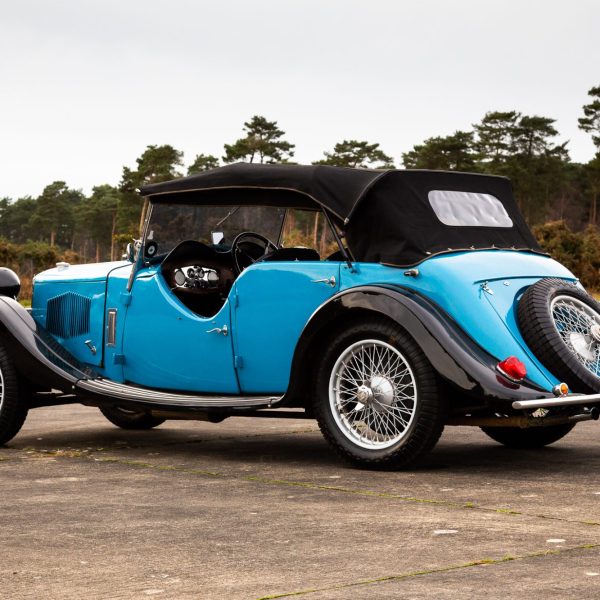
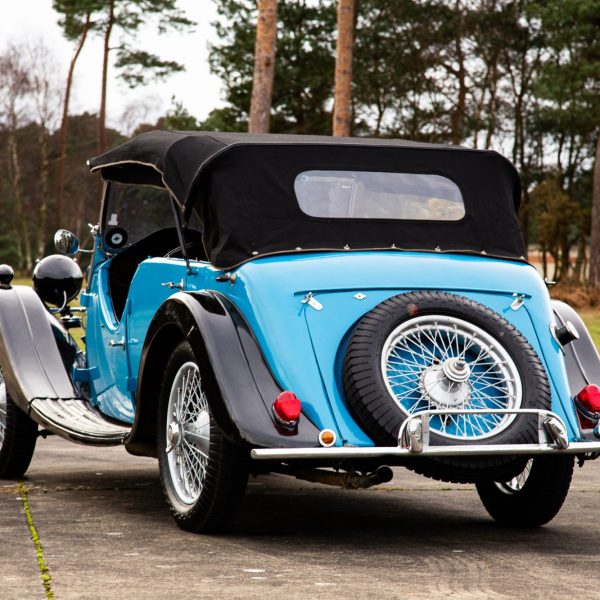

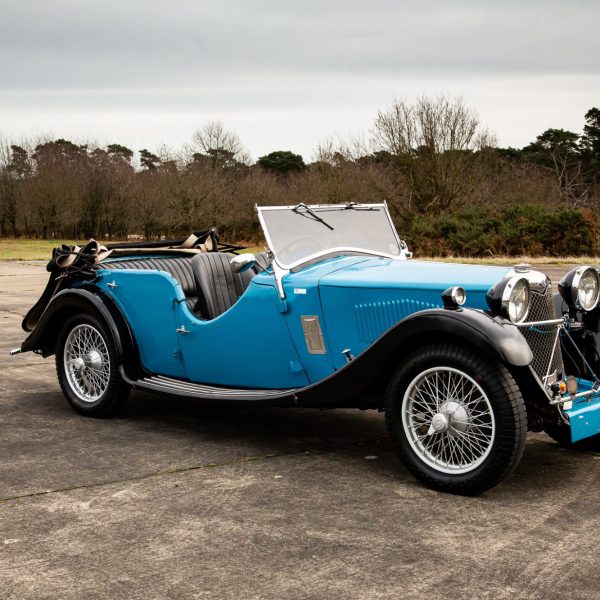
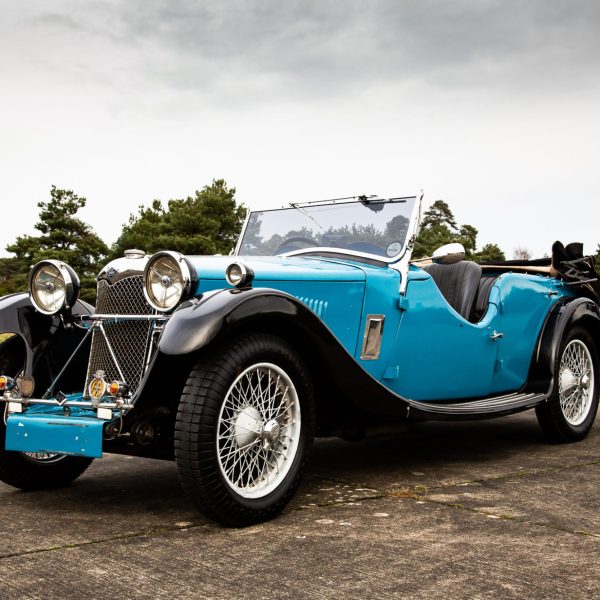
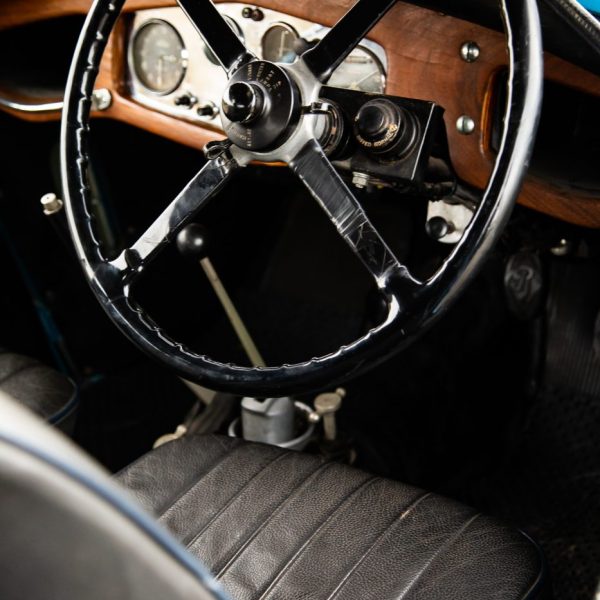
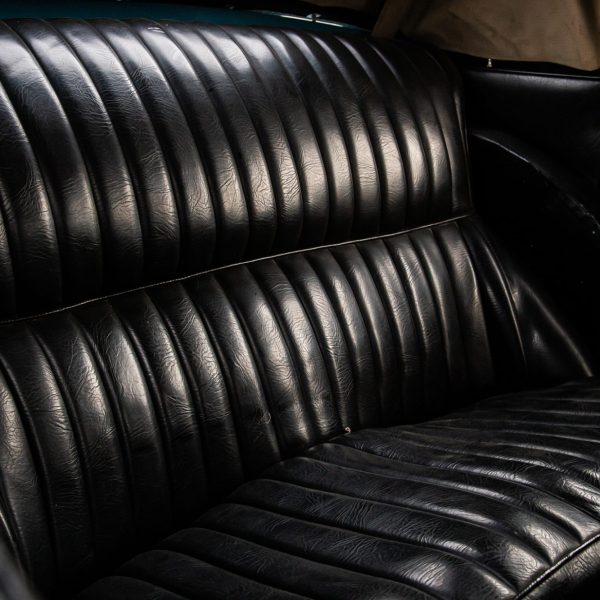
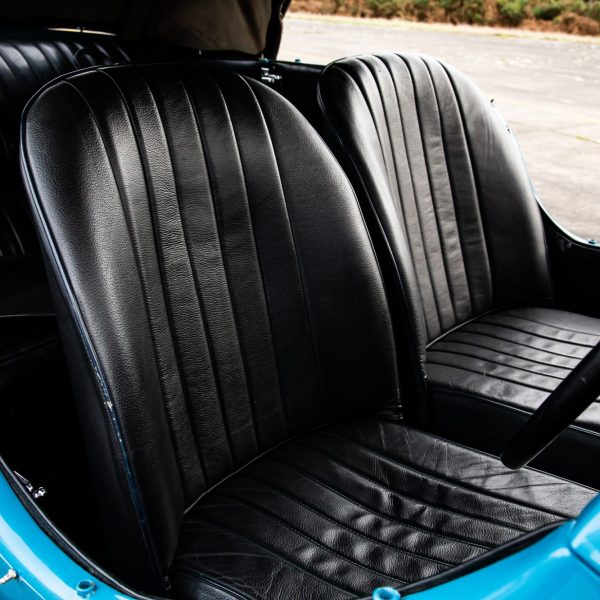

For the last few weeks, the interior of our 1958 Jensen 541R has been getting lots of attention from Lydia and Brian. Recently, Lydia turned her attention to the boot of the car – specifically, the boot carpet.
After lots of measuring, cutting, making patterns, and double-checking everything, Lydia was able to get the boot carpet fitted and looking good.
Restoring a classic car isn’t just about getting it running and making the bodywork look good. At Bridge Classic Cars, every part of the car gets the same levels of attention, including areas that most people won’t see – like the boot.
While Lydia was busy working in the boot, Brian was busy completing more work on the interior of the car. He fitted carpet to the front and rear footwells, the bulkhead, and trial fitted the handbrake carpet.
Brian also fitted the sliding covers to the kick panels and cut the sound deadening for the transmission tunnel before glueing it to the tunnel and cutting out the required access holes.
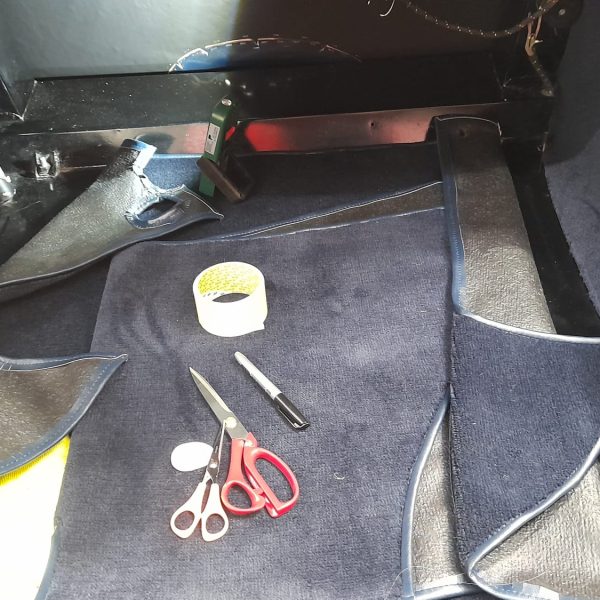
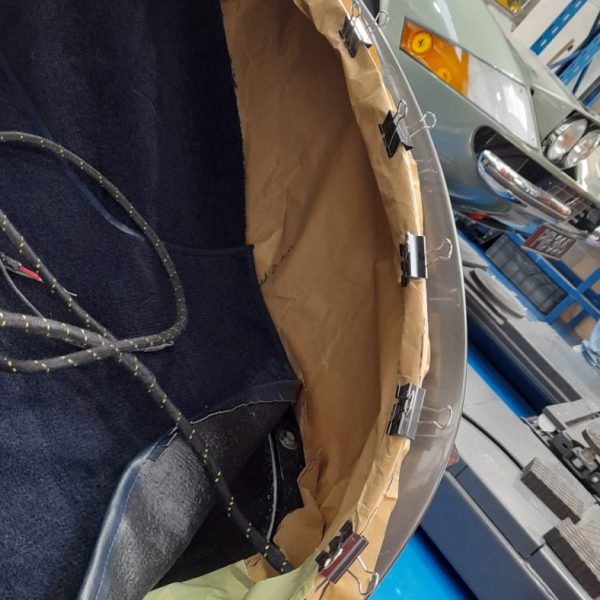

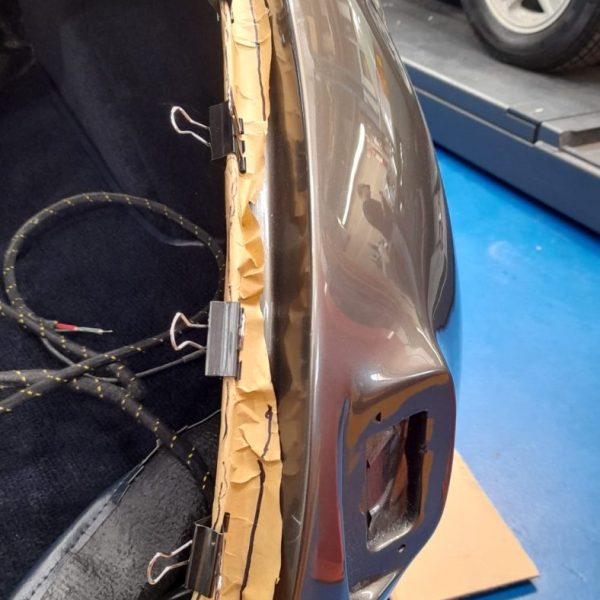


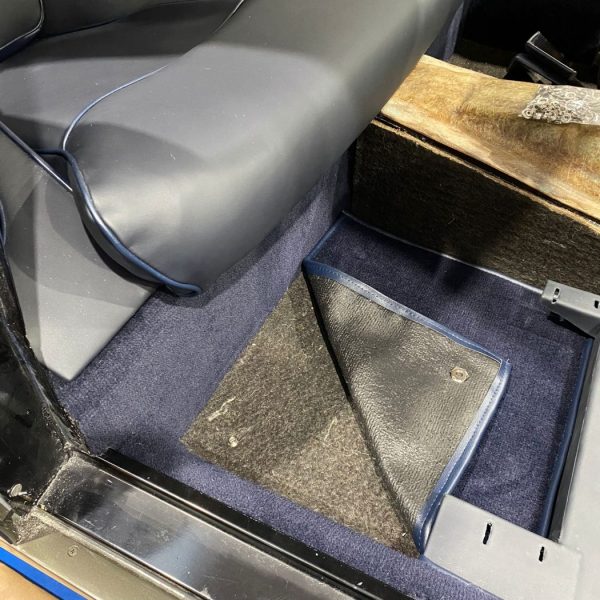
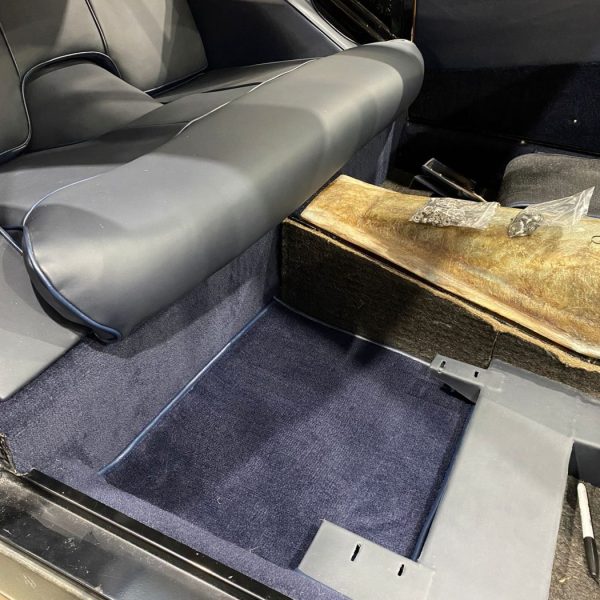
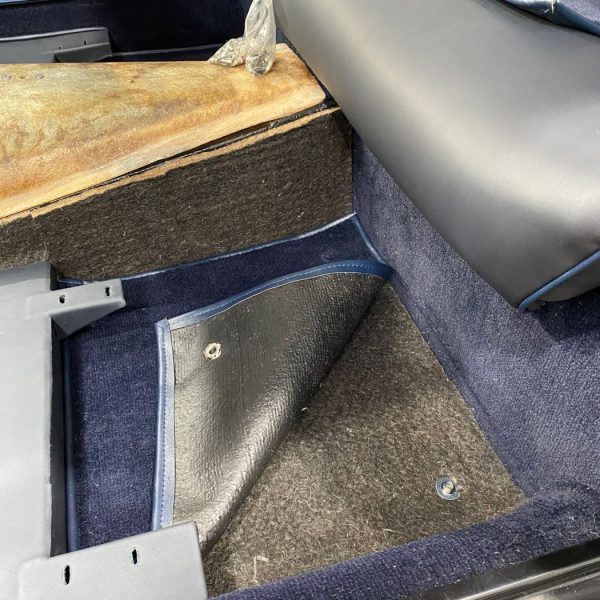
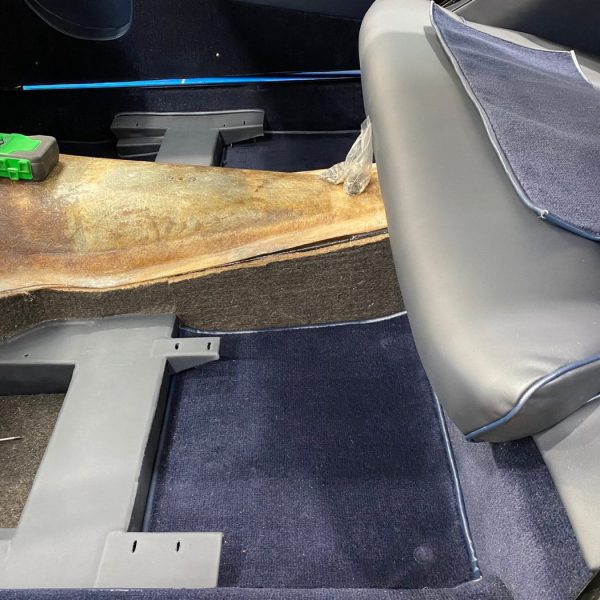
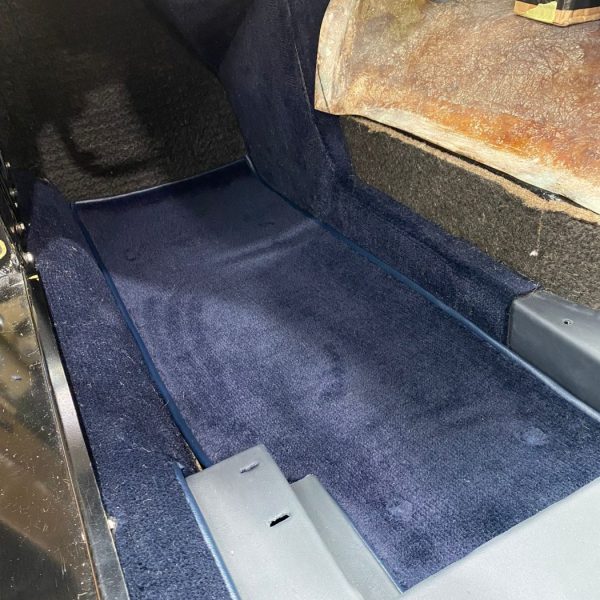






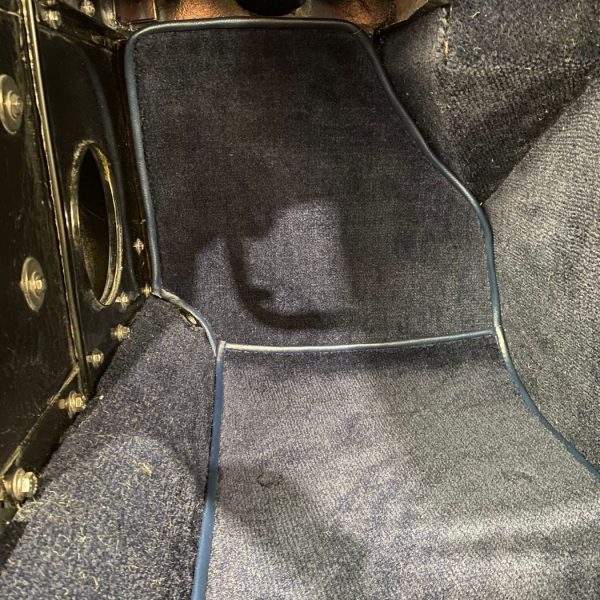
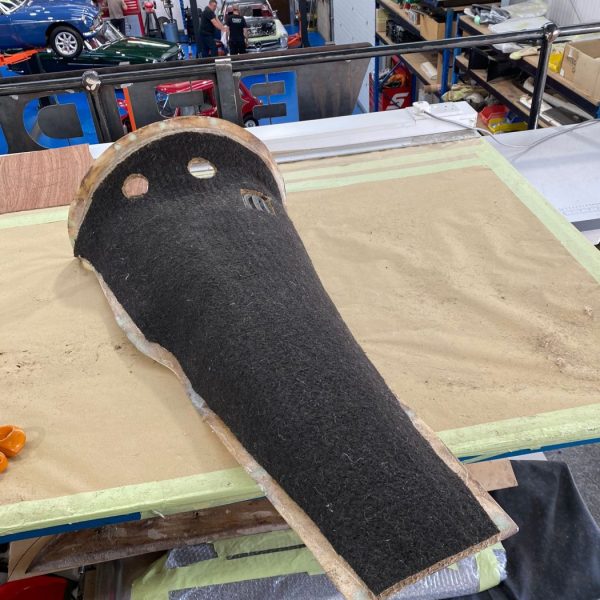
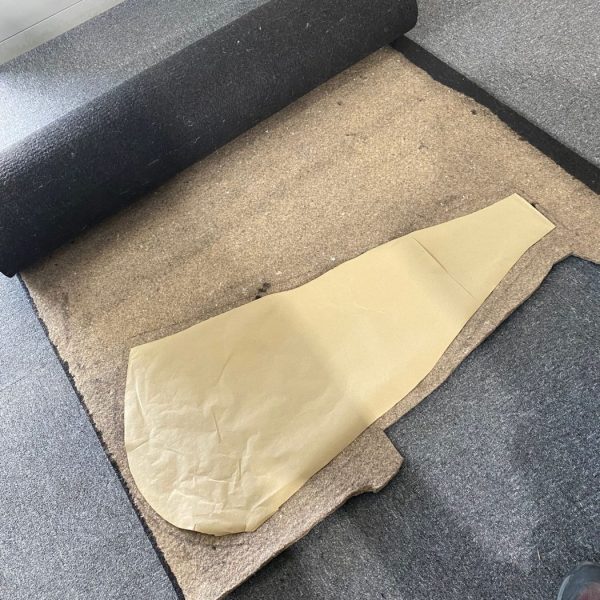
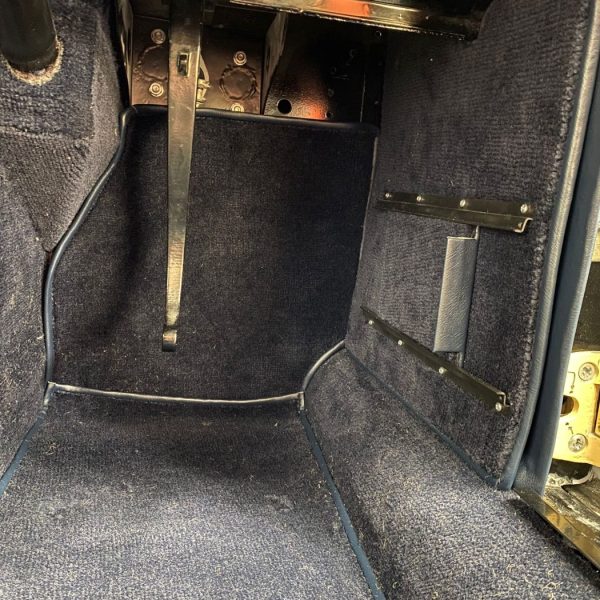


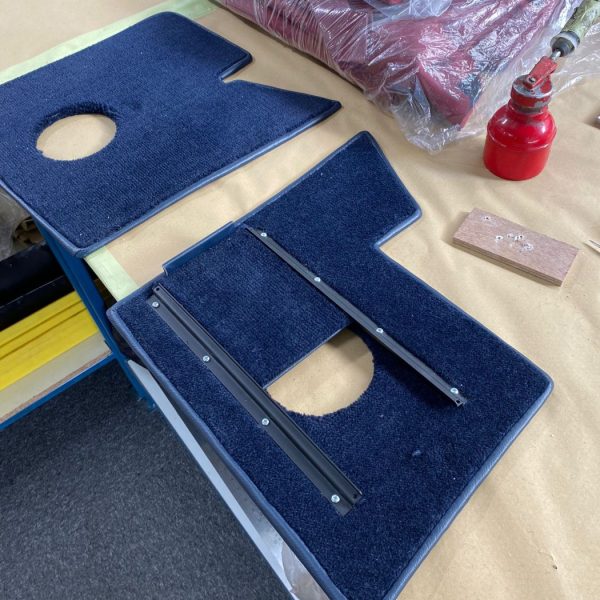



It’s mad to think that our incredible collaboration with Lotus and Community Sports Foundation, that saw Alex win the truly special and unique Lotus Elise Sport 240, was almost a year ago!
Earlier today and we caught up with Sam and the team from CSF at their stomping ground to see Norwich City take on Preston North End. We were also joined by Norwich City legend Bryan Gunn.
It wasn’t the best result for the home team as Norwich City fell to defeat, losing 3-2 at Carrow Road.



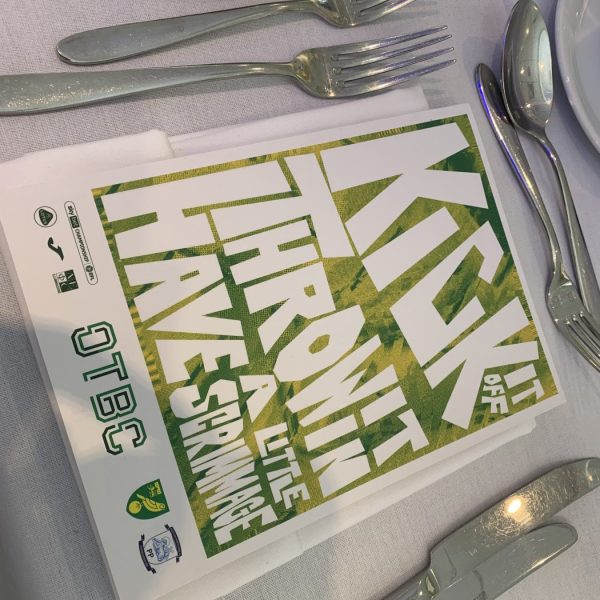
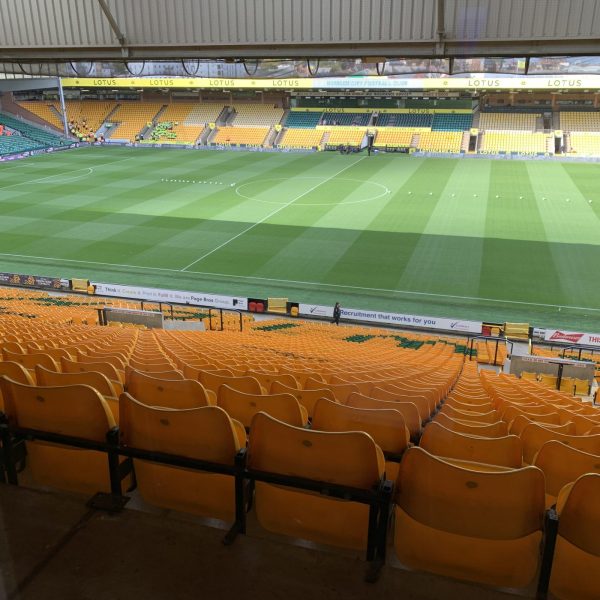
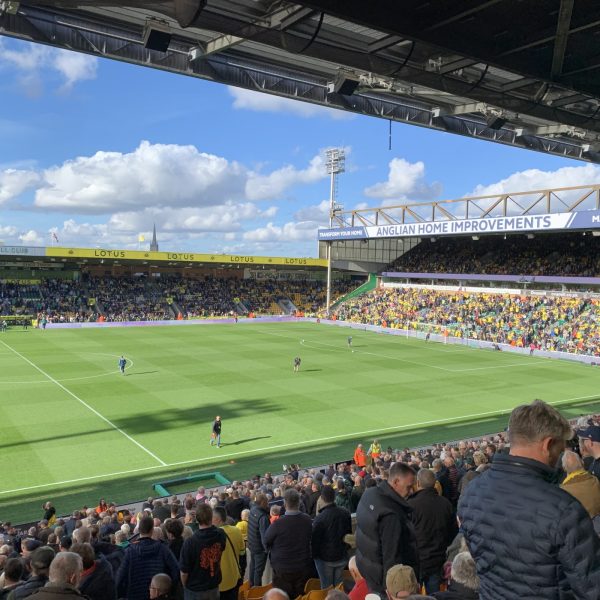
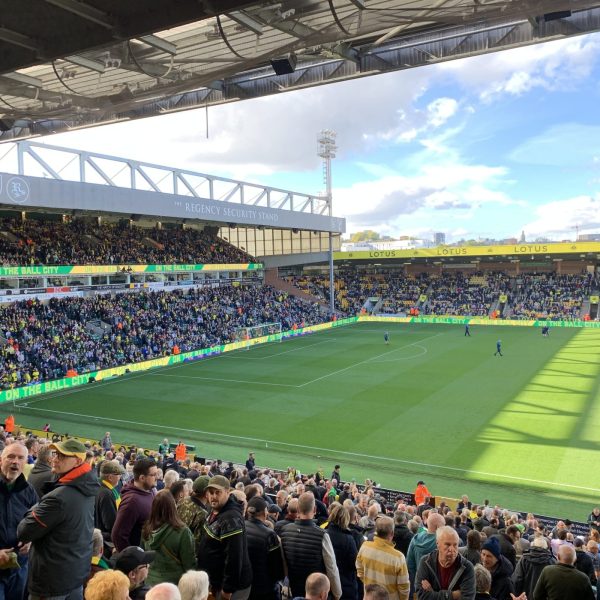

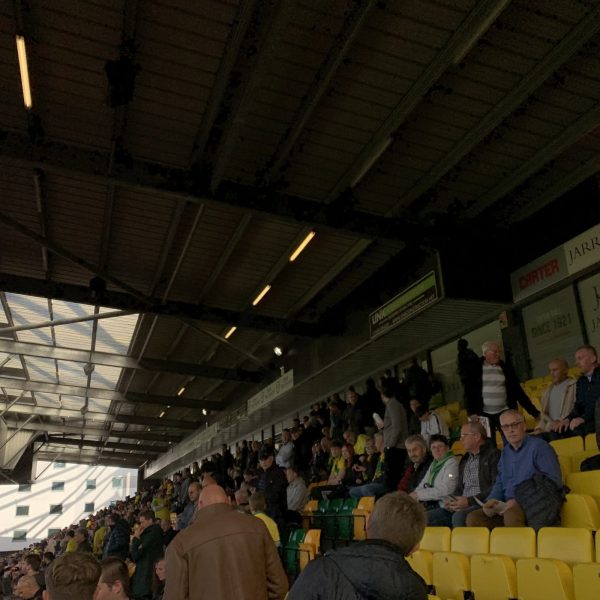
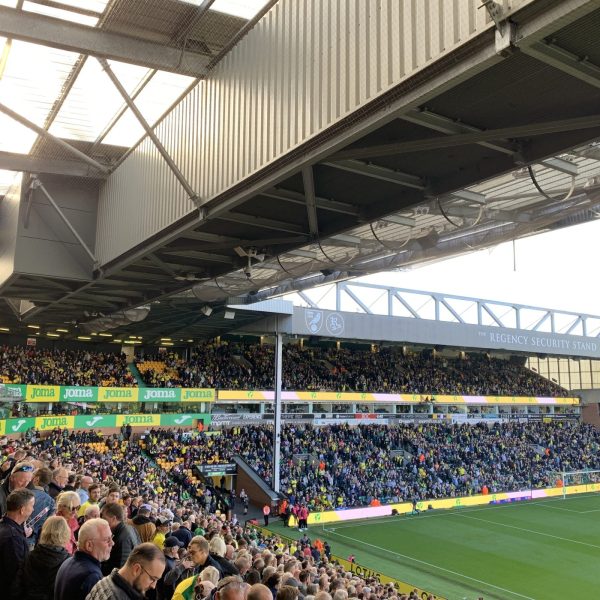

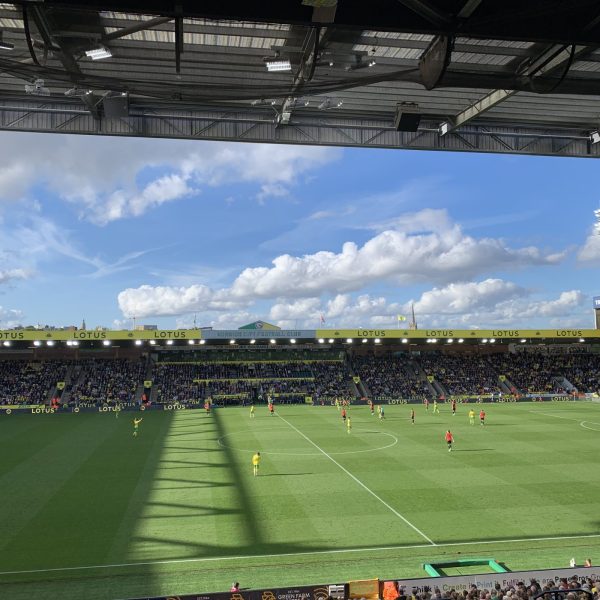
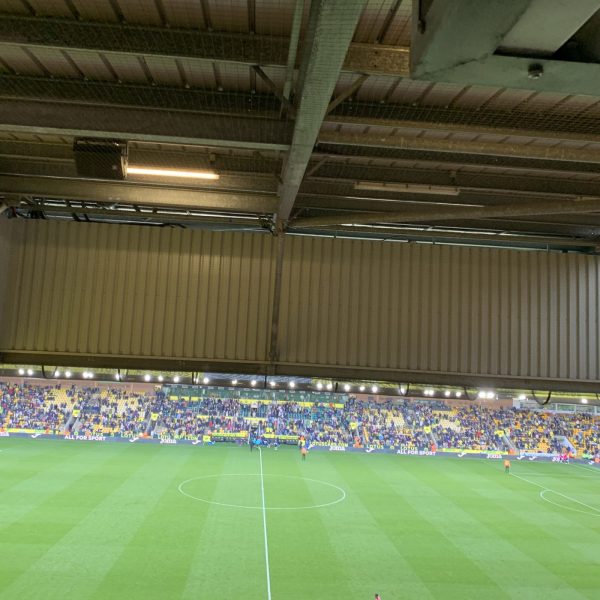
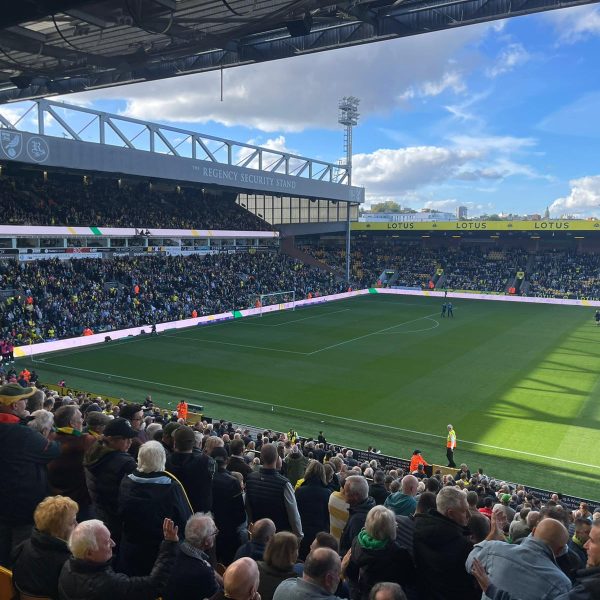
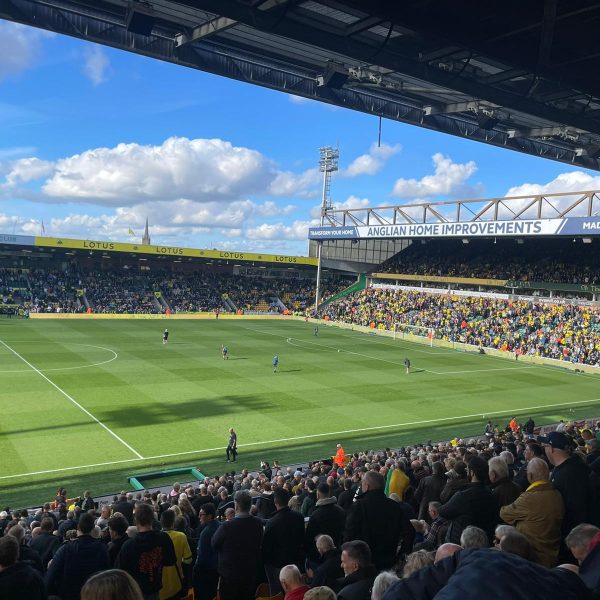
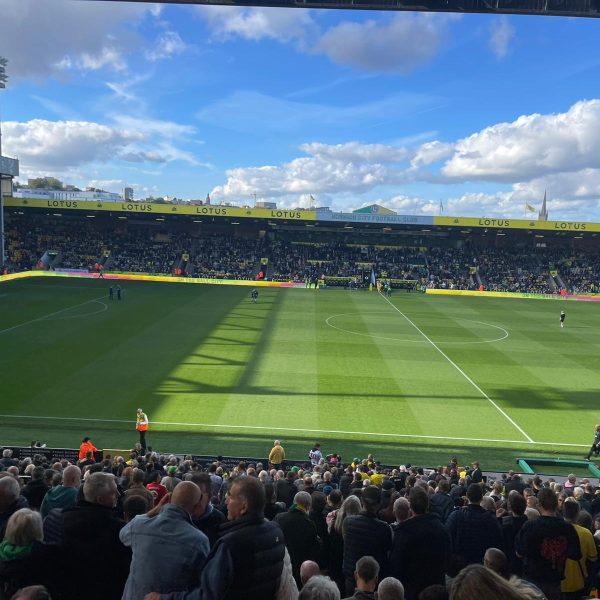
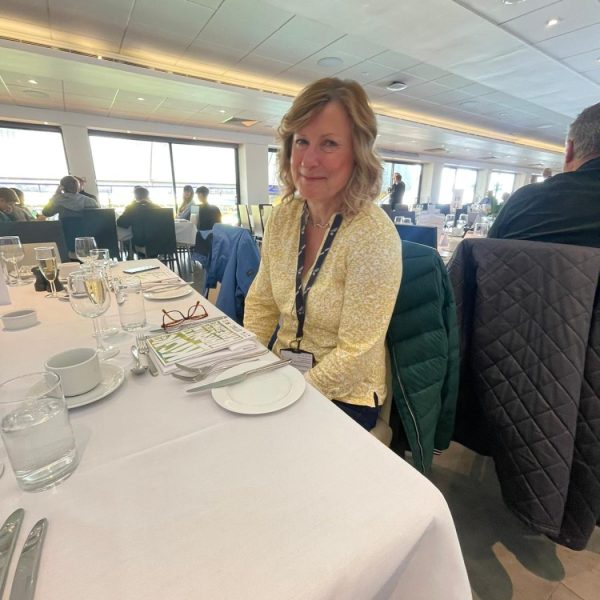
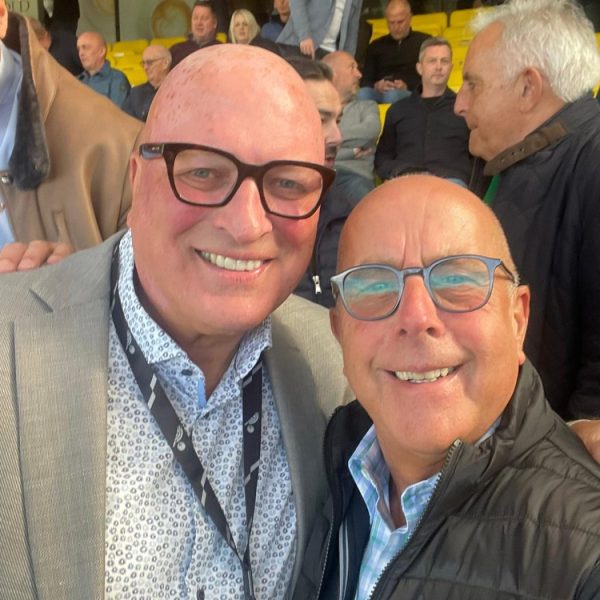
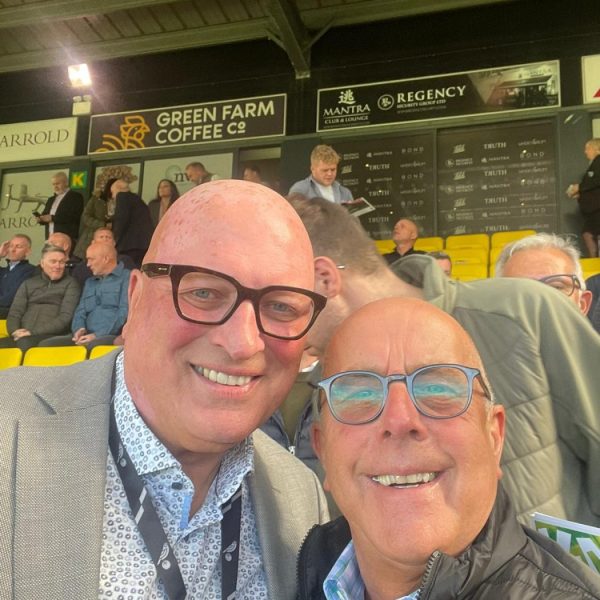
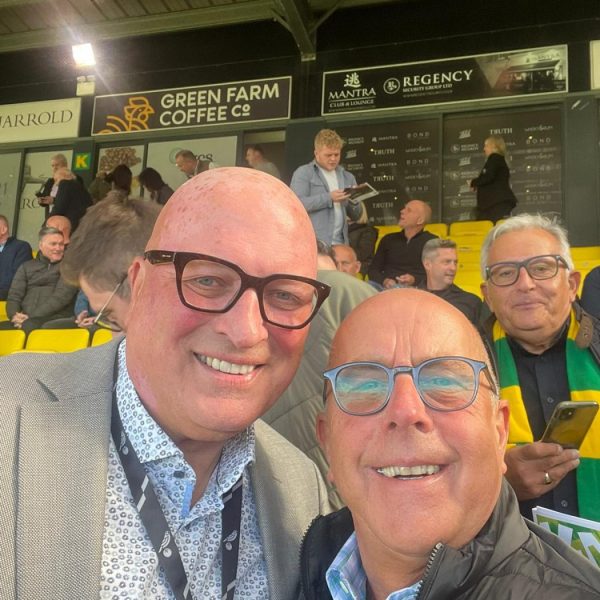


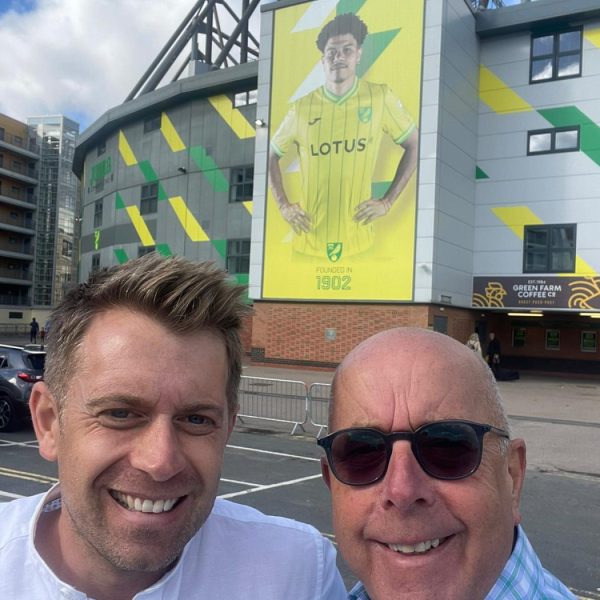
Thank you all at Community Sports Foundation and Norwich City for your wonderful hospitality and we look forward to inviting you to our territory next, Portman Road!!
Work has been completed on the inner wheel arch of our 1987 Volvo 240GL. This involved using seam sealant and adding an additional coating to the arch for added durability and toughness.
Our 240GL continues to move through its restoration journey and this work, along with its fresh coat of paint, has it looking almost brand new again already.


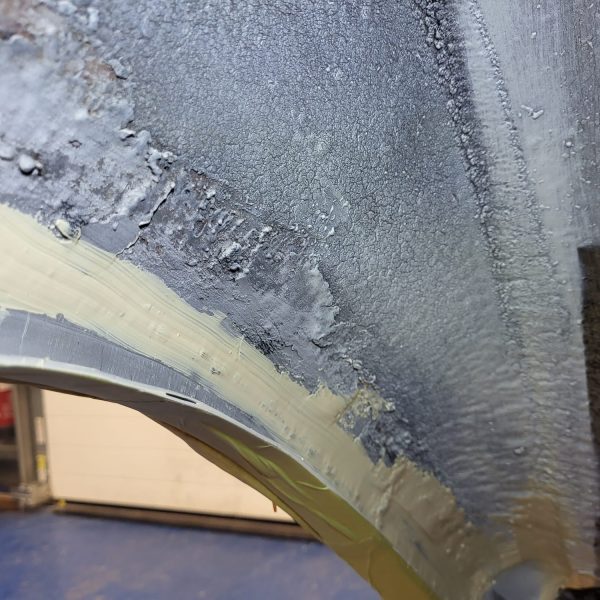

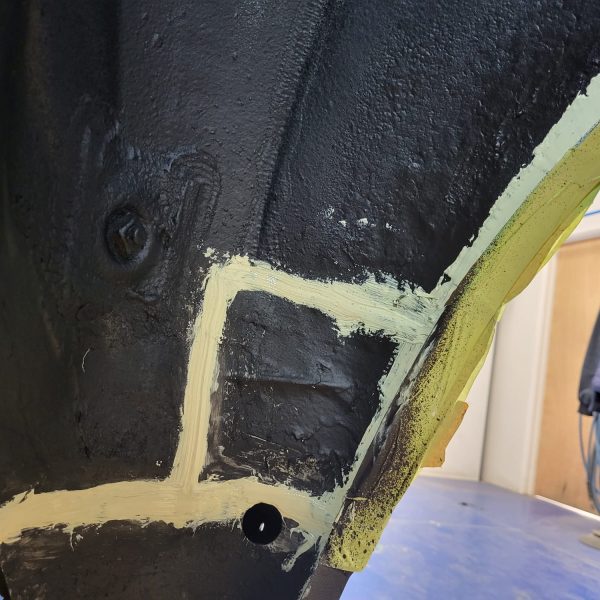
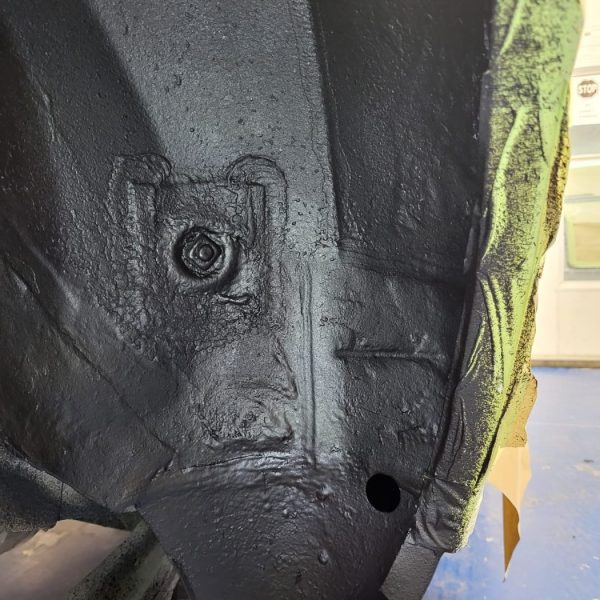
Our 1905 Riley 9HP has been in the Bridge Classic Car workshop for quite some time now. Restoration work on a car like this is extremely complex and can only be done by expert classic car technicians.
Dave has been putting his close to five decades worth of experience to good use by getting more work done on this truly unique car. If you haven’t heard the story of our Riley 9HP before, then it’s one you should definitely make yourself familiar with.
Firstly, the fact that there are believed to be only 3 of these cars left in existence should be enough to grab the attention of any classic car enthusiast. One of the remaining three is in the Gaydon Motor Museum, one is thought to be in a private collection, and we have the third in our workshop which is the one Dave has been working on.
Initially, our 9HP was missing a radiator. While we searched for a way to source something that could be used as a replacement, we were extremely fortunate to be offered an unbelievably rare Riley 9HP radiator that had been found during a house clearance. Not only was this radiator a match for our Riley, but it was actually very likely the radiator that had originally been in the car.
While we may have had some good luck with the radiator, the rest of the Riley has been much more challenging to restore. As there are only 3 left, there are only 2 others we could potentially look at in order to see how the finished vehicle should look.
We were offered the opportunity to visit the Riley 9HP in Gaydon Motor Museum which we took and were able to get a whole load of photographs that would hopefully help us rebuild this incredible car. It’s these photos that Dave has been using as a reference to try and bring everything back together in its original form.
Relying on photos and a wealth of experience shows how skilled our classic car technicians really are. There aren’t too many people out there who could take on this type of work but, fortunately for us, we have experienced technicians like Dave who are determined to get the job done.
The most recent work Dave has completed on the car was making the water return pipes from the cylinder head, fitting the front stub axles with bearings, along with fitting the anti-tramp bars too.
It’s worth repeating one more time that our 1905 Riley 9HP is one of only 3 left in existence. We have one of the last remaining examples of this truly classic car and we look forward to seeing what the future holds for it.
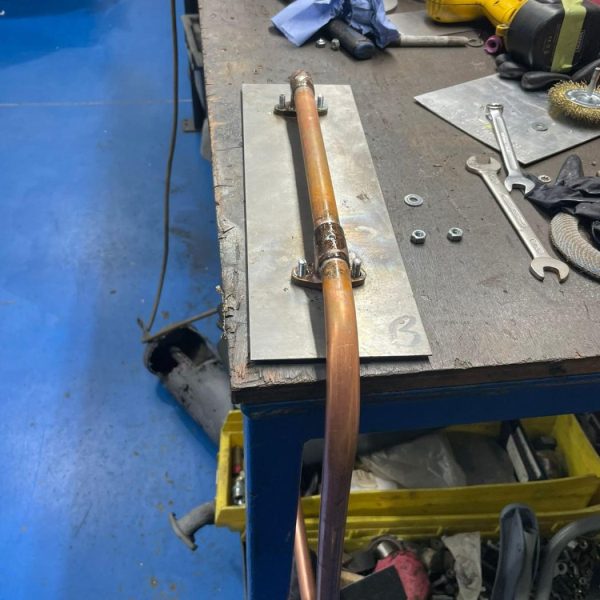


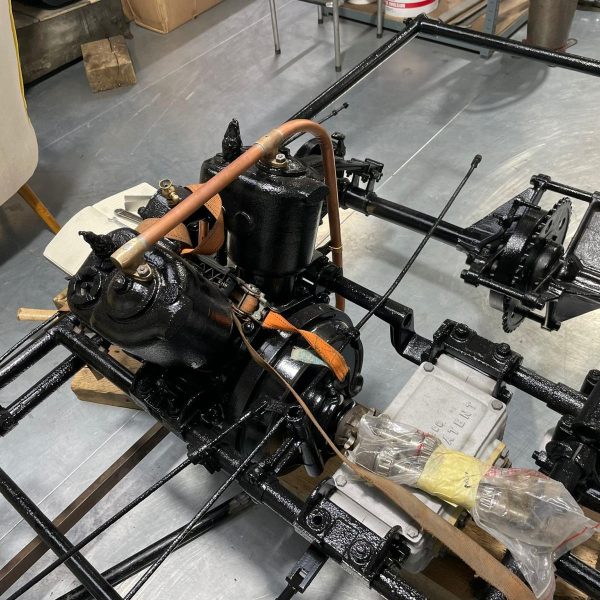
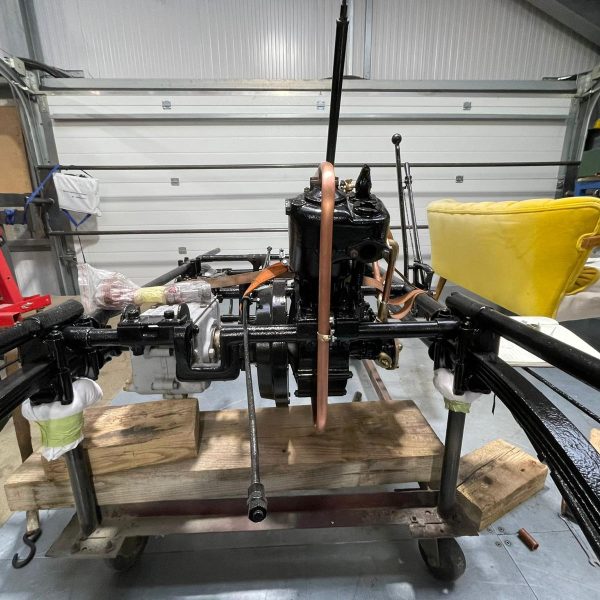
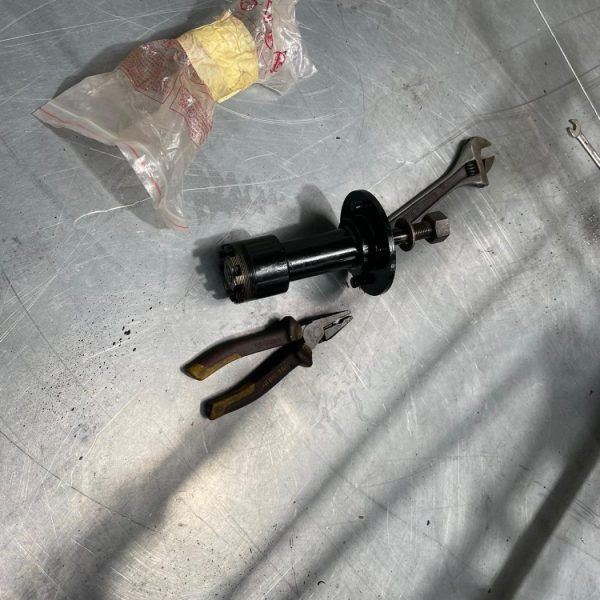
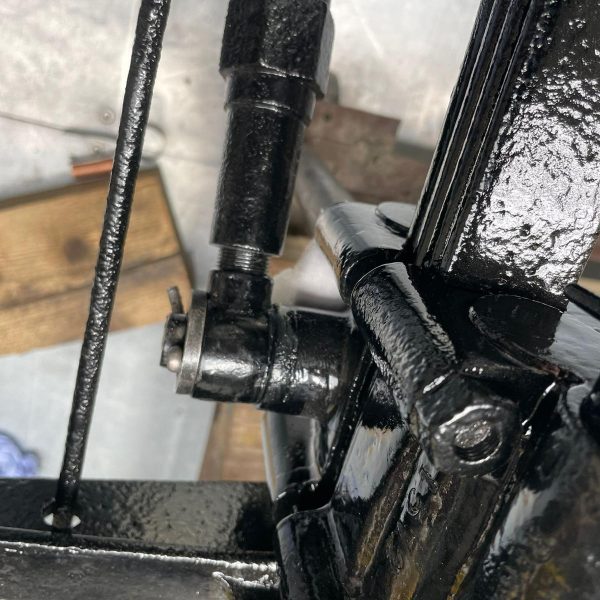
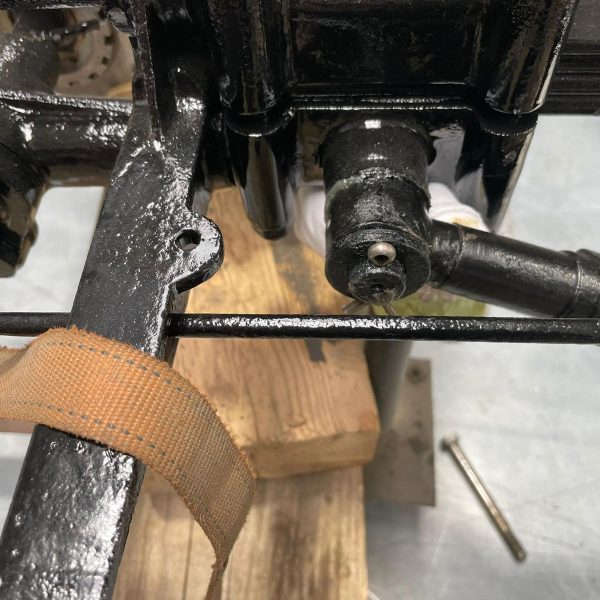
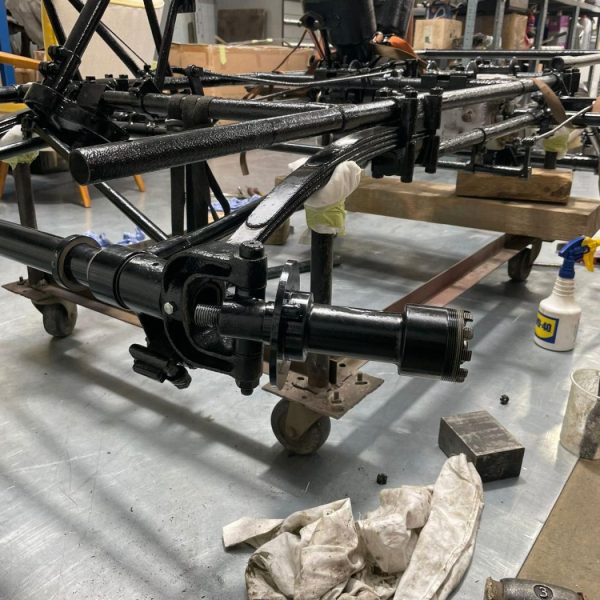
Classic car technician Rob has been making and fitting the new brake and fuel lines for our 1978 MGB GT.
He also fitted the brake master cylinder, which brings the car one step closer to being able to get back out on the road.
Other work continues on the MGB GT in the form of more trim being installed. This helps the car look much closer to how the finished restoration will look.
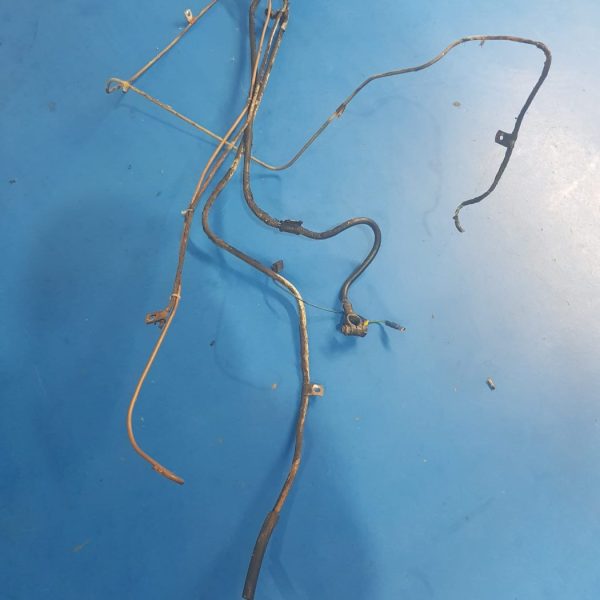

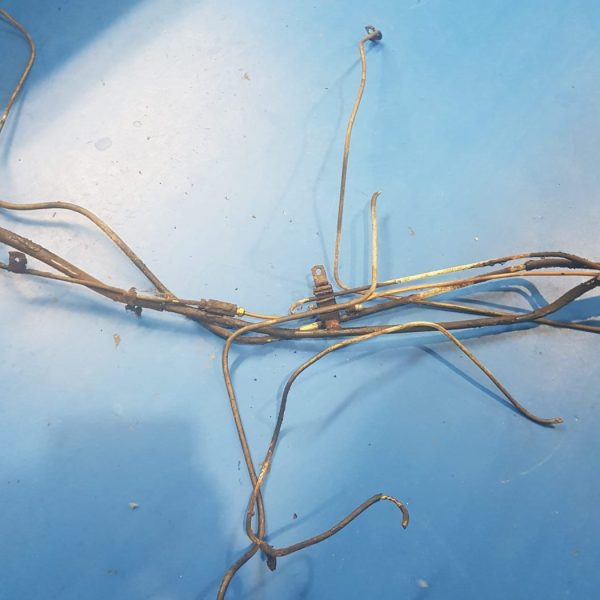

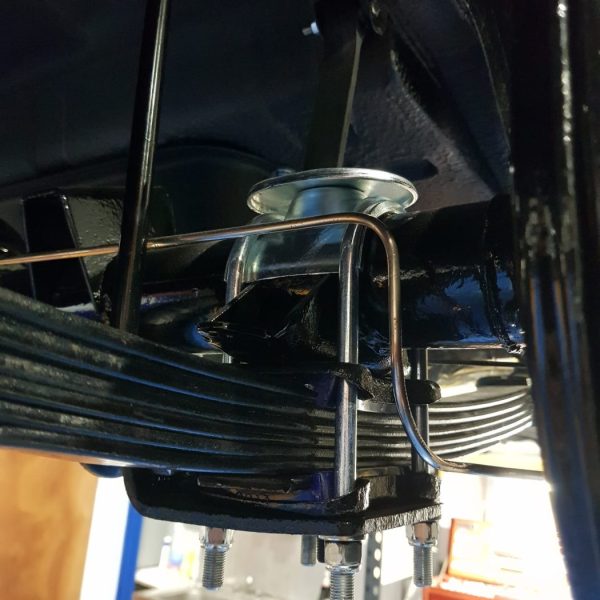
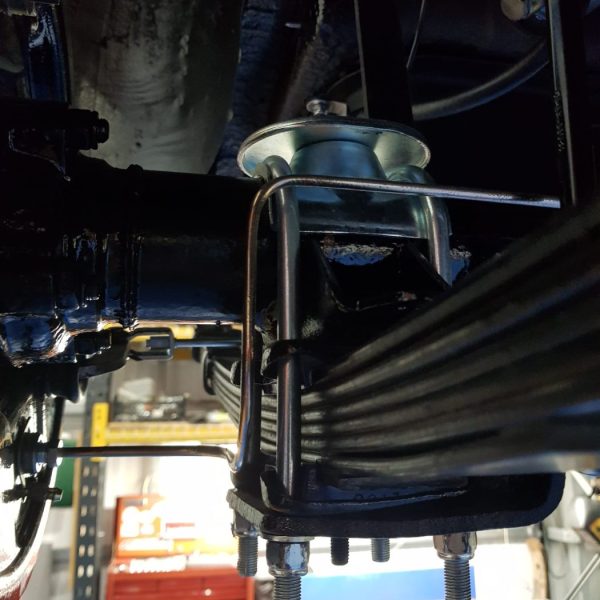
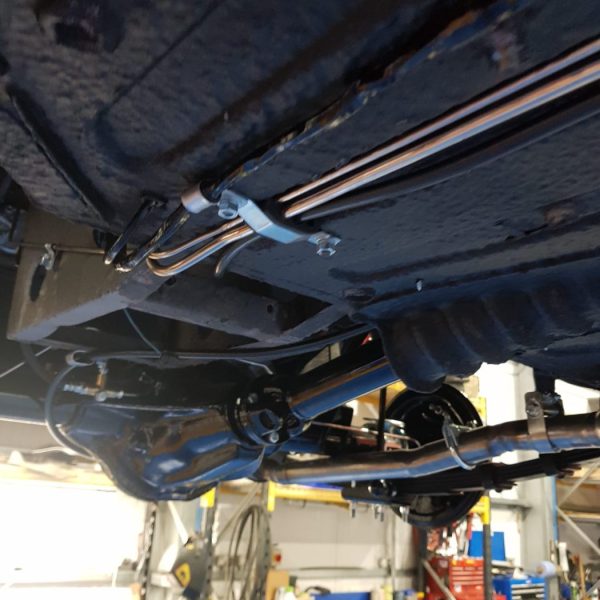


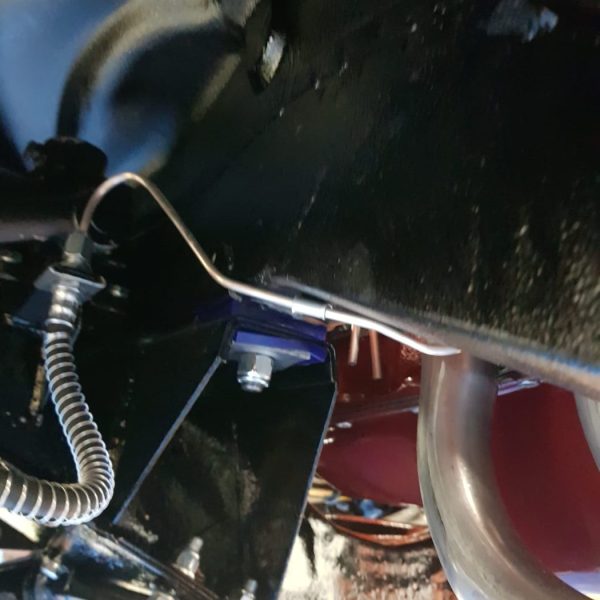
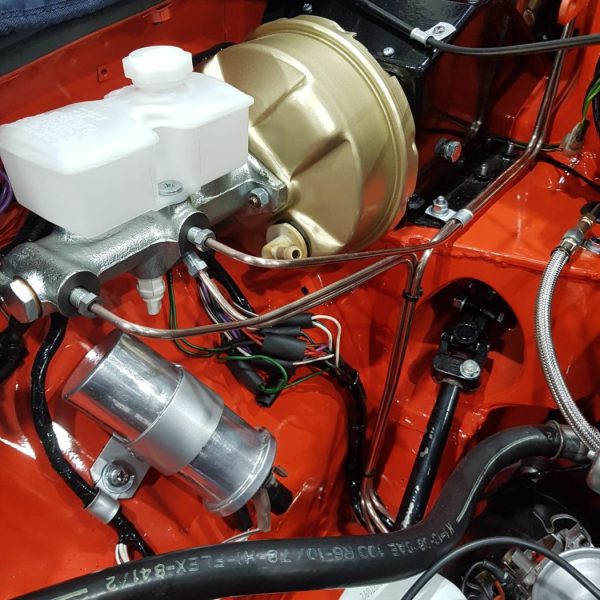
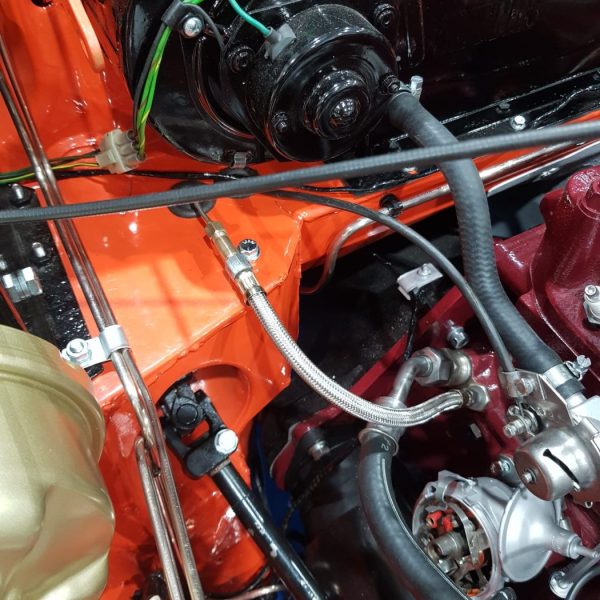
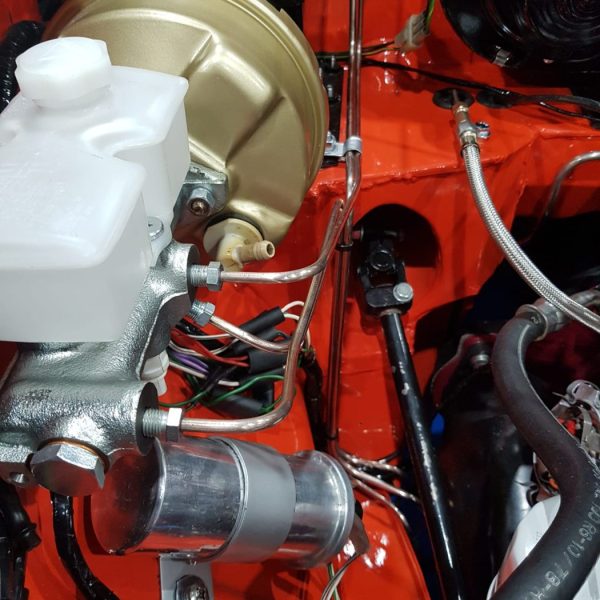
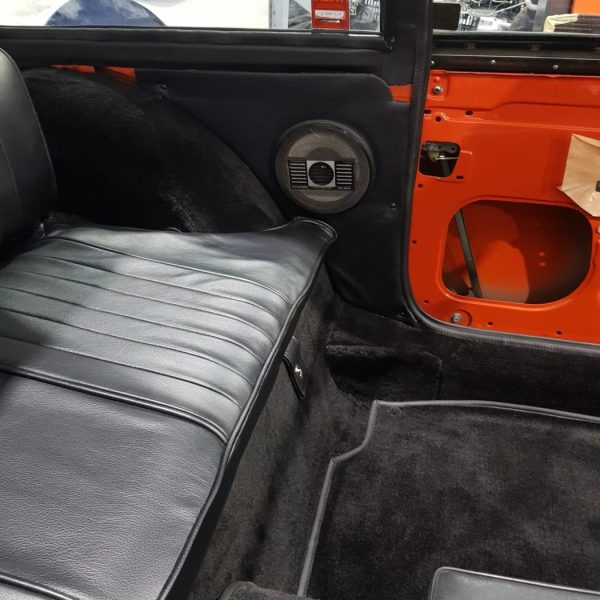
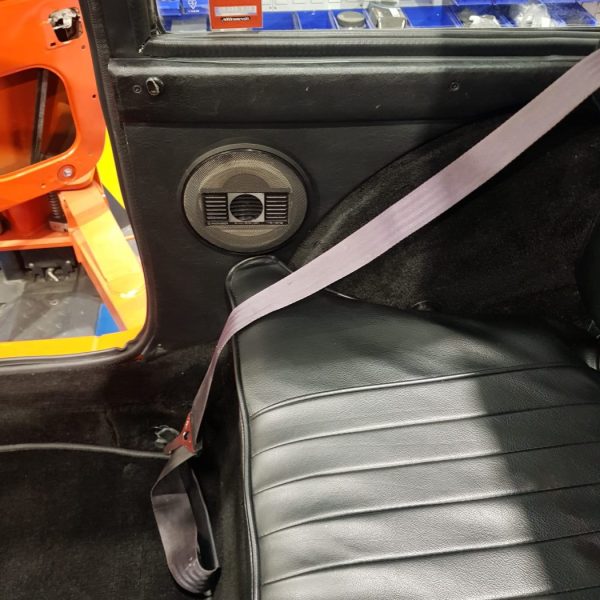
Brian continues to work on the interior of our 1958 Jensen 541R. He finished cutting the centre section foam to fit around the centre pad before glueing the cover and calico backing down and fitting the brackets.
Brian then installed the rear seat into the car and it looks great!
The interior continues to look better and better with each task being completed. The rear seat looks comfortable and we’re sure any passengers who eventually sit on it will agree too.




Our 1960 Rover 80 came into our workshop after we took it on as one of our current projects from a previous customer. As much as we think this car has huge amounts of potential and will very likely go on to be a beautifully restored car, the time has come for it to leave us and move on to a new owner, as our workload is too full to complete it ourselves.
There is some rust on the front nearside wing but, other than that, the car is complete and was running as it should when the workshop team was working on it previously.
All the details you need about the car can be seen on MyClassics.co.uk, where the car is listed for sale.



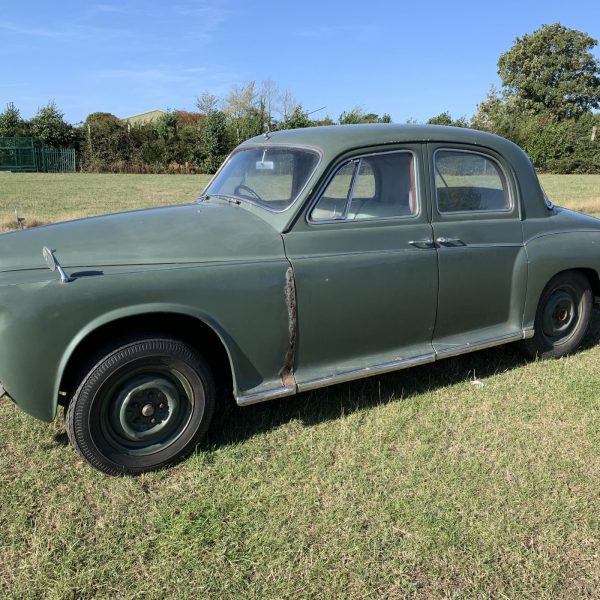

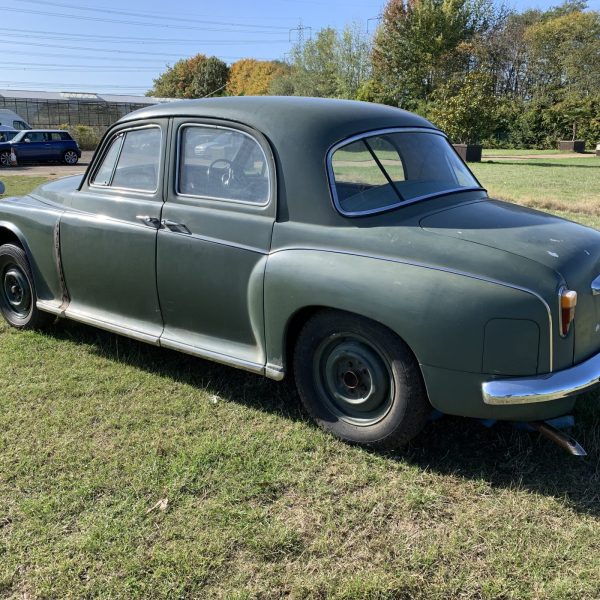

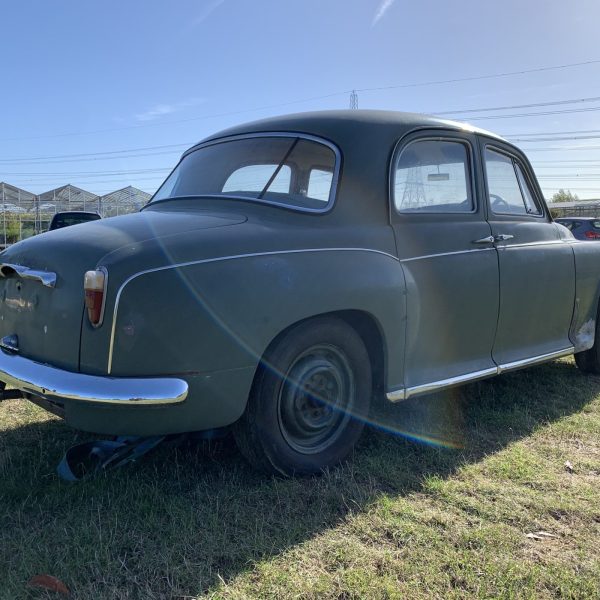
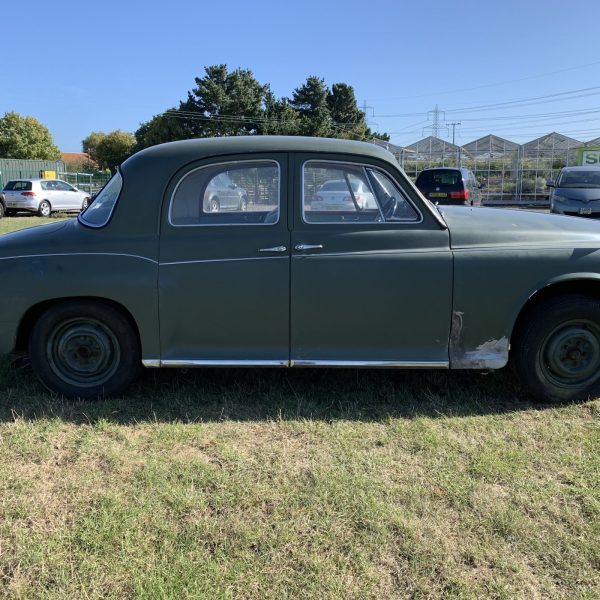
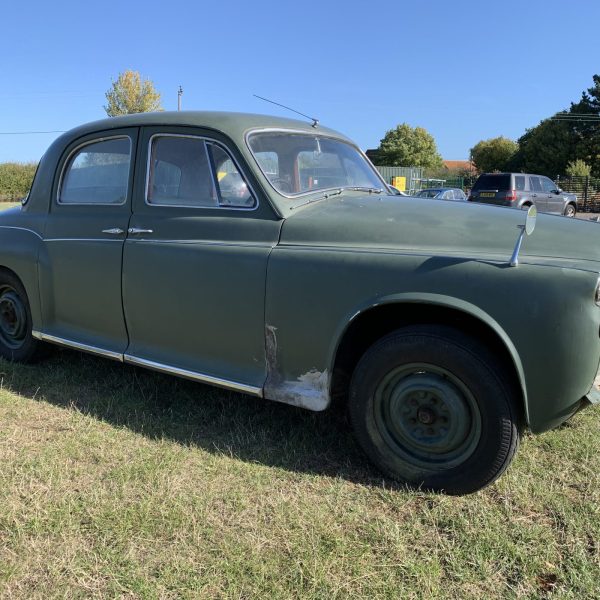
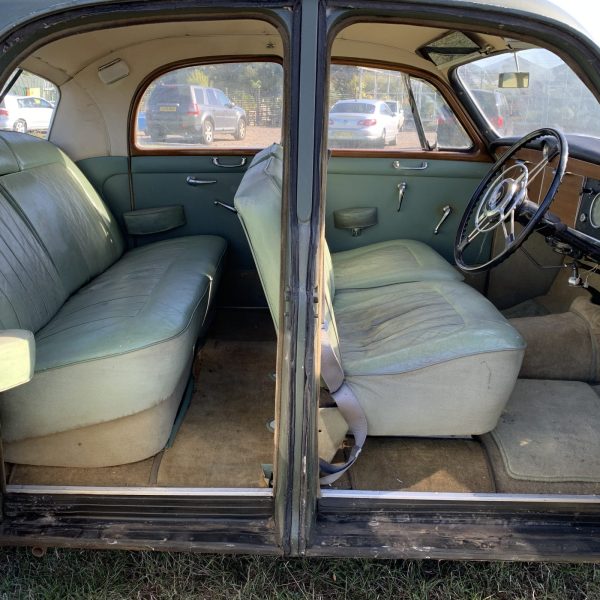


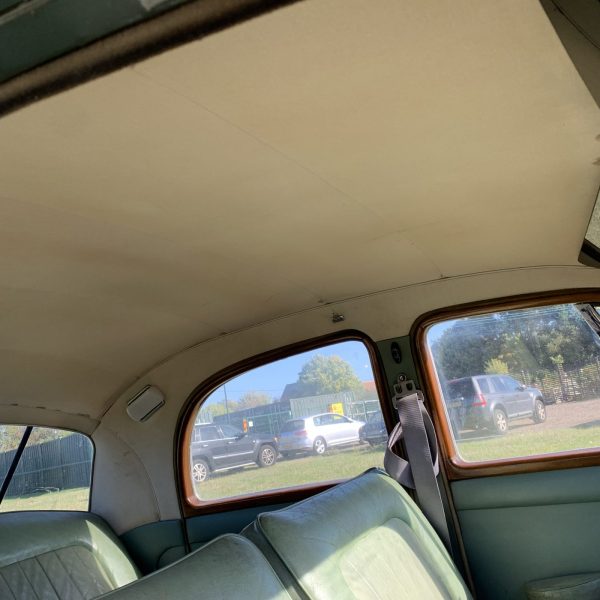
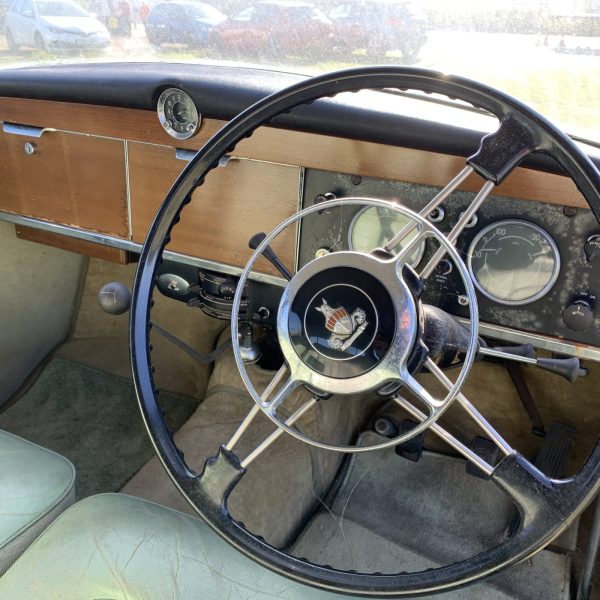
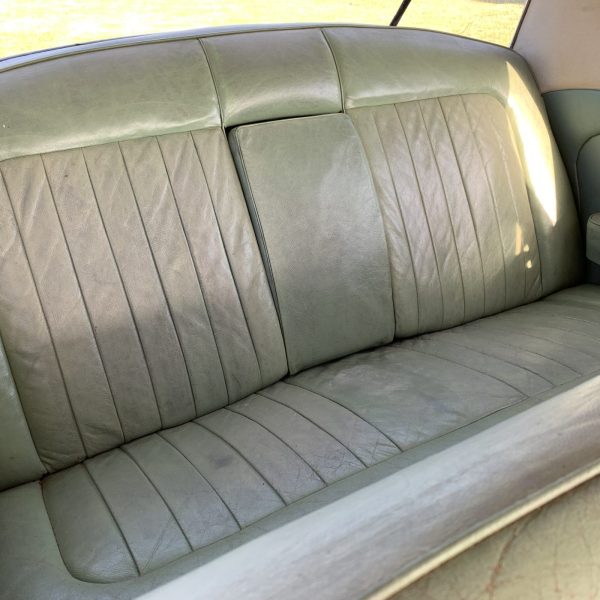
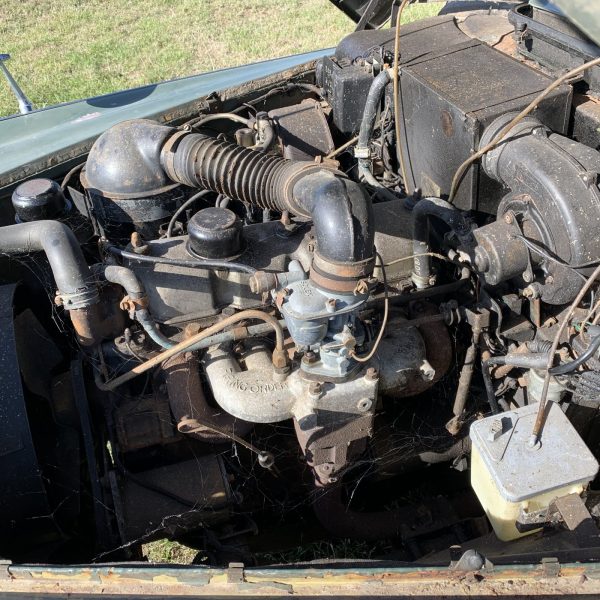
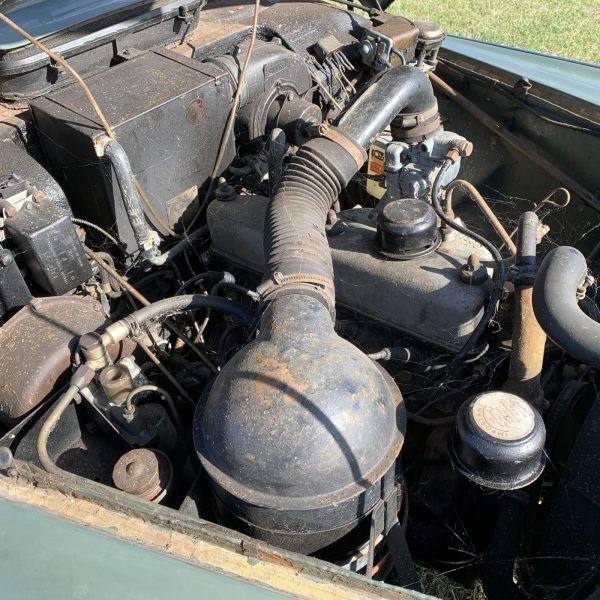
Not only has classic car technician Alan been busy repairing the fibreglass roof of our 1956 Jensen 541, but he has also been repairing a hole in the bonnet too.
He repaired the inside first by attaching some meshing which would provide more support for the repair. Once the inside of the hole was sealed, he then repaired the outside.
Repairs like this may seem small but they require high levels of skill and form an important part of the overall restoration project.
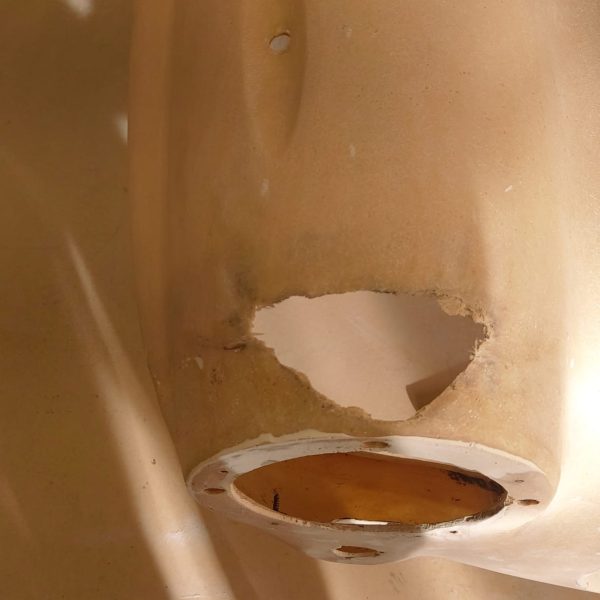
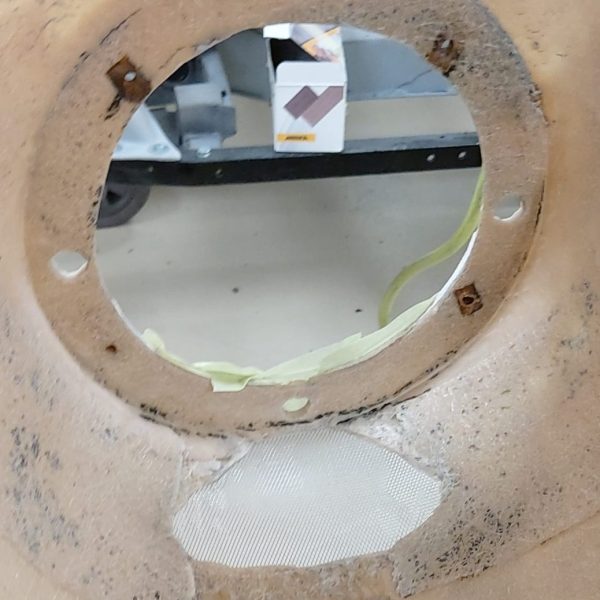
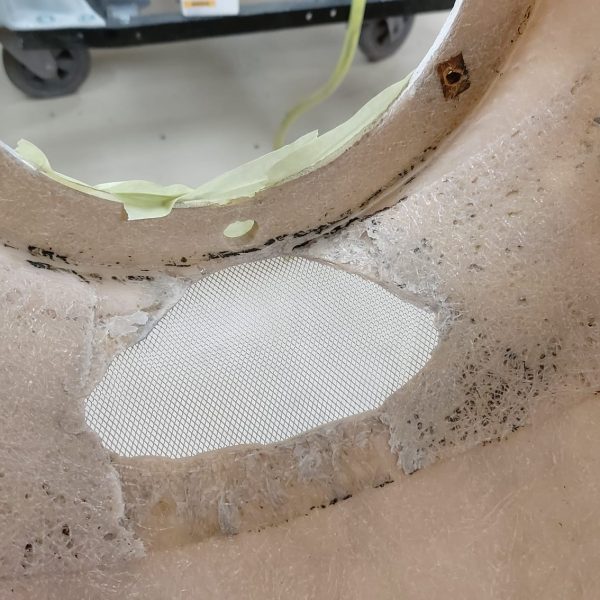
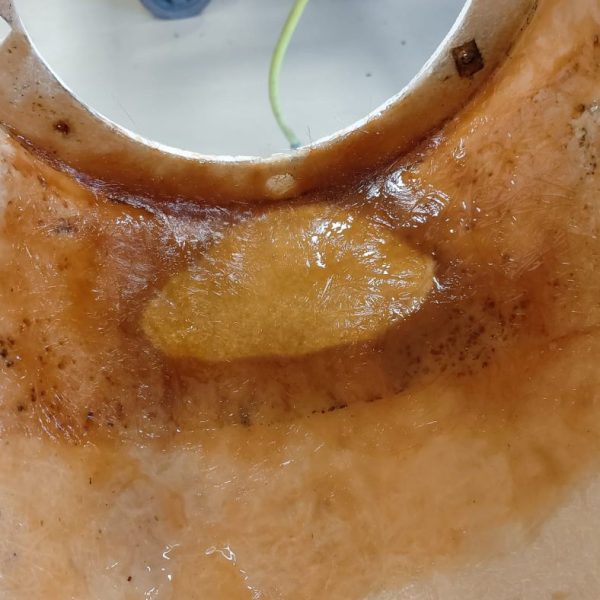

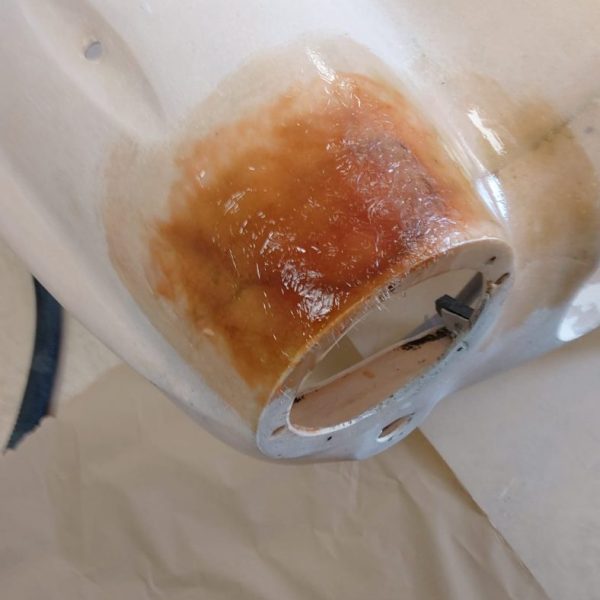
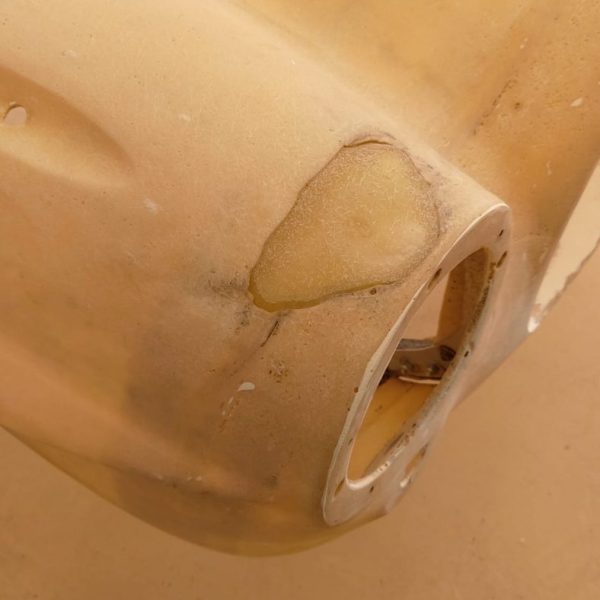
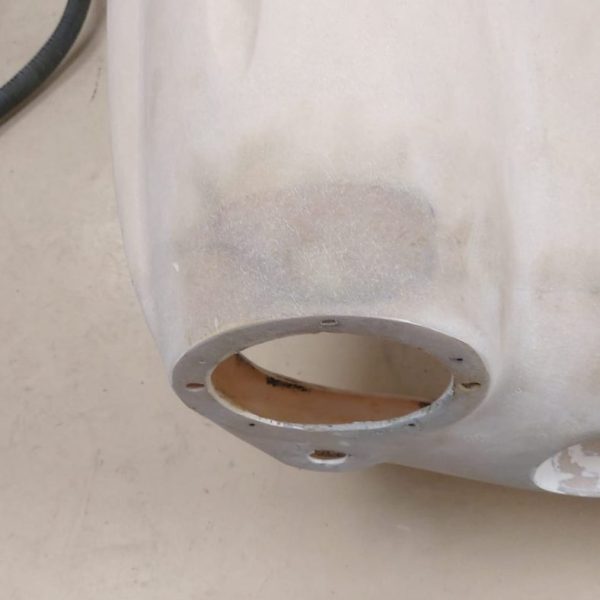
Our 1970 MG C Roadster has proven itself to be an extremely popular prize on Bridge Classic Cars Competitons.
When the Roadster went live, it didn’t take long for all of the available tickets to sell out. Unfortunately, that means, if you haven’t got a ticket for our live draw yet, you won’t be able to win it for yourself. However, that doesn’t mean you can’t enjoy how beautiful this car really is with our photos below.
We think they do a pretty good job of giving you some idea as to why this one sold out so fast!
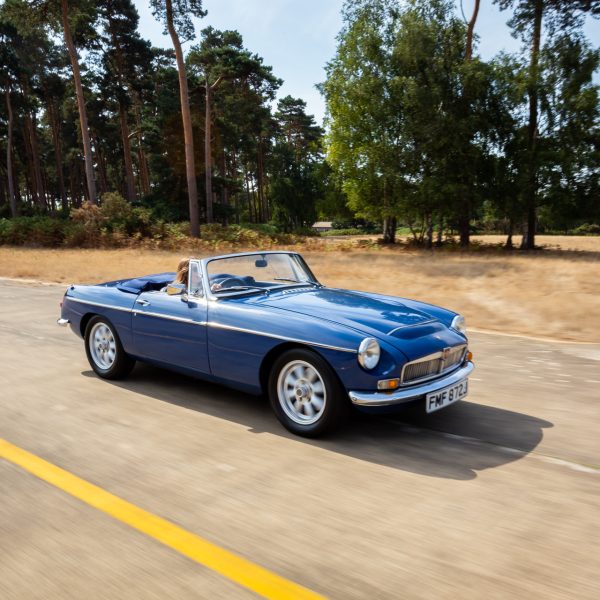
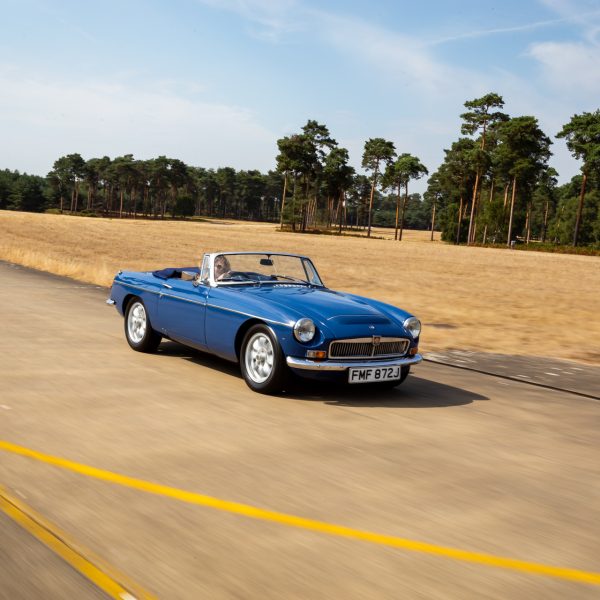
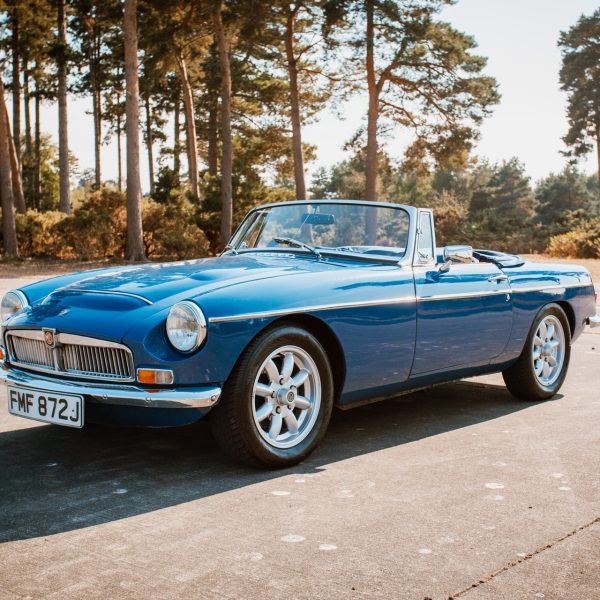



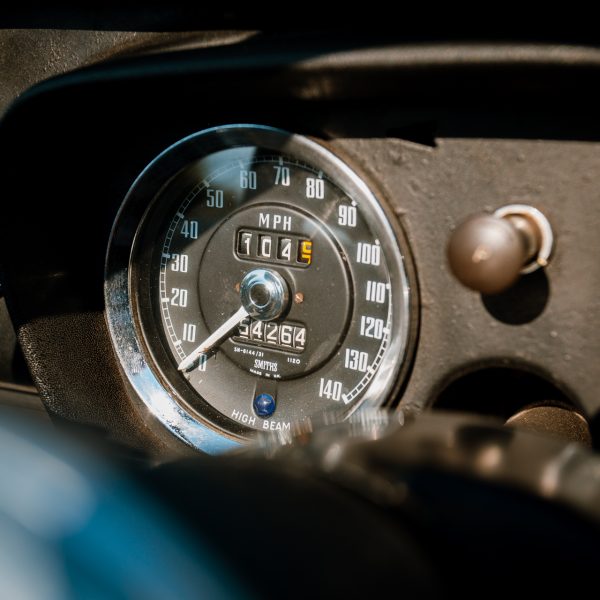
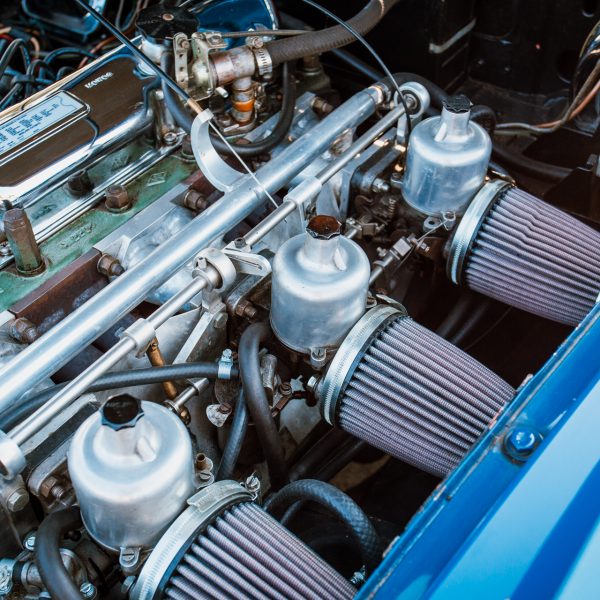

The history of the Jensen 541 is an interesting story that goes all the way back to 1953. Before the release of the 541, Jensen Motors predominantly used aluminium to make the bodywork of their Interceptors. Interestingly, the boot lid of the Jensen Interceptor though was made from fibreglass.
Fibreglass was not commonly used in car manufacturing at the time, so when Jensen released the 541 with a fibreglass body, it was actually the first European production car to be made in this way.
At Bridge Classic Cars, we have a wealth of experience in restoring classic Jensens. Considering only a few hundred 541s were made, we have had several come through our workshop and undergone restoration work with us.
Our classic car technicians work hard to make sure the restored cars are as close to the original specifications as possible. That’s why Alan has been doing some very special work to repair the fibreglass roof of our 1956 Jensen 541.
This type of work may not be seen in many other workshops so we had to take some photos of Alan at work as the restoration of this classic Jensen continues.
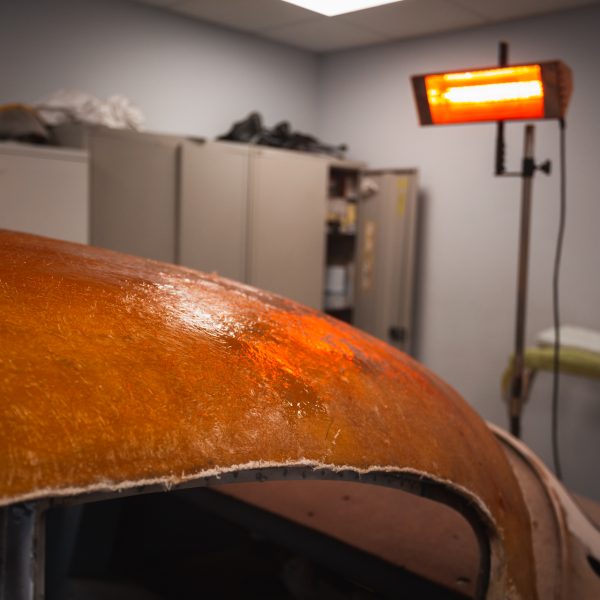


Our 1999 Rover BRM arrived at the Bridge Classic Cars Workshop with the incorrect aftermarket wheels fitted. After we were able to source a set of original BRM wheels, we sent them off to Wheelworx to be refurbished ready to be fitted onto the car.
The newly refurbished wheels have just arrived back at the workshop and they are looking just as good as we thought they would.
Having the original wheels will go a long way in bringing this classic car back to all of its former glory. We are really excited to see them on the car and we look forward to the first drive with a set of original wheels on this classic Rover.

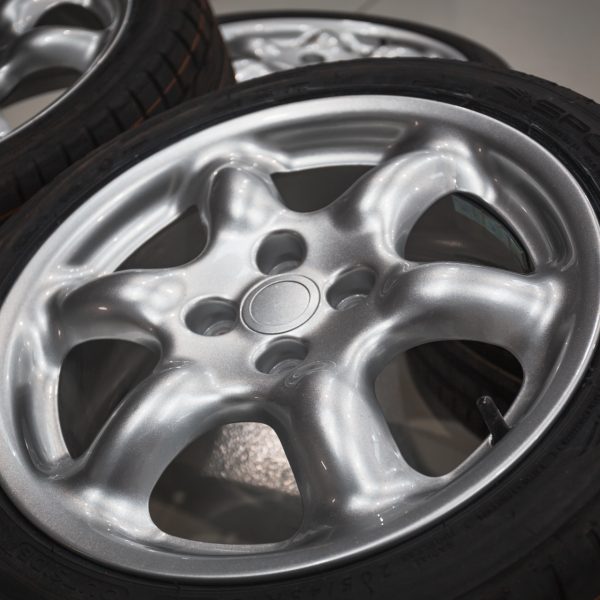
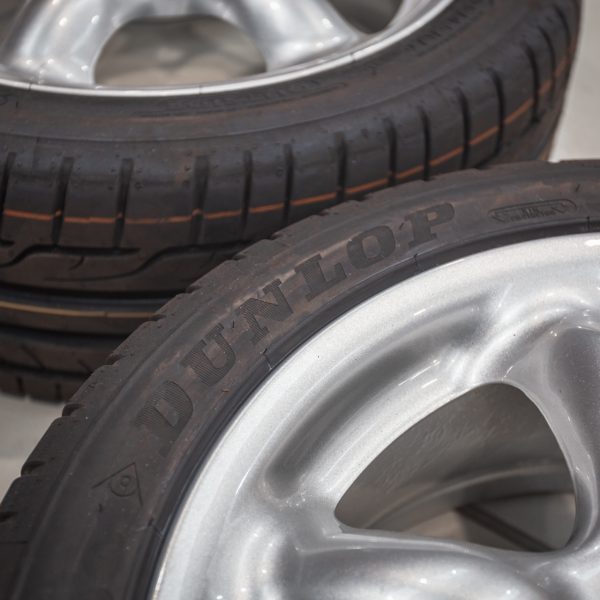

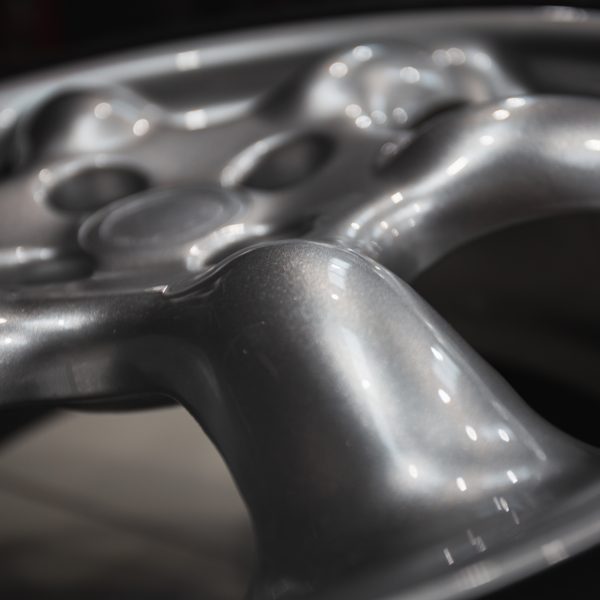
Our 1999 Vauxhall Omega has spent a bit of time in our workshop recently. During this time, the workshop team have discovered some rust issues that will need to be addressed.
Our classic car technicians will now put together a plan of how to best resolve the issues so we can get the car back out on the road.

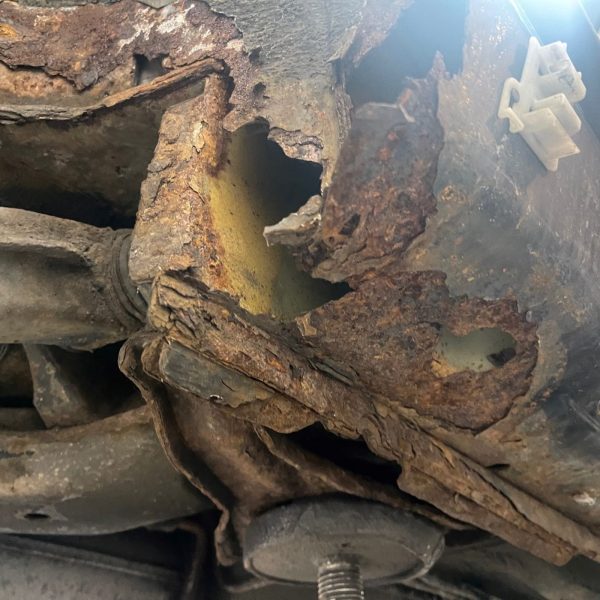
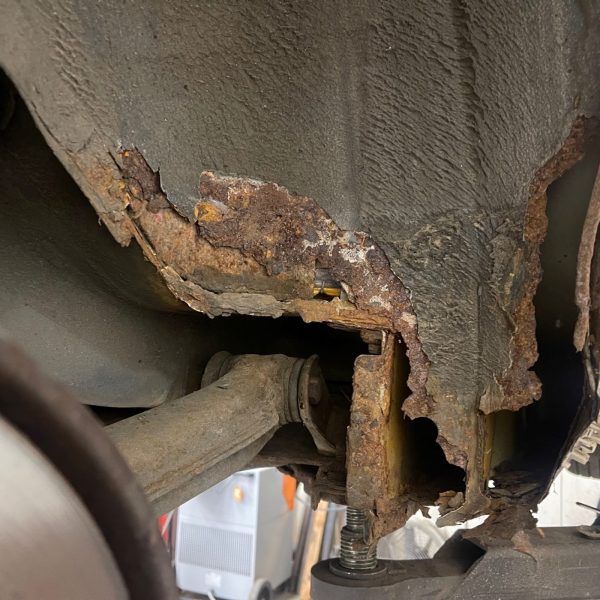

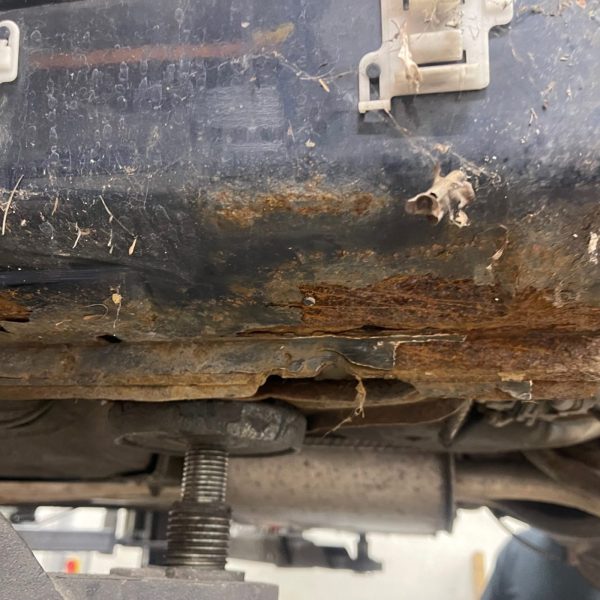
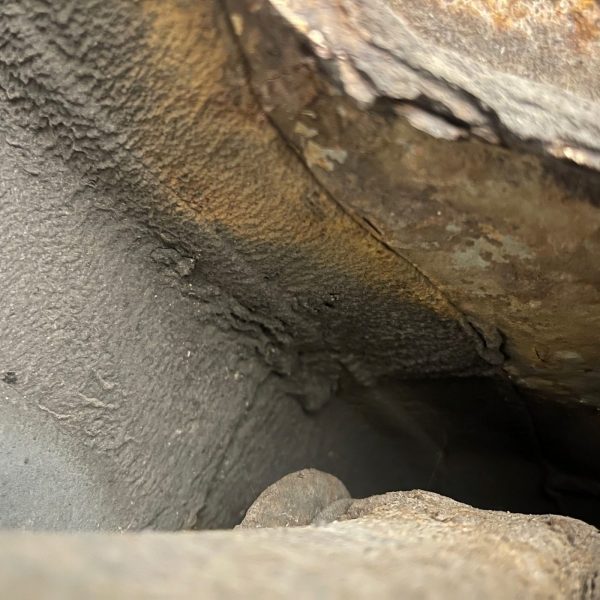
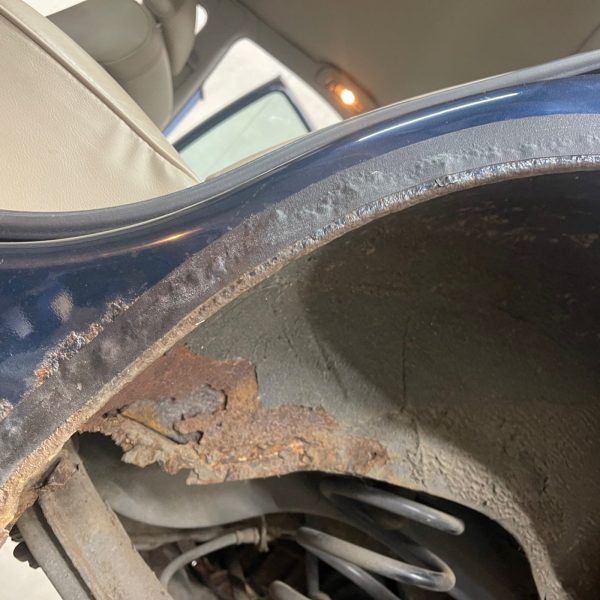
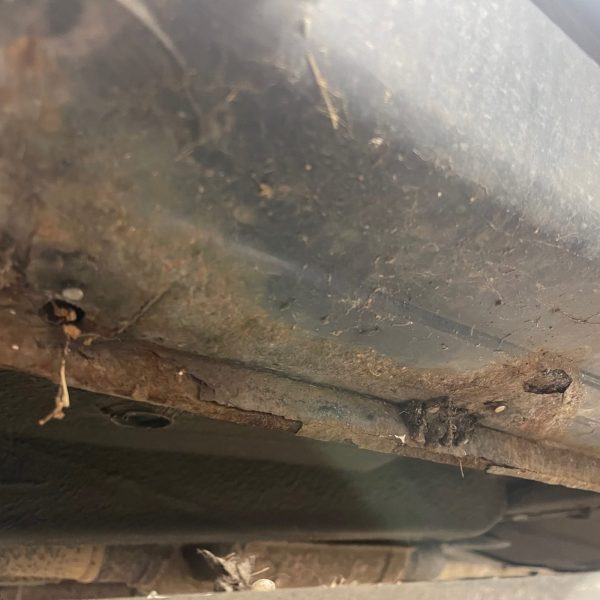

Classic car technician Paul has been making several different parts that will eventually be used on one of our Jensen restoration projects.
These include parts such as seat runners, bonnet supports, gutter trim, and door frames. All of these will go on to be further prepped before being installed in one of the cars.
Paul also tested Jensen heater box fans as well as cleaning them, painting them, and reassembling them.
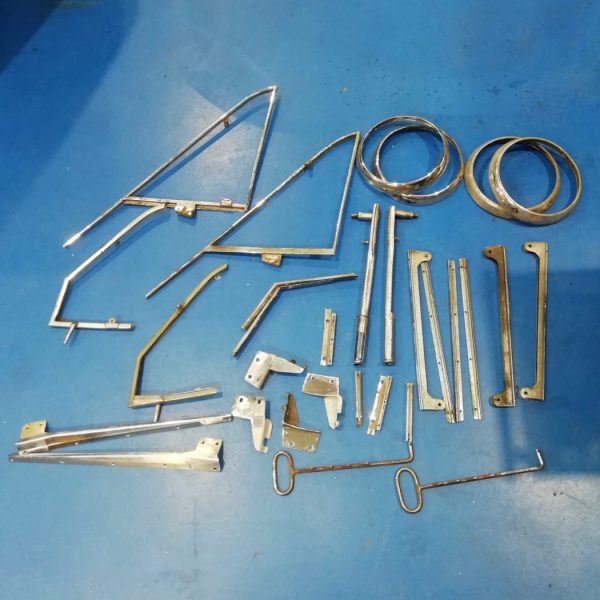
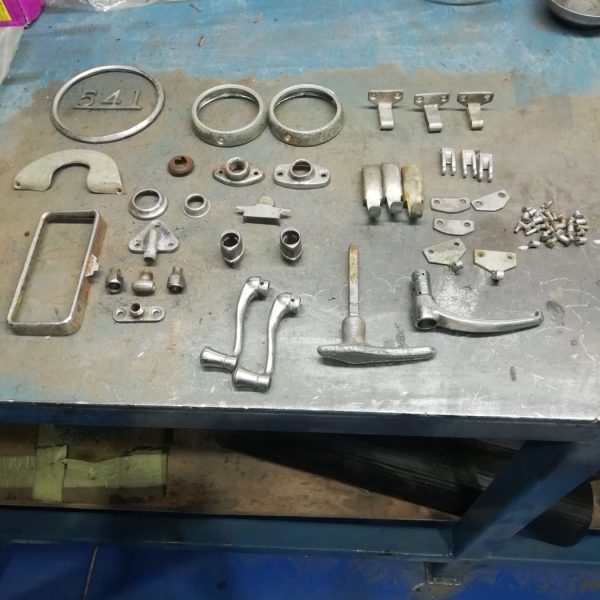
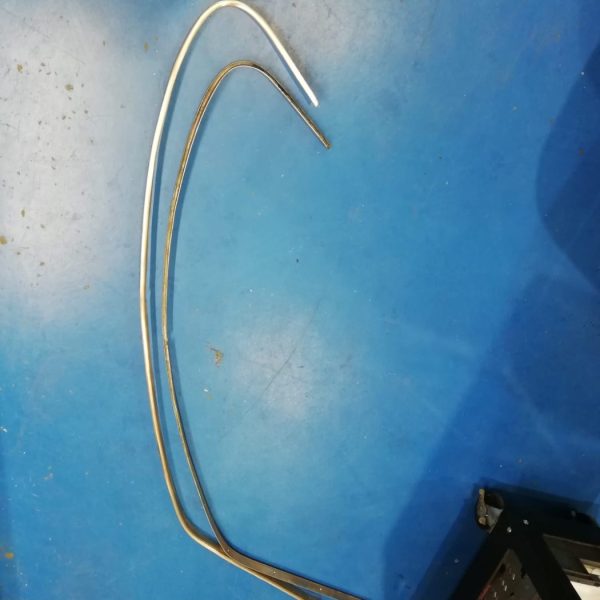
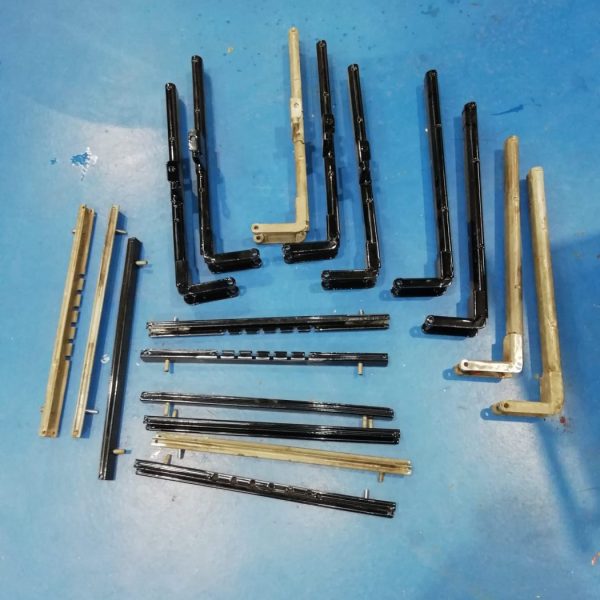
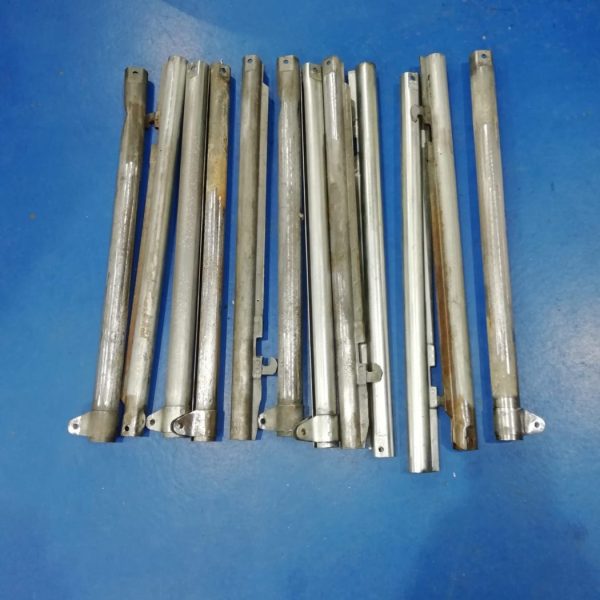

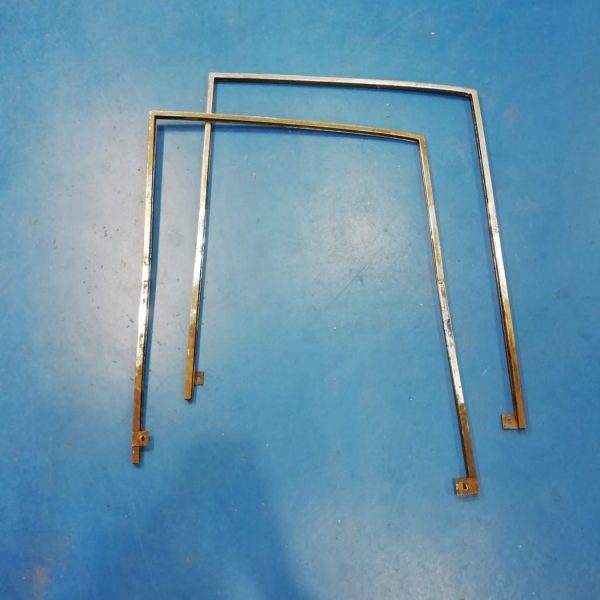
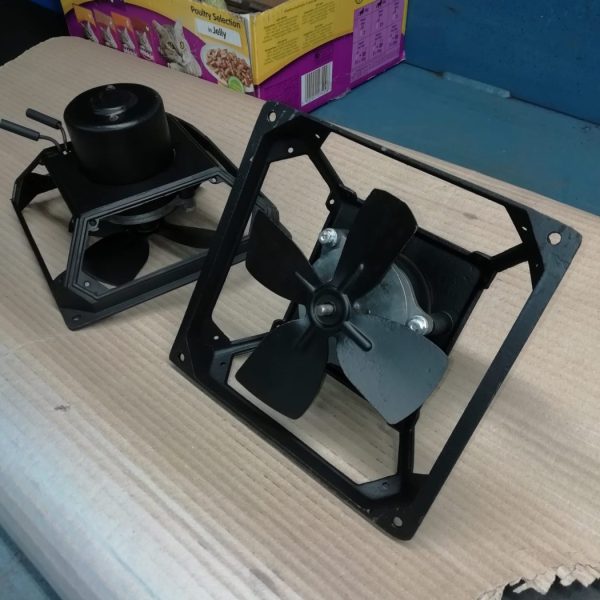
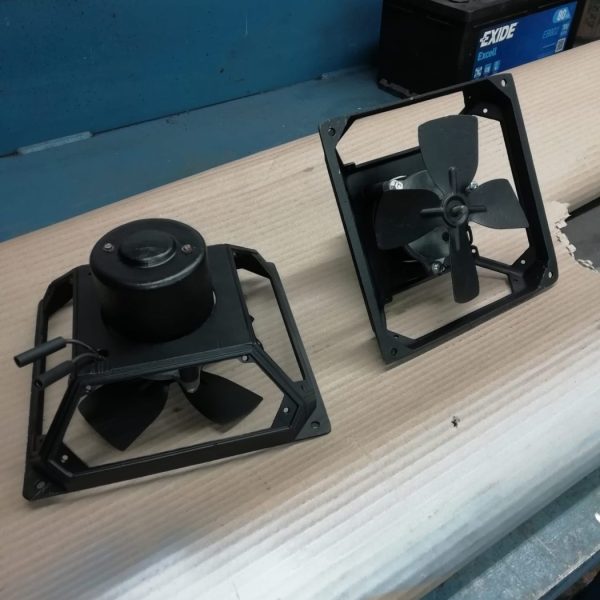
Brian and Lydia continue to work on the interior of our 1958 Jensen 541R.
Lydia has been busy covering the remaining door card as well as covering the back of the rear squab with black vinyl to give it a neater and more appealing look. She also covered the metal frame that Clinton made, which is the frame that will go in the middle of the rear seats.
Lydia then cut out the carpets for the footwell of the car before moving on to covering the metal for the air vent sliders.
The task Lydia is currently working on is spray painting the metal rails that the air vent sliders will go on.
Meanwhile, Brian has been making new rear cappings, and glueing foam to the cappings before covering them in vinyl.
He also cut the strip of wood that went on to be screwed to the body of the car so the cappings could be attached. Brian then installed the door panels as well as making the patterns for the footwell sound deadening and carpets.
Brian also fitted the door panels before fitting the carpet and sound deadening he made the patterns for earlier.
One extra job that Brian did was to add wood ends to the ceiling pad to make it fit perfectly.
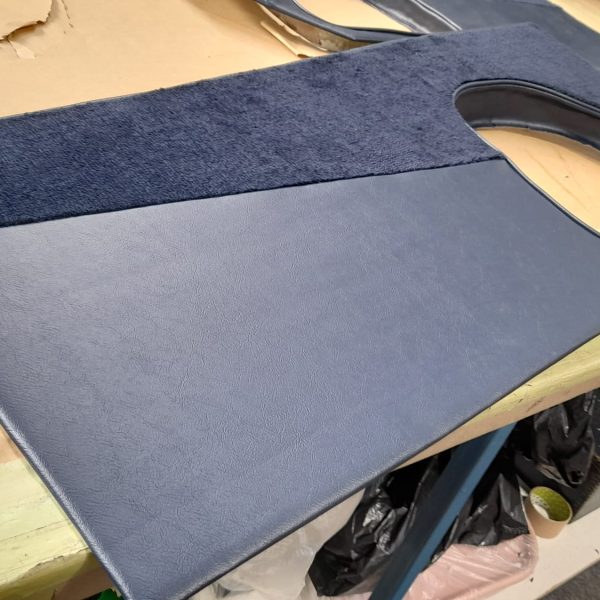
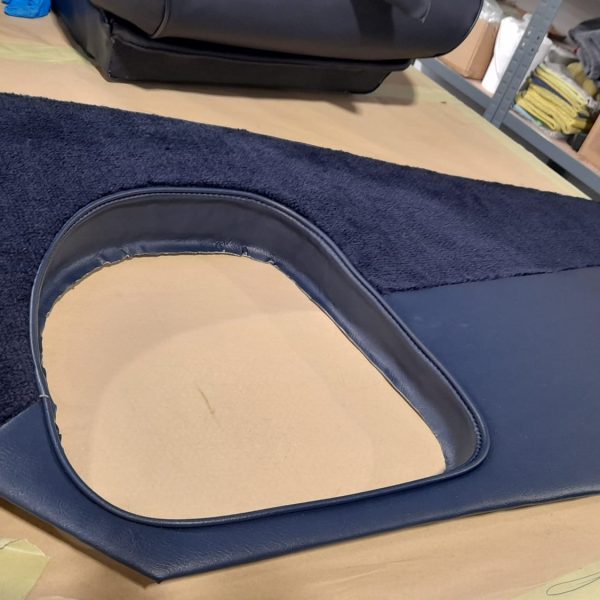
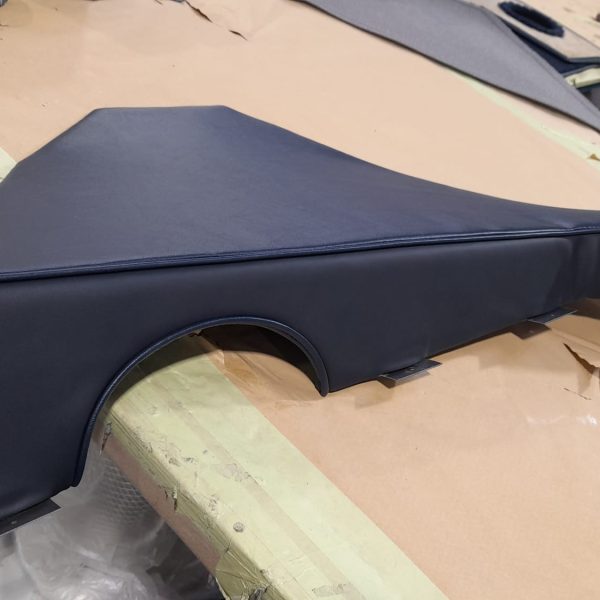

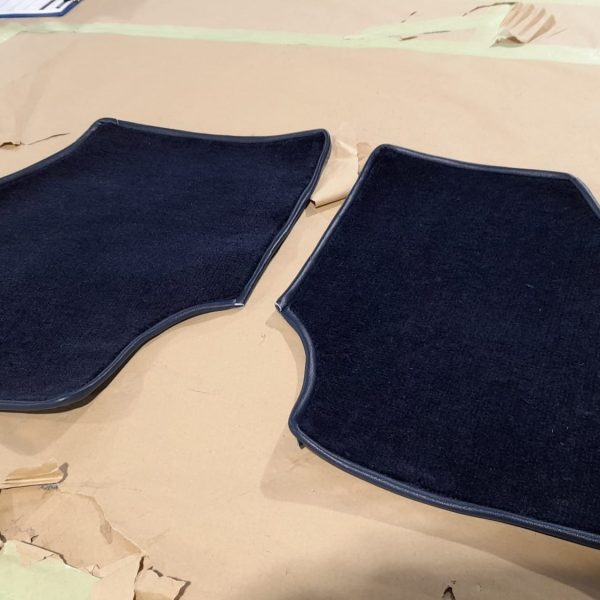
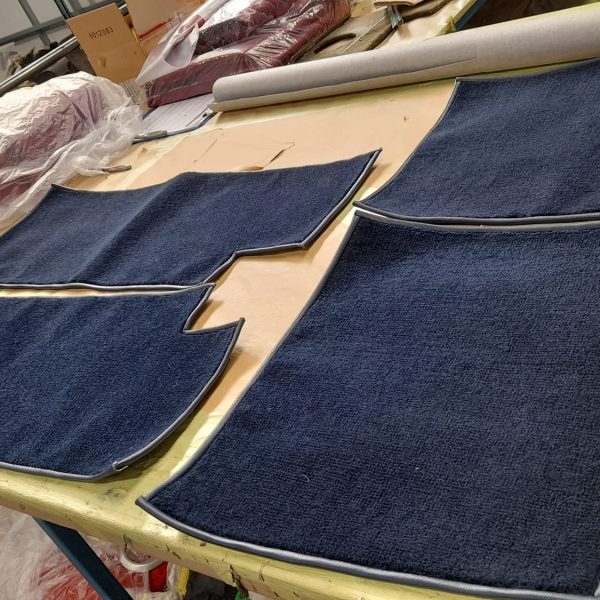

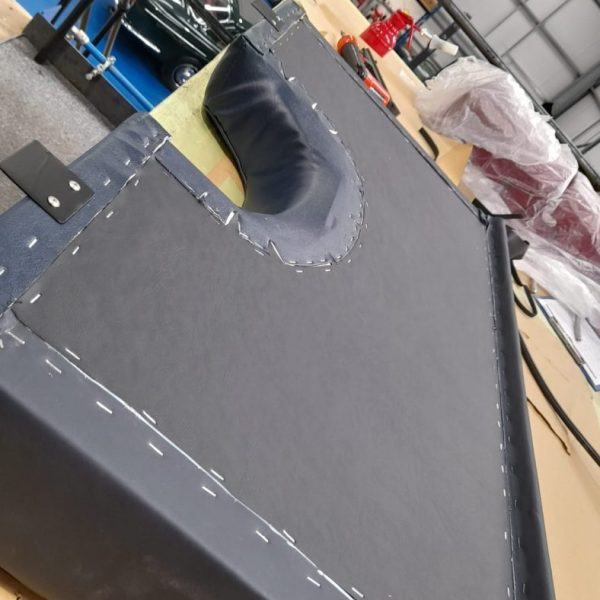

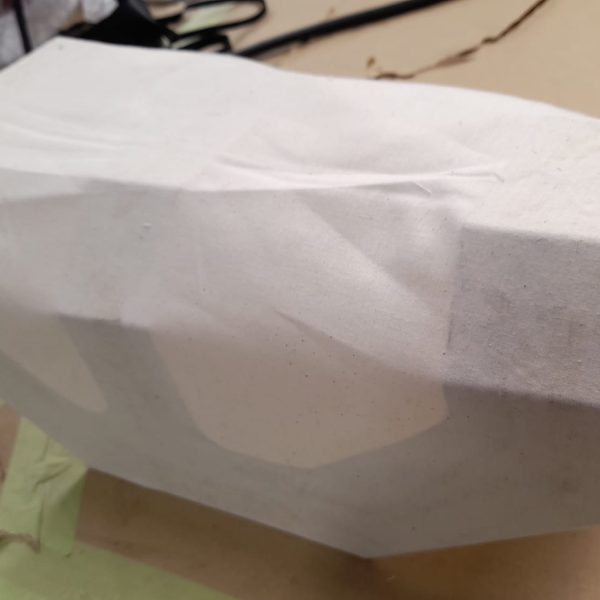
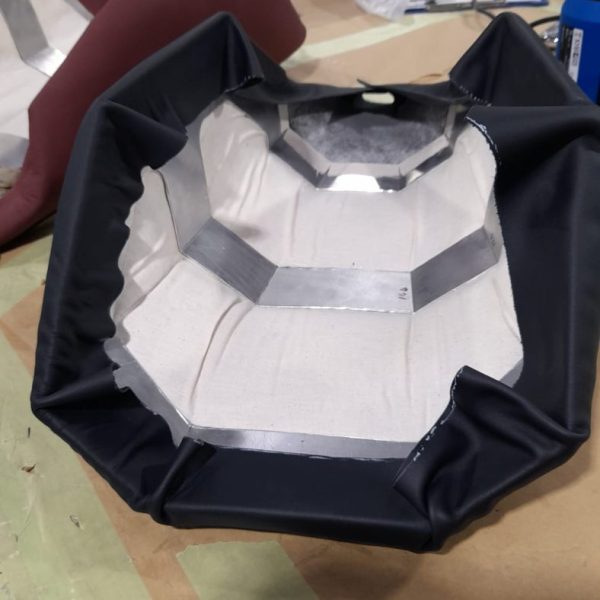


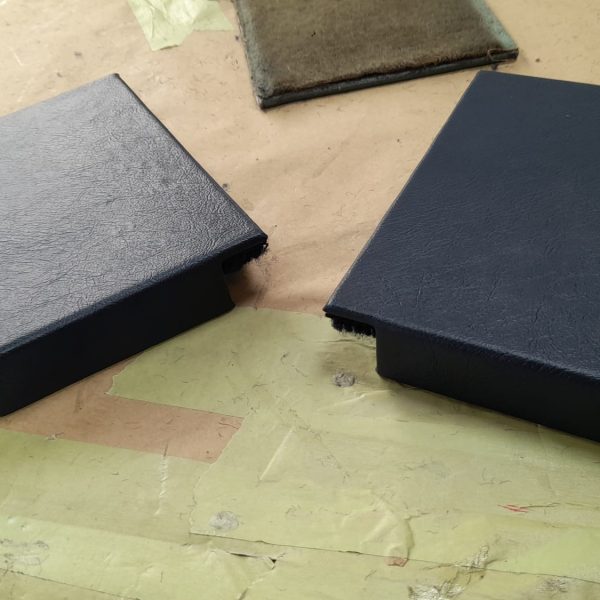
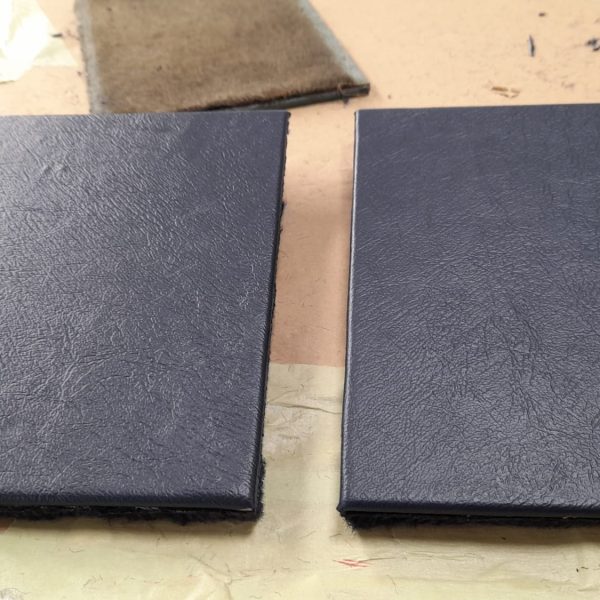
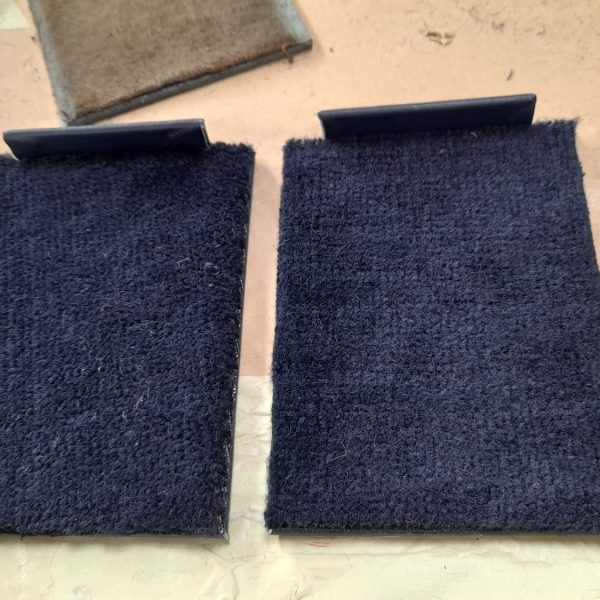
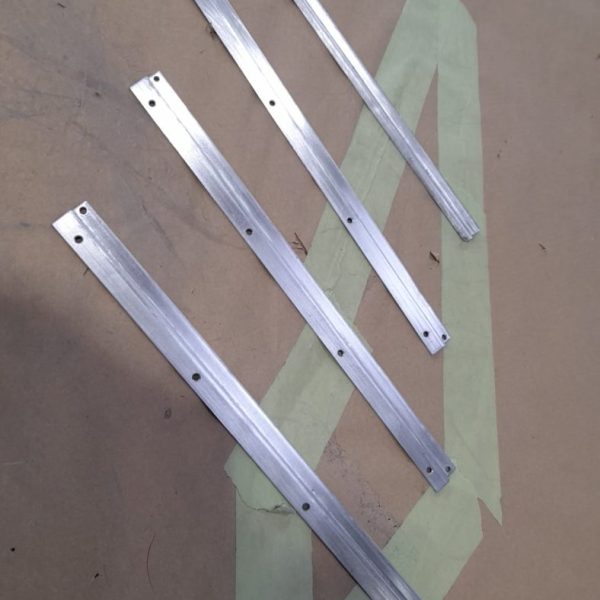
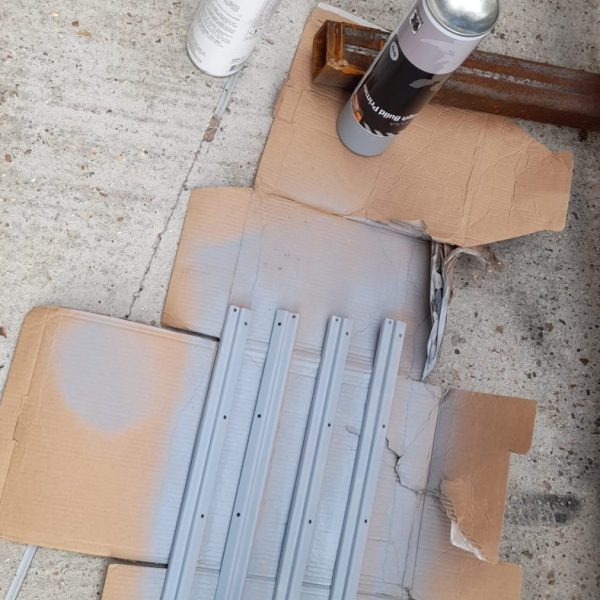


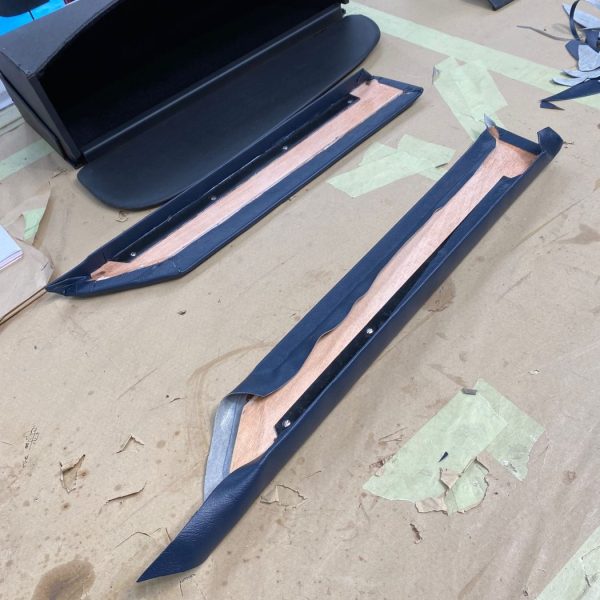

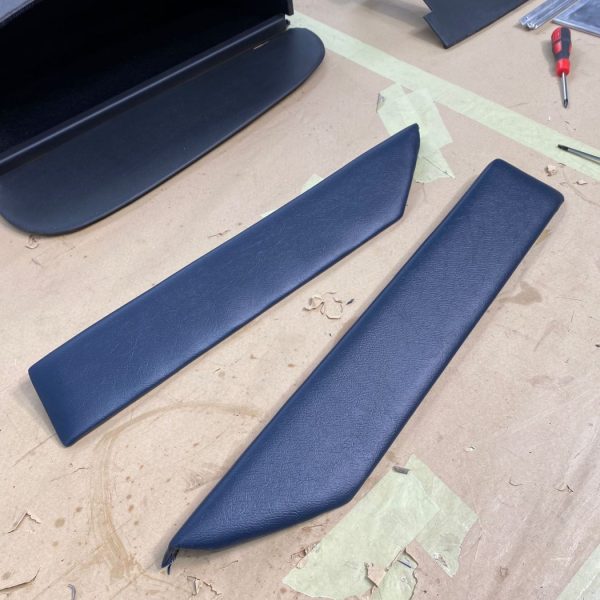
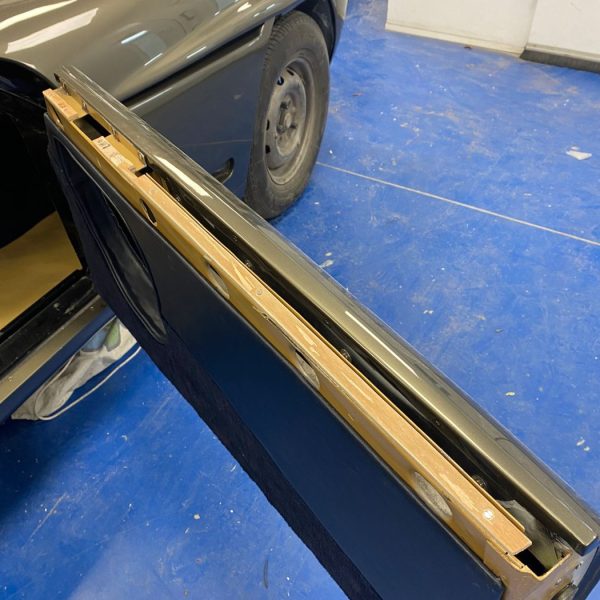
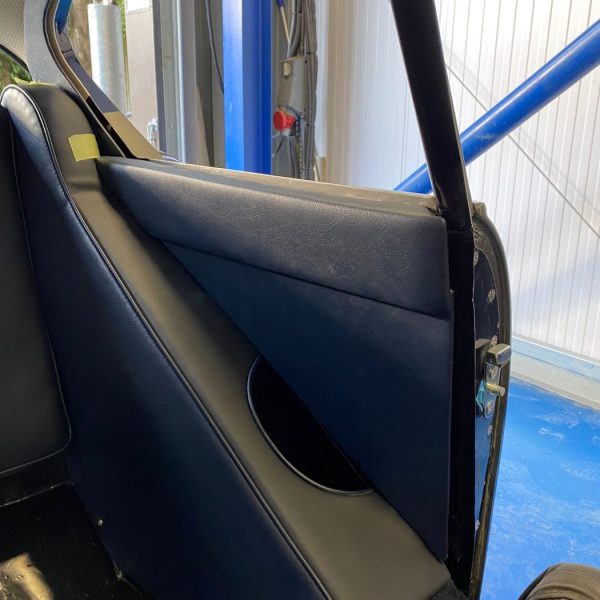


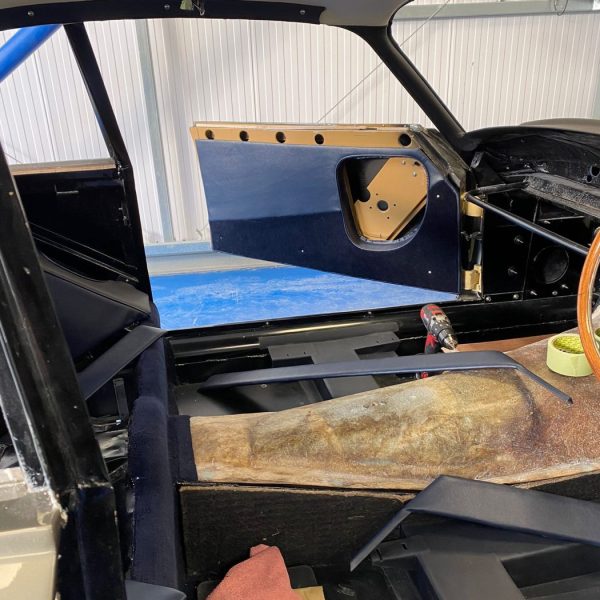

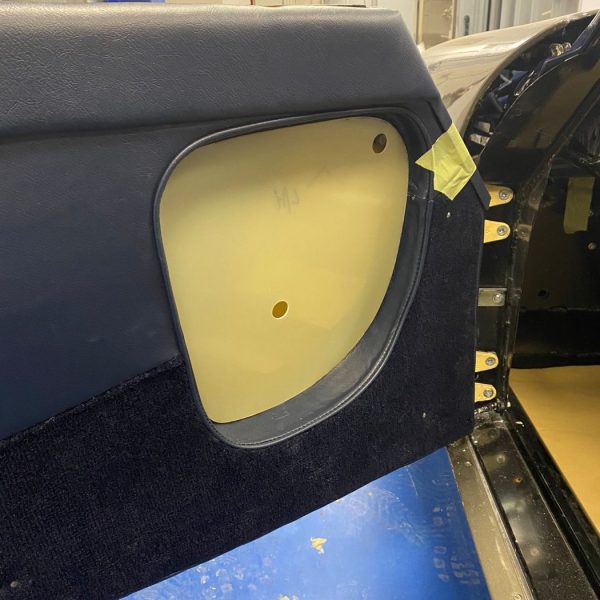
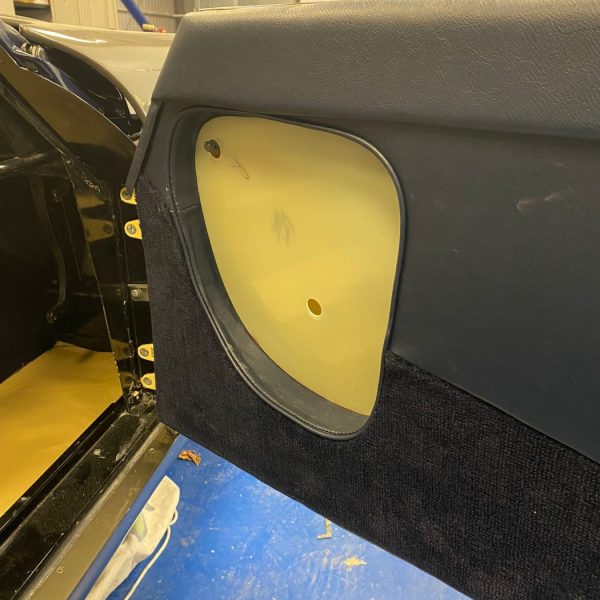


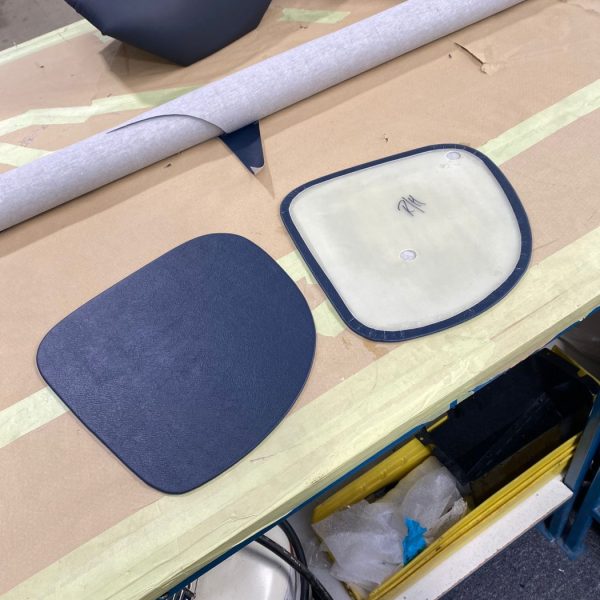
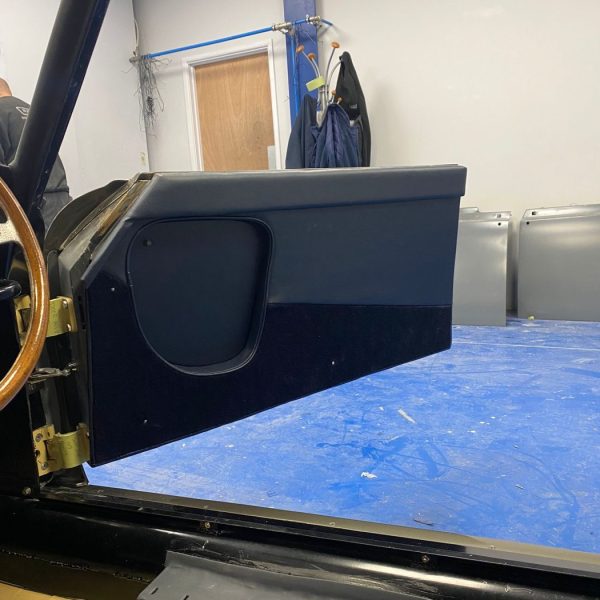
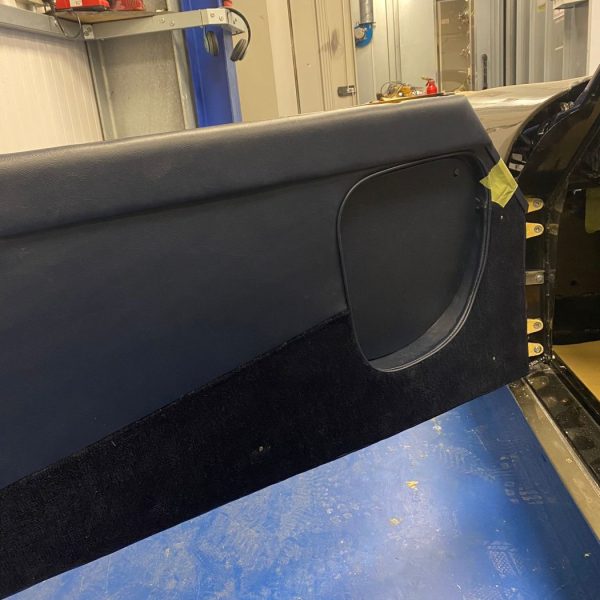

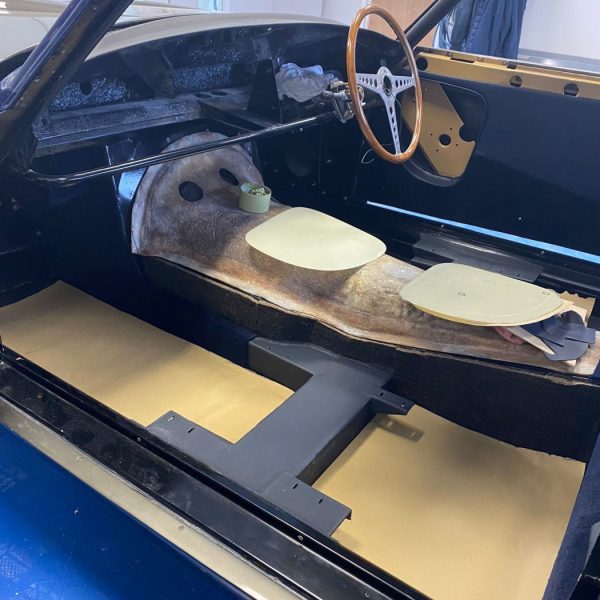
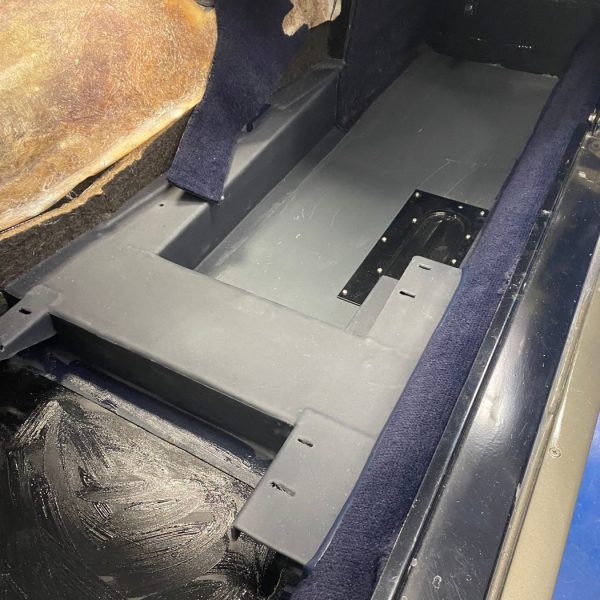
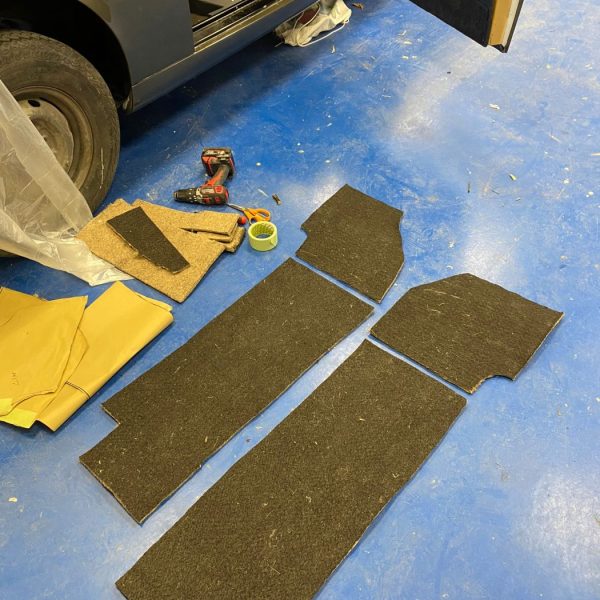
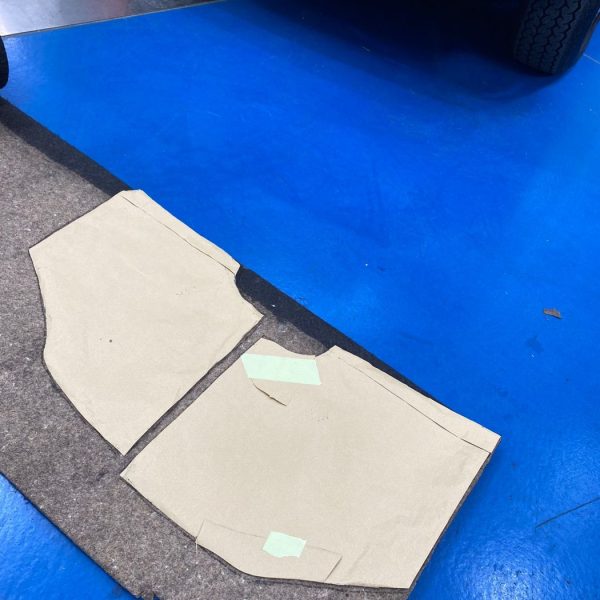
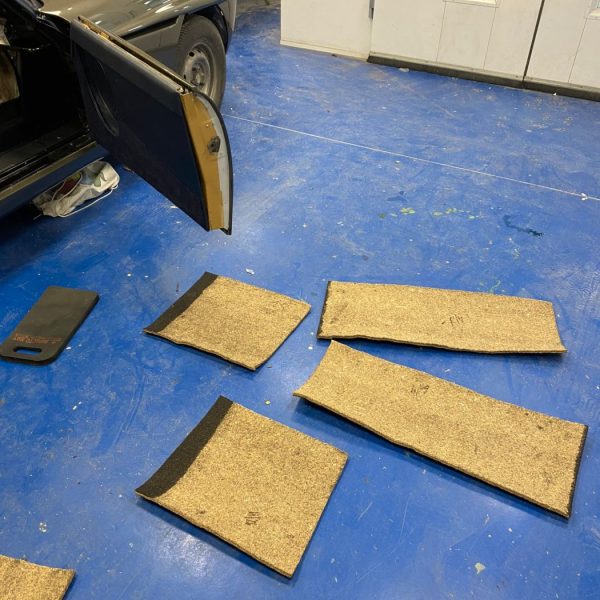
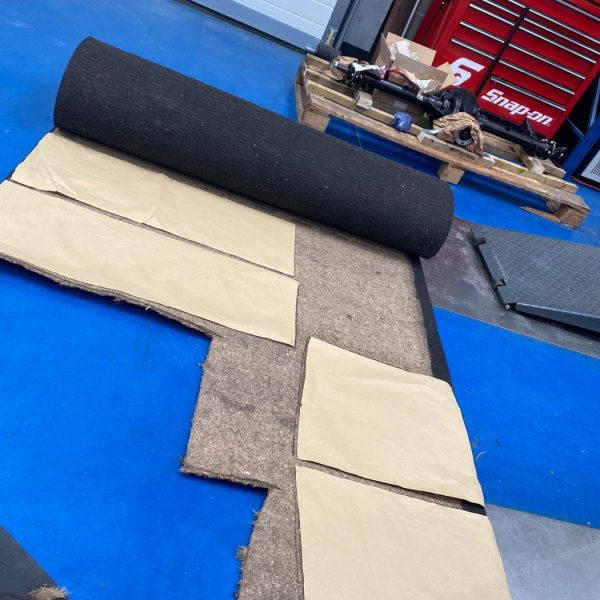

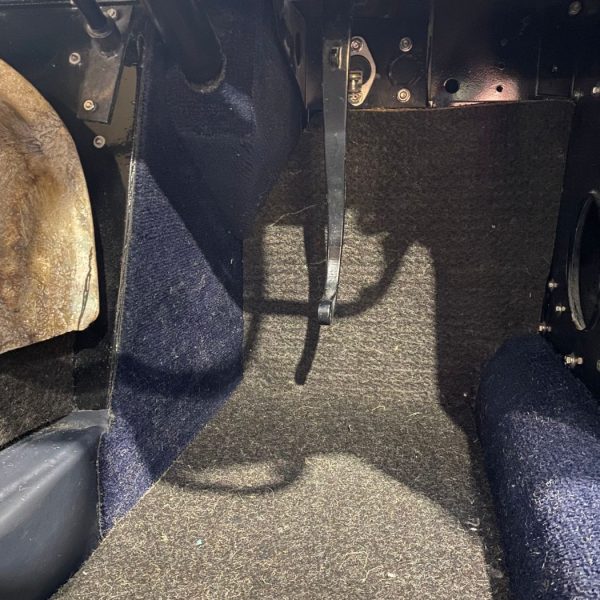
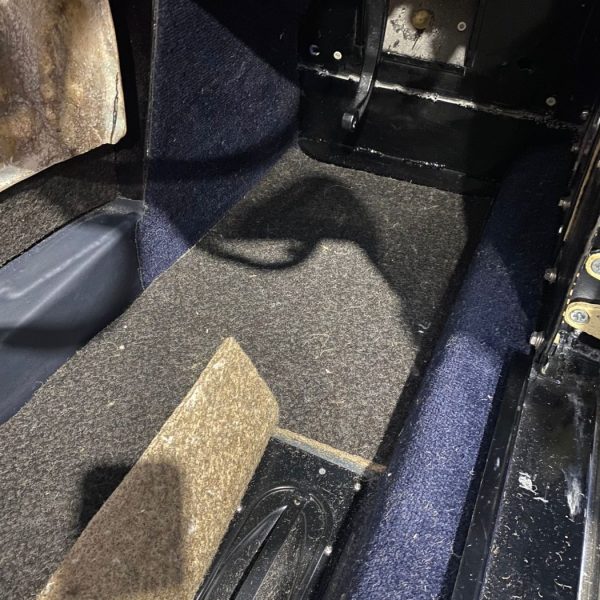

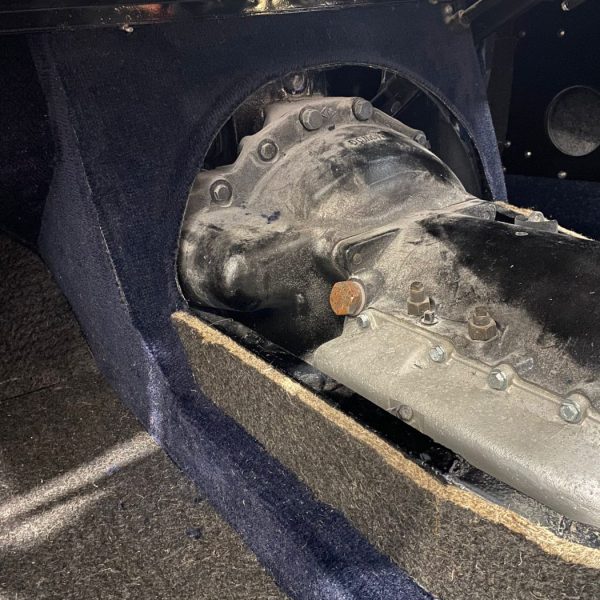
Back in April, our 1990 Porsche 944 Turbo was won by Lee Brown.
As much as he enjoyed owning the car, he decided something a bit more practical would be better suited to him and his family. Luckily for you, we loved the car so much that we now have it back with us.
It has gone through a thorough inspection and assessment with our workshop team and they have given it a clean bill of health.
That’s why it is now available for you to win one more time. It is extremely rare that a car becomes available to win for a second time so, if you didn’t win in April, you’ve got one more chance to win it now.
If you want to be the new owner of our 1990 Porsche 944 Turbo, head over to Bridge Classic Car Competitions where you can find all the information you need.

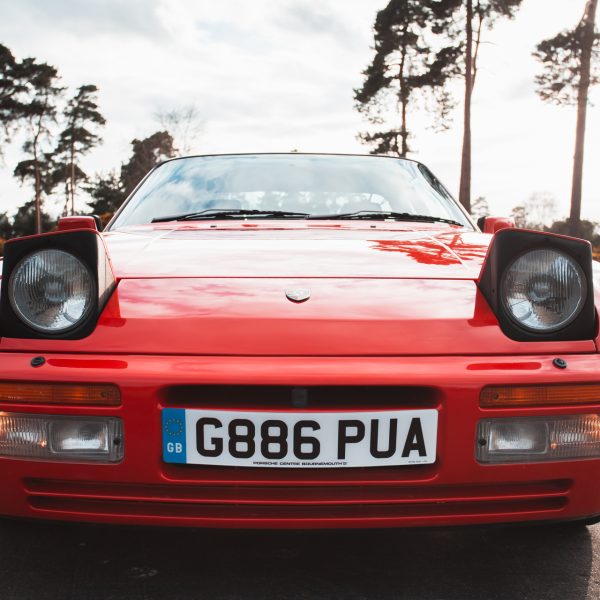
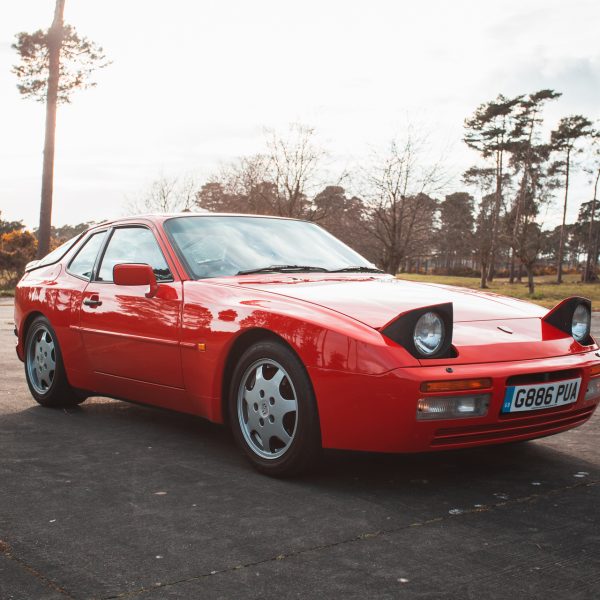

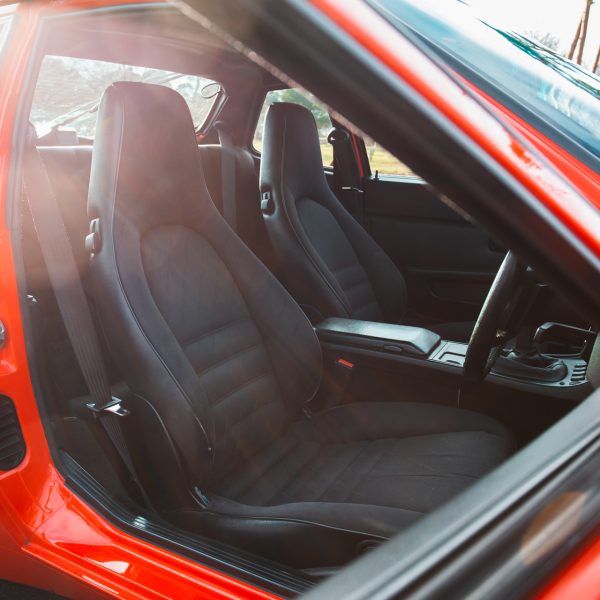
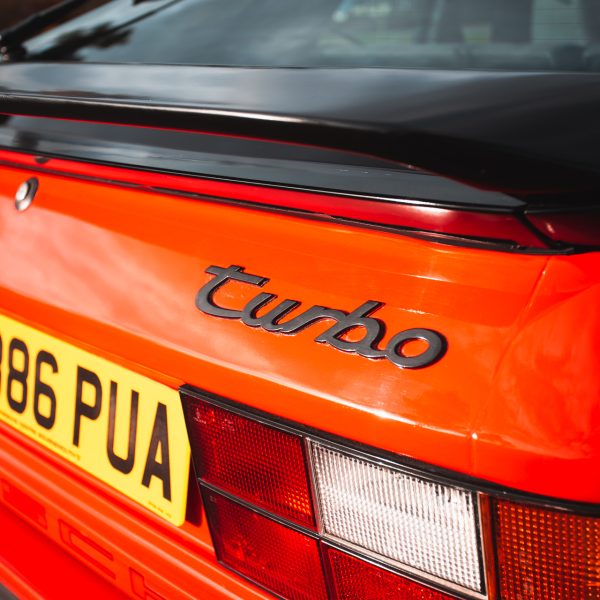

The Jensen 541 was a car produced by Jensen Motors. Each one of these cars has an individual story to tell, but the story of the Jensen 541, in general, is one that many car enthusiasts should be keen to hear.
If you want to know more about these truly iconic classic cars, then this brief history of the Jensen 541 can give you a good idea of how special (and rare) these cars really are.
At the Earls Court Motor Show of 1953, the Jensen 541 was shown to the public for the very first time. It would be another eight months before production properly started but, this was the date when the world was officially introduced to the 541.
Up until the 541, Jensen had mostly been using aluminium for the bodywork of their Interceptors (there were restrictions on the use of steel still in place as the world recovered from the second world war). When it came to making the boot lids of the Interceptors though, Jensen played around with a new material of the time – fibreglass.
When working on the idea for the 541, Jensen wanted to do something big, so they decided to make a lot more of the car from this new wonder material.
In June of 1954, production of the Jensen 541 began. At the time, you could buy your very own 541 for £2146.
A little over 2 years after production of the 541 began, the 541 Deluxe was introduced. As this was a more luxurious car that featured all disc brakes, the price of the car increased to £2626.
Only 53 Jensen 541 Deluxes were made in total.
A year later, the 541R was introduced. When first released, these were fitted with Austin Princess (DS7) twin-carb engines, and an overdrive gearbox. The price tag for a 541R, at the time, was £2866.
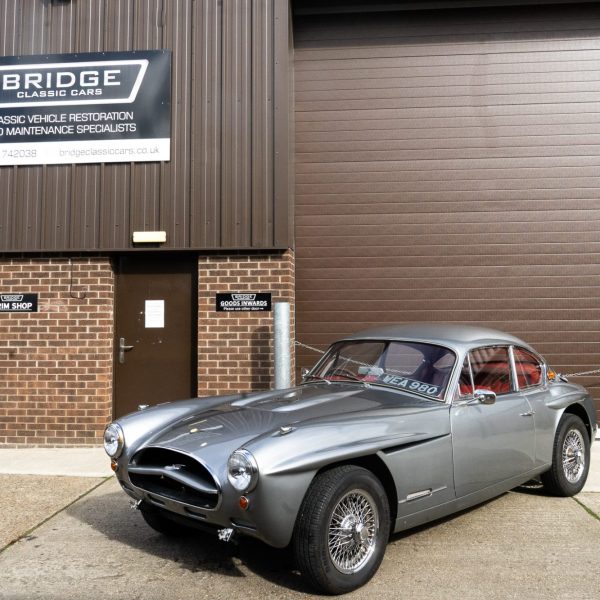
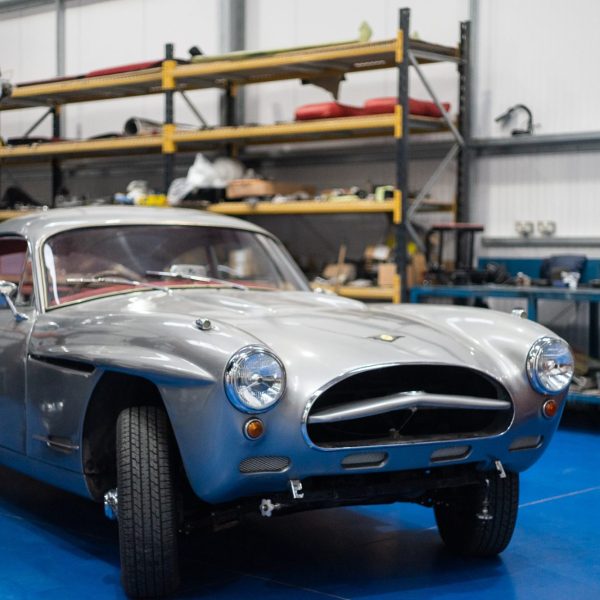
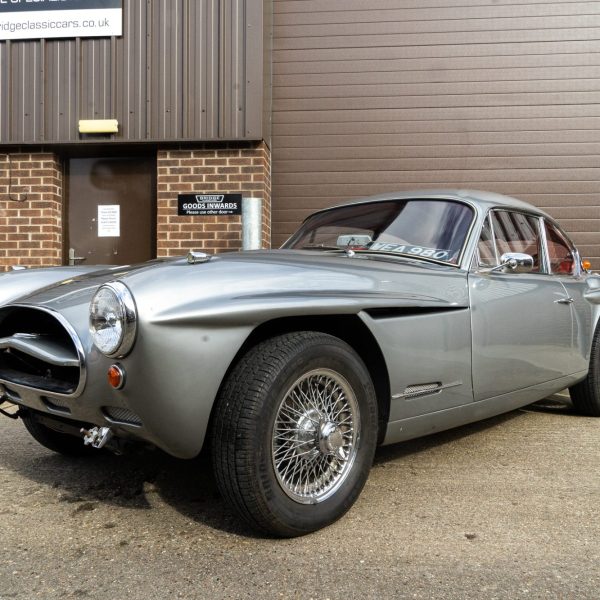
At the beginning of 1958, the very last Jensen 541 was made.
Two years later, the Jensen 541R was pulled from production too. At this point, less than 200 541Rs had been made. Jensen had now moved on to the Jensen 541S which had a larger interior, and automatic transmission as standard. Due to these upgrades, the 541S cost £3195.
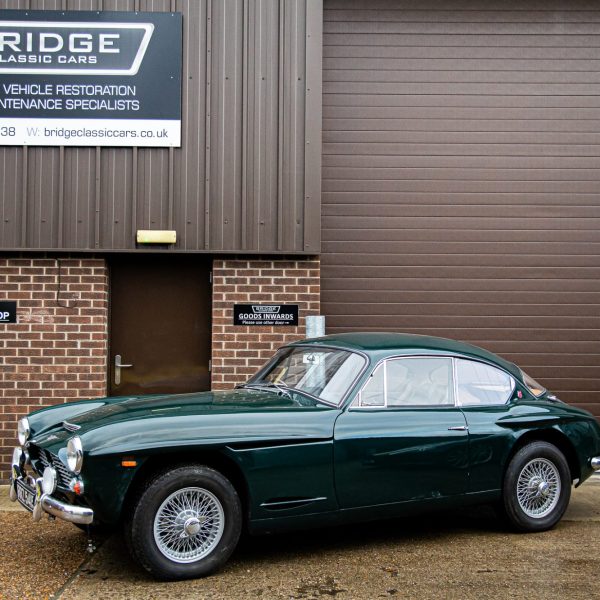
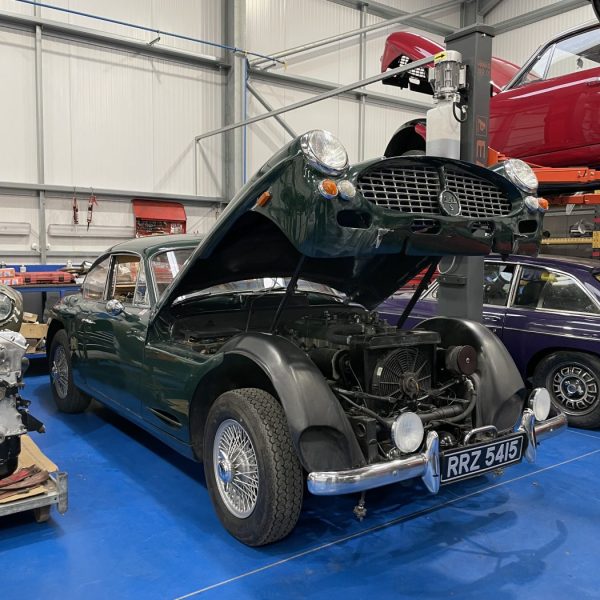

At the beginning of 1963, production of the Jensen 541S ended. Less than 150 had been made before being replaced by the Jensen CV-8 which had been introduced the previous year (1962).
Jensens have had a strong presence in the Bridge Classic Cars workshop for a long time. Our team of classic car technicians have restored multiple 541s and some of our current projects include a few more too.
Considering only a few hundred of these classic cars were made, we love seeing them in the workshop. We love working on them, and we love getting them back on the road for everyone to enjoy.
Our new 1972 Rover 4500S has arrived at the Bridge Classic Cars workshop.
From the photos we had seen, and from talking to the previous owner, we knew that it would be a beautiful car to look at. We were surprised at just how good it actually looks face-to-face though.
The new addition will be inspected and assessed by our team of classic car technicians. For now, it looks like it might have found a place in our own personal collection, but, whatever happens, the future is looking bright for this beautiful classic car.
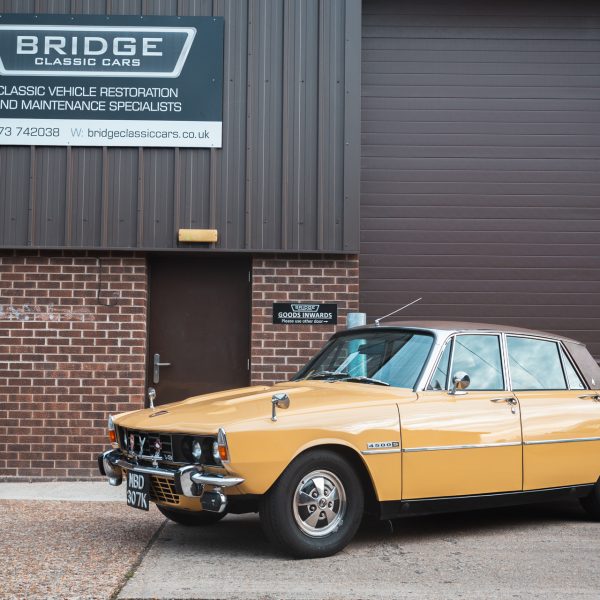
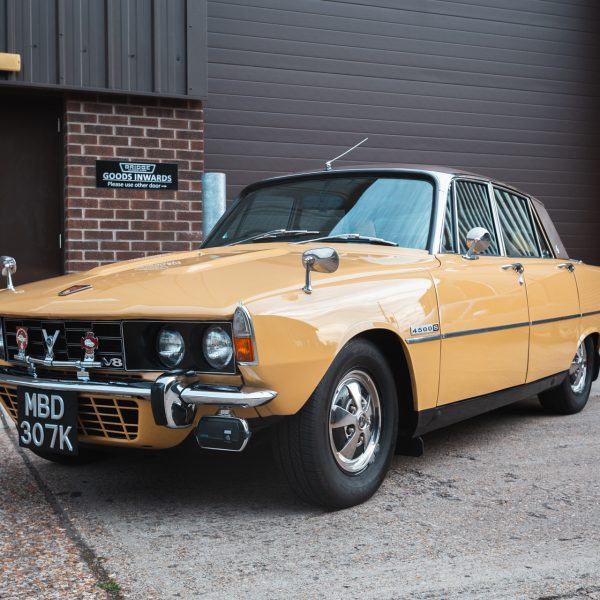

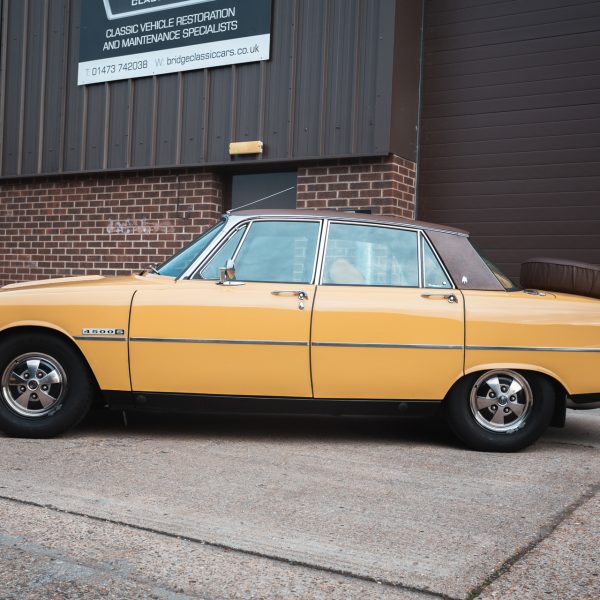
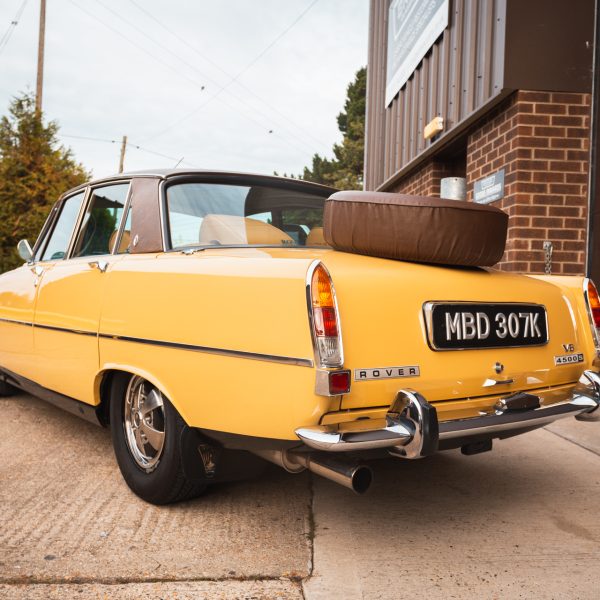
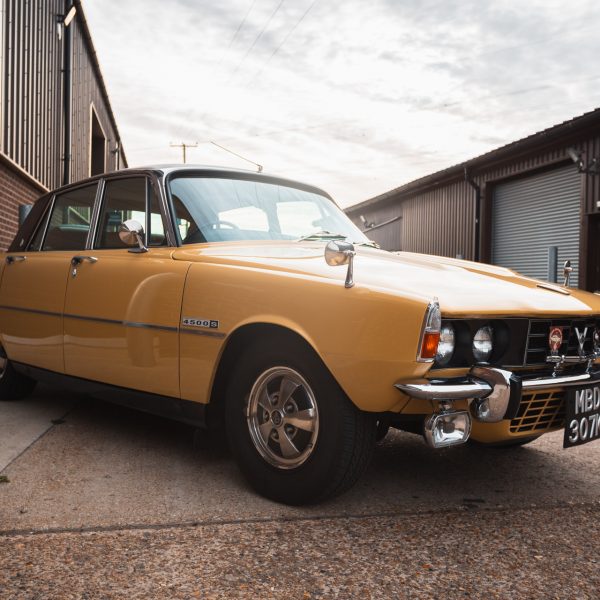

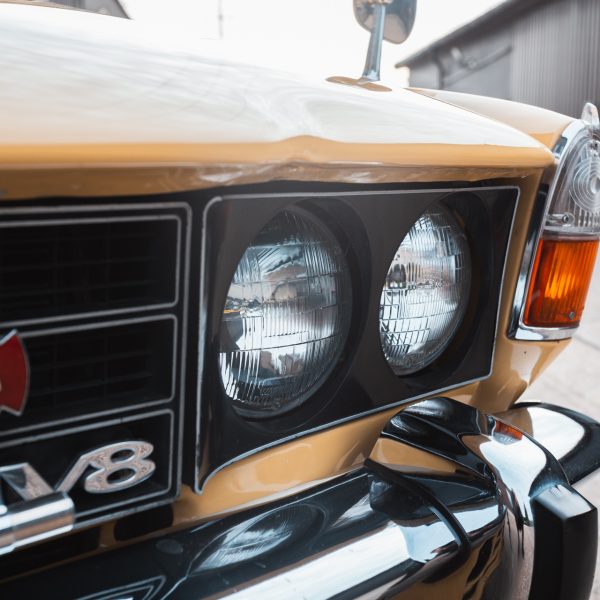


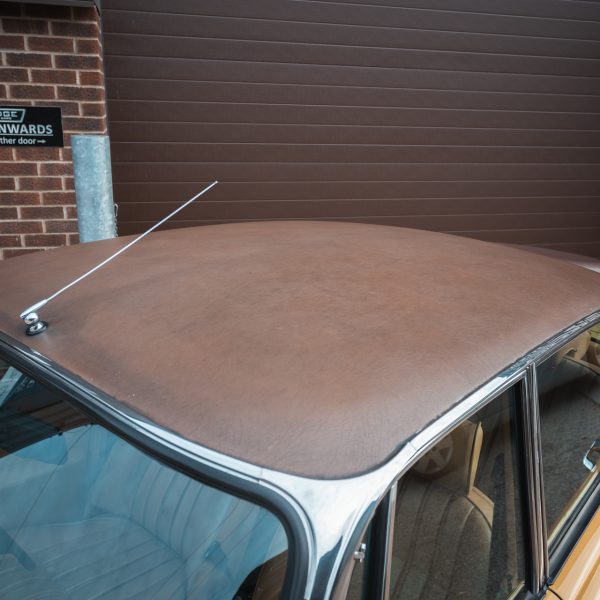
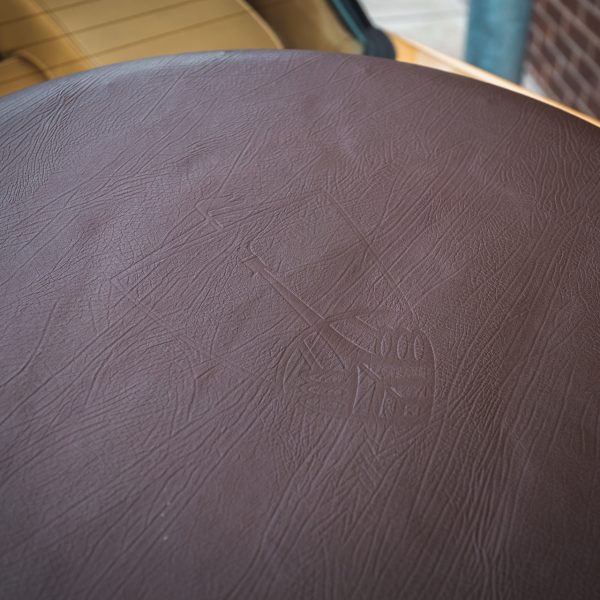
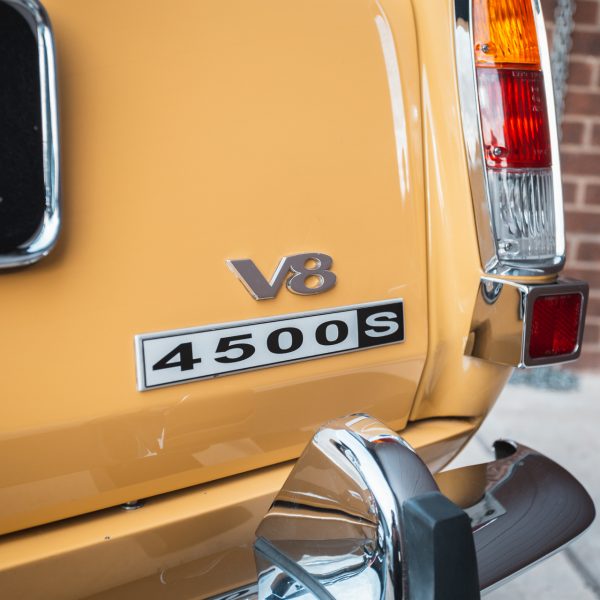
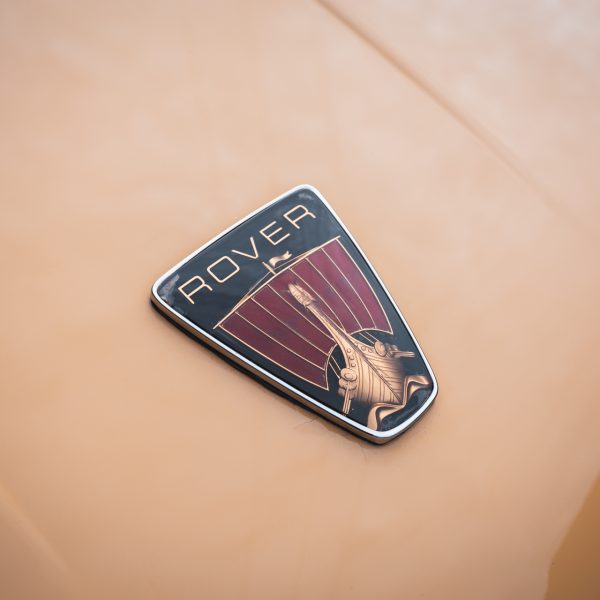
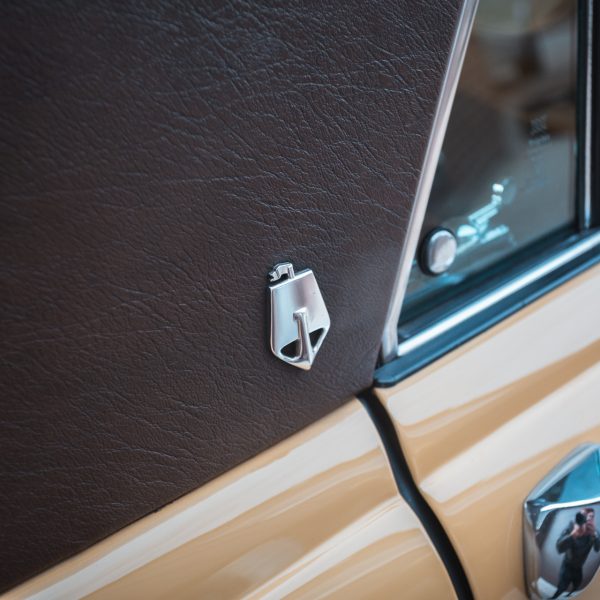
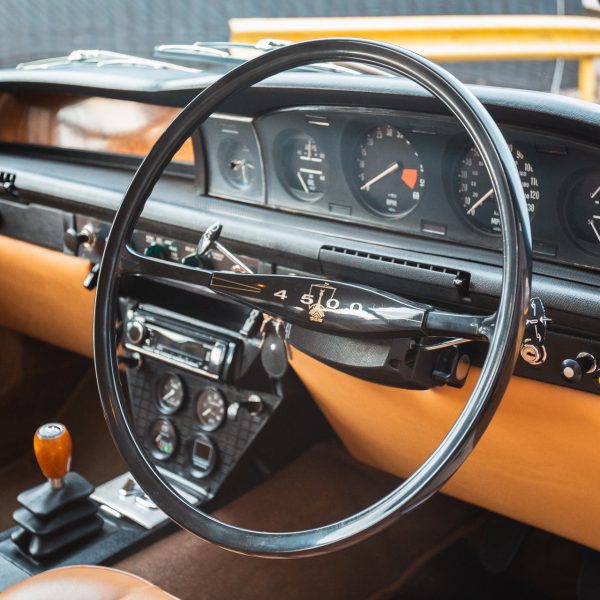

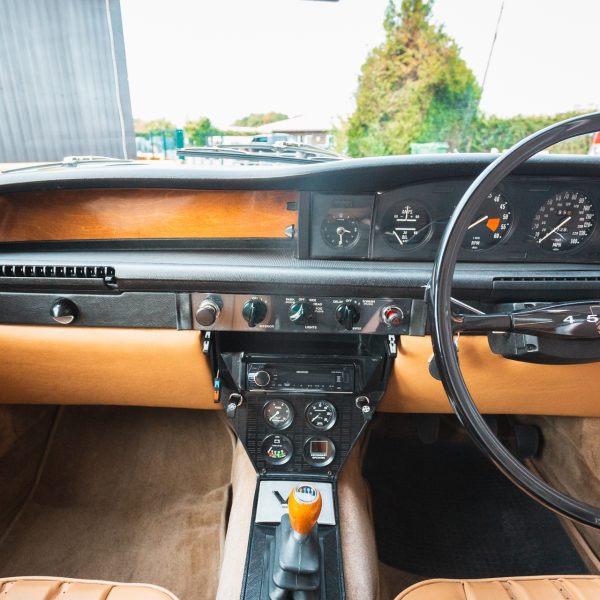
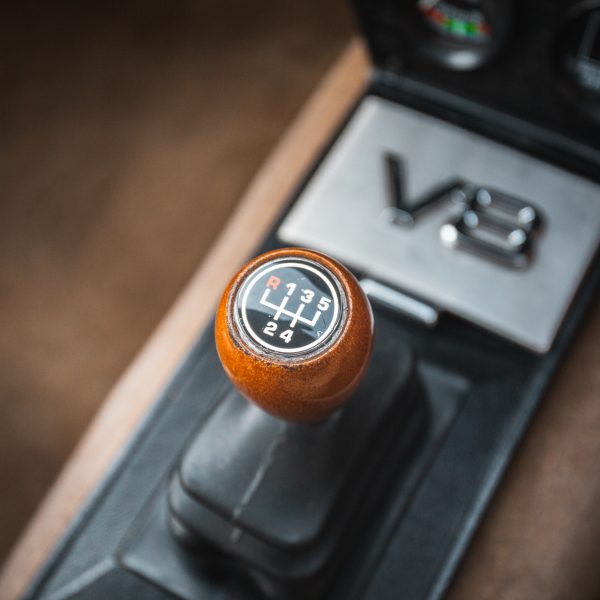
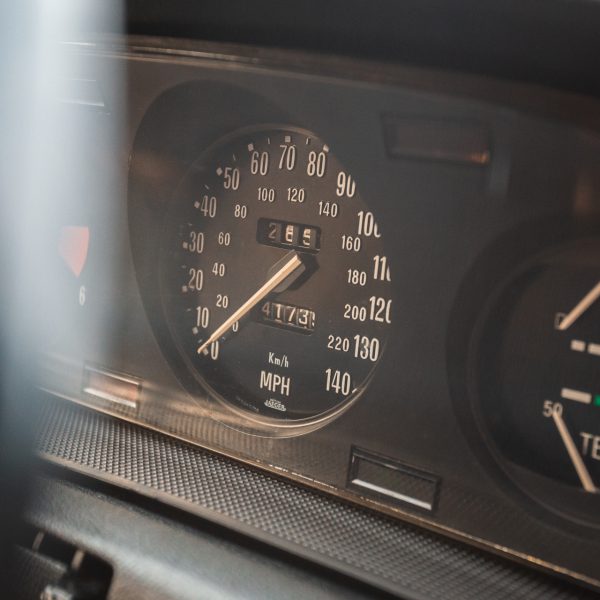
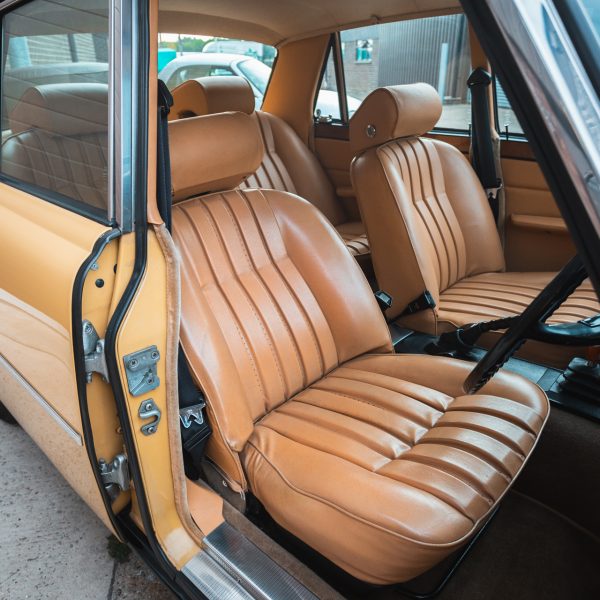

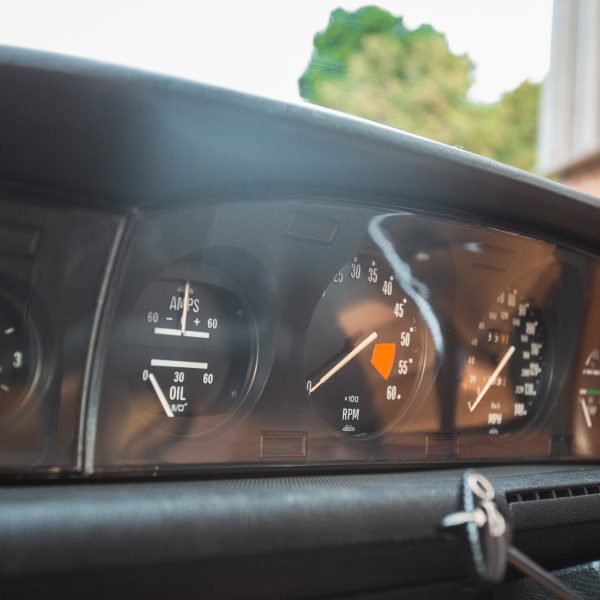

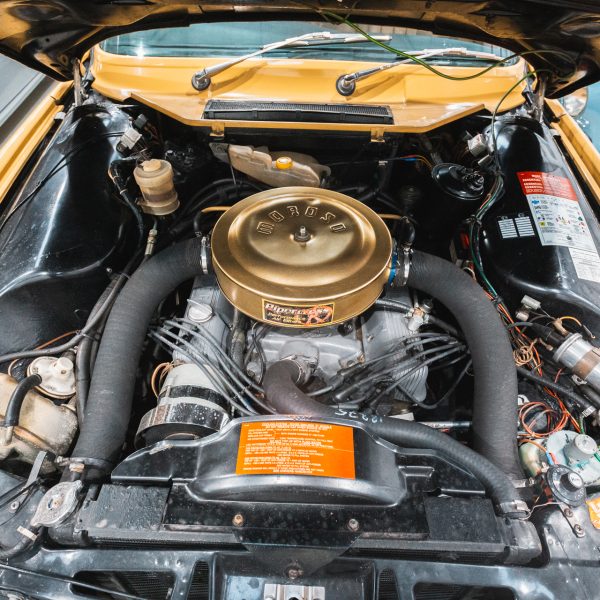

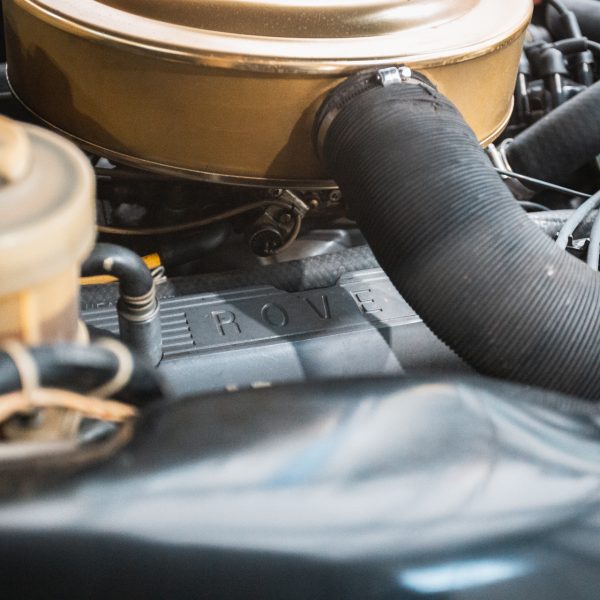
Bridge Classic Cars are award winning Classic Car Restoration and Maintenance specialists. Your pride and joy is in safe hands with our expert Classic Car Technicians. Take a look at our awards here.